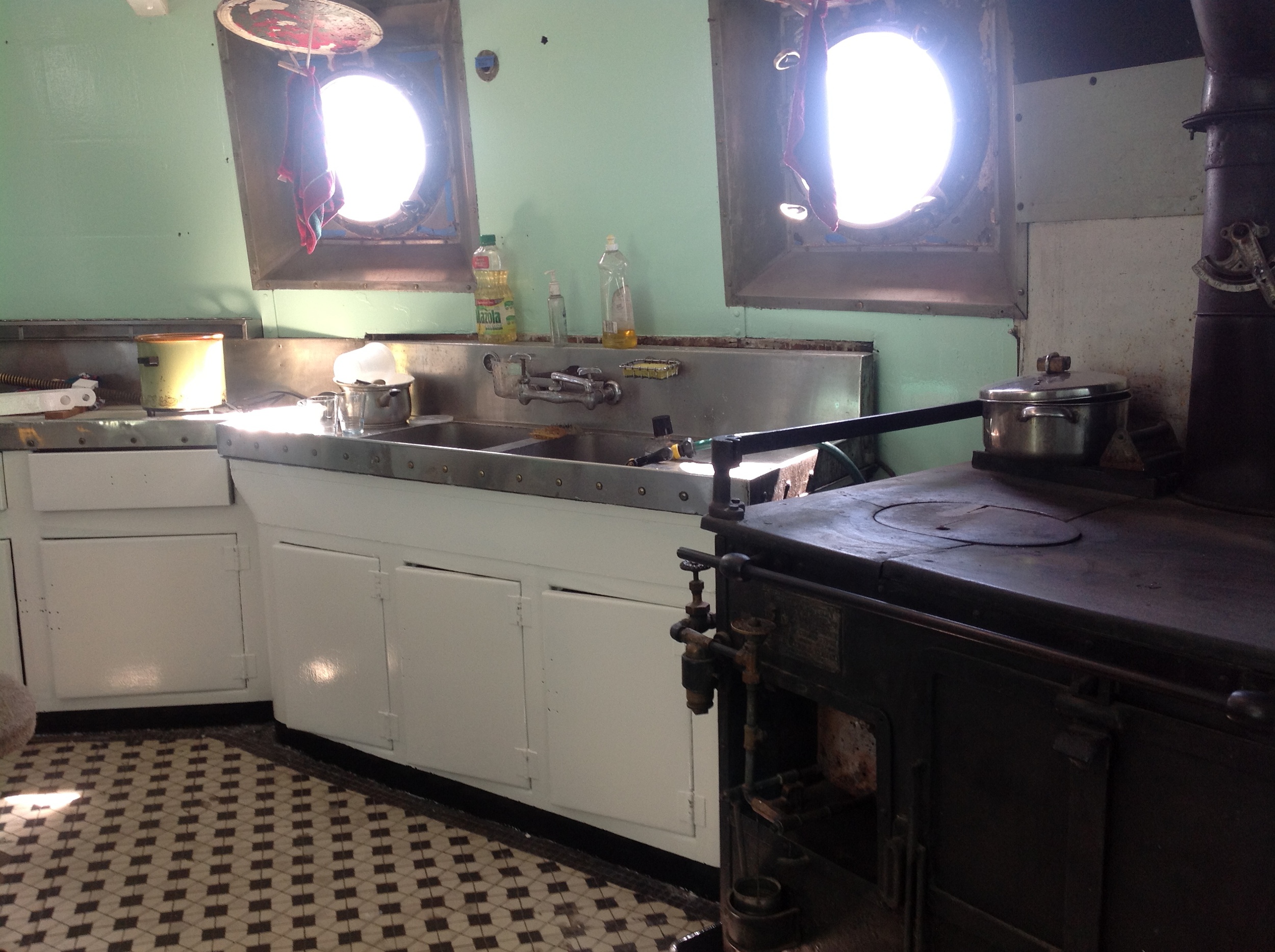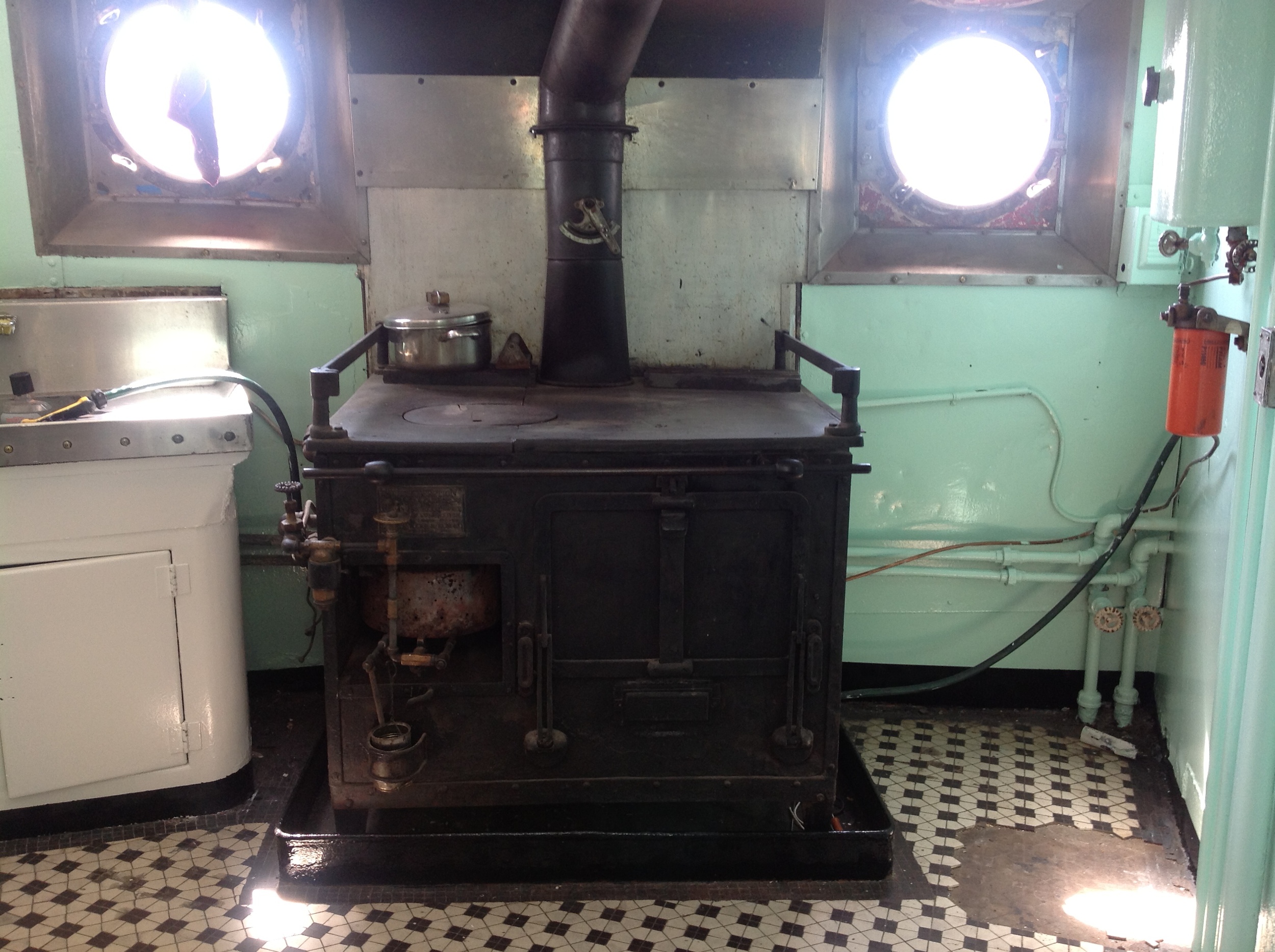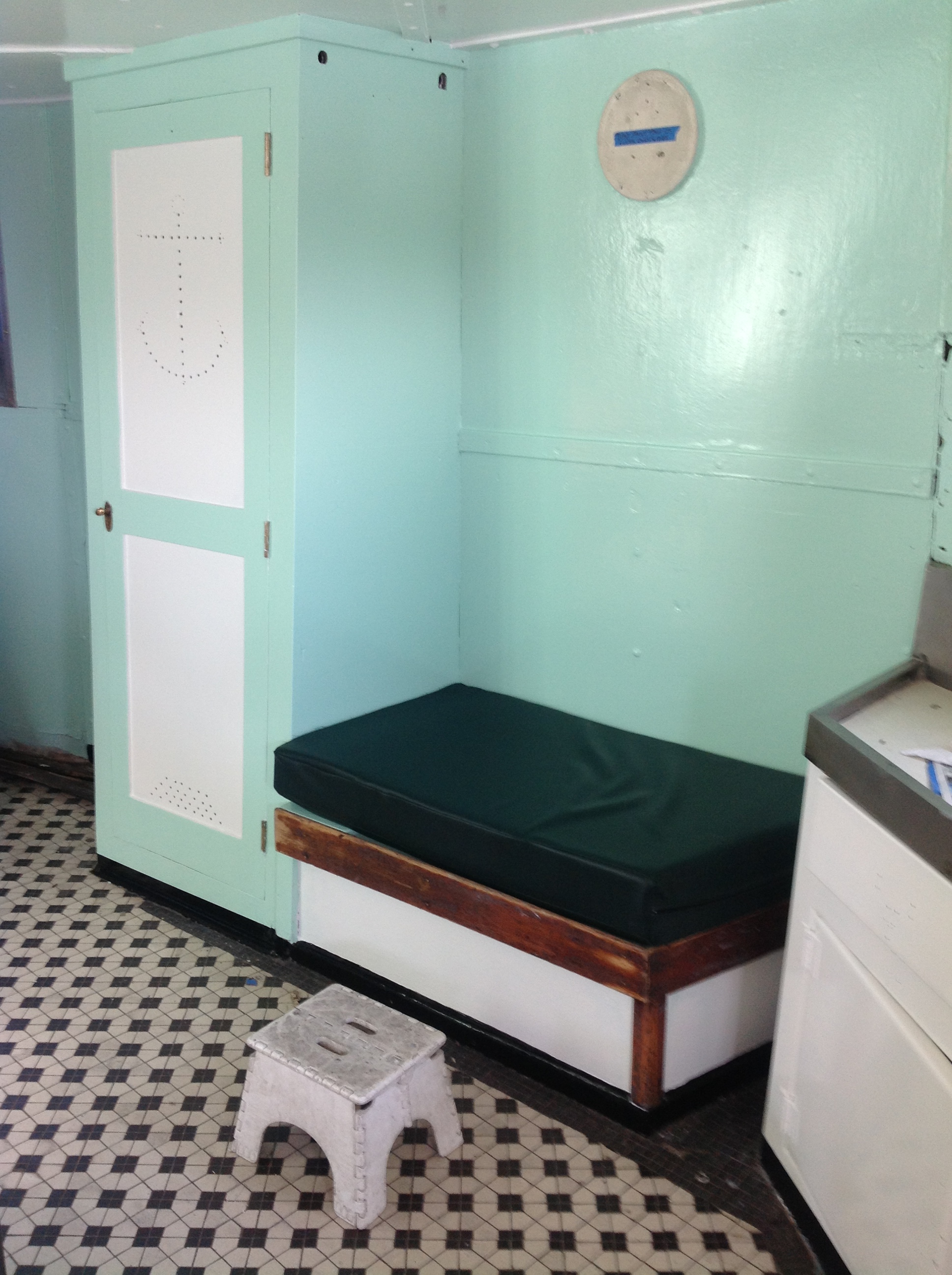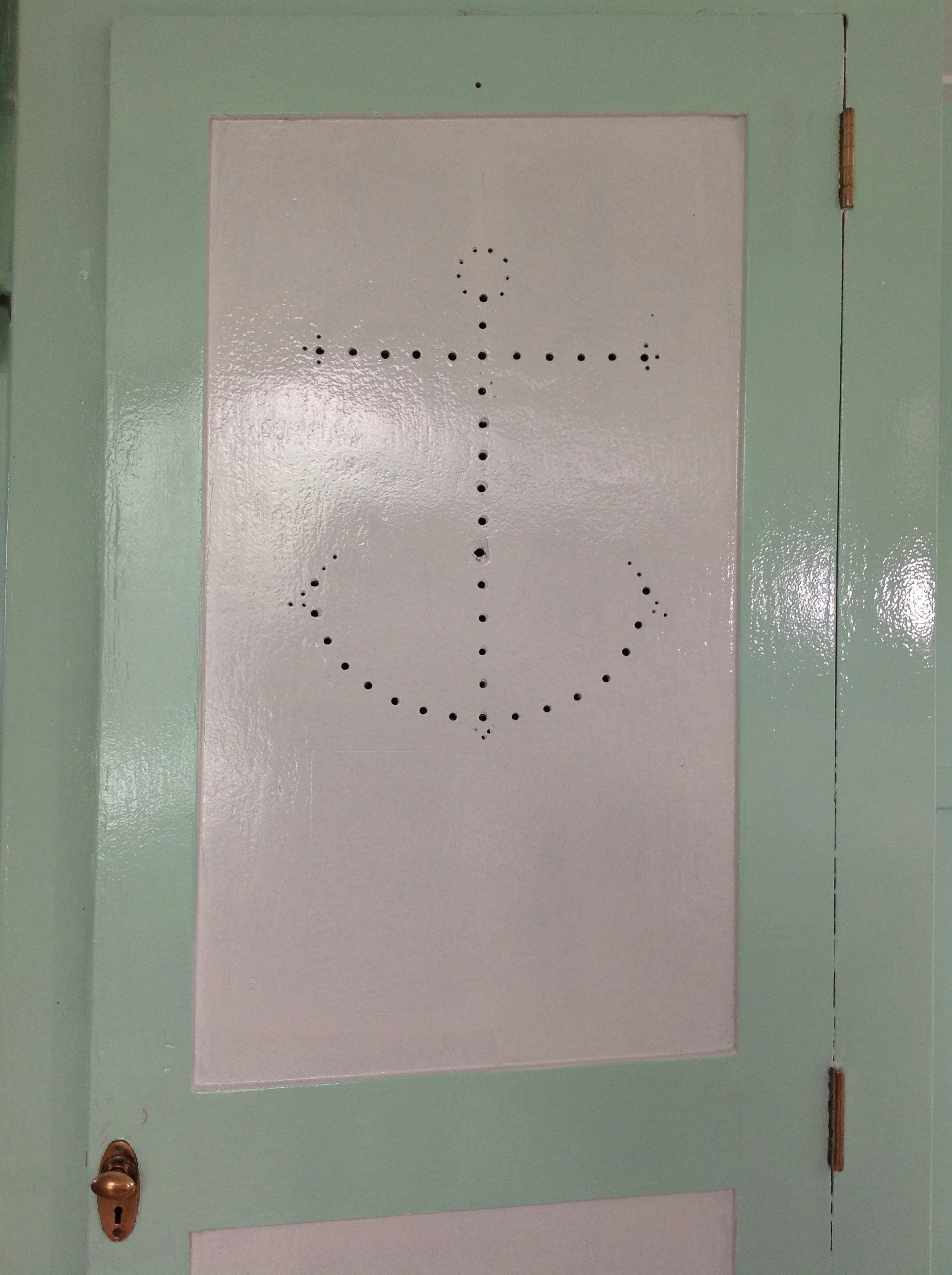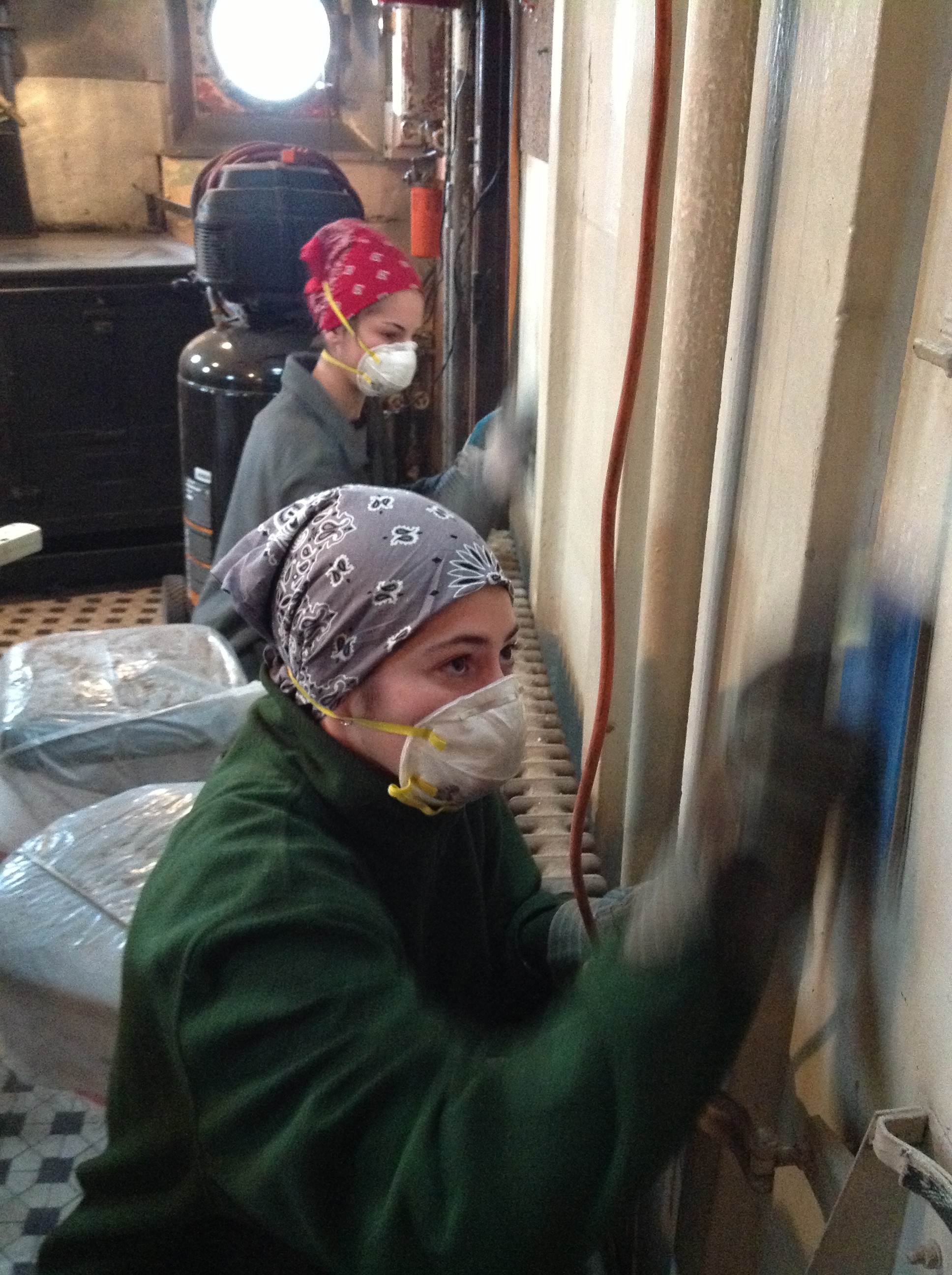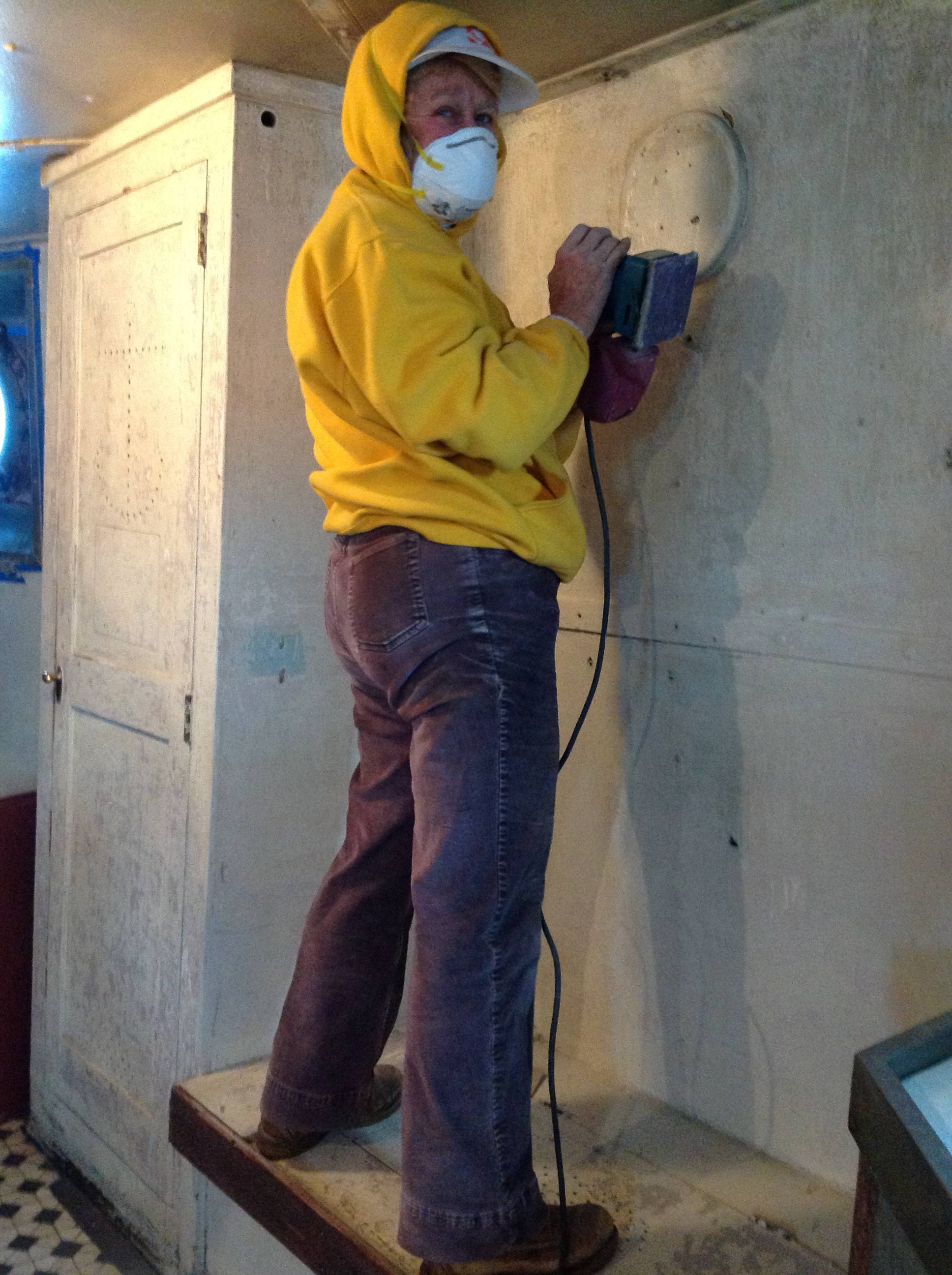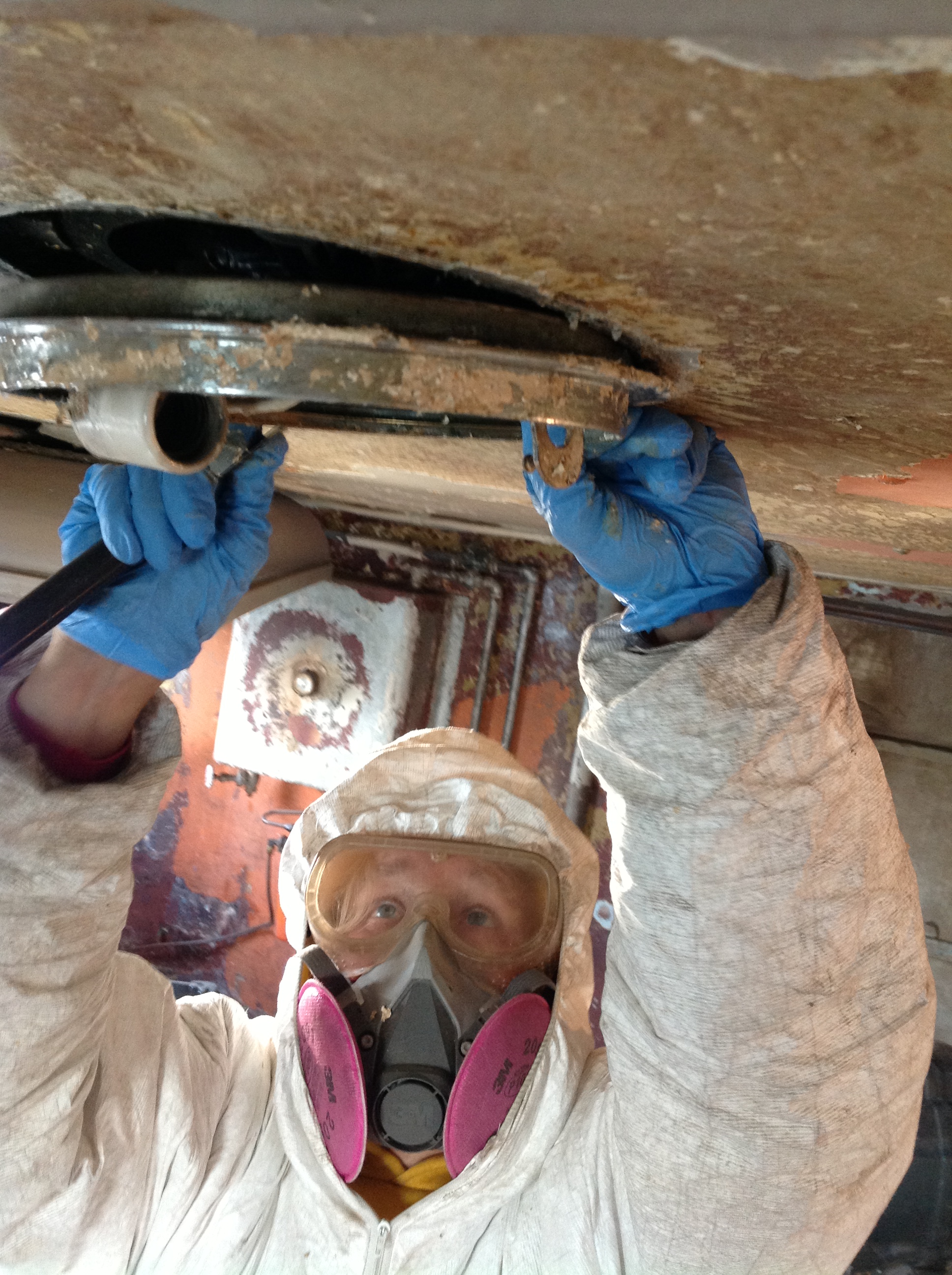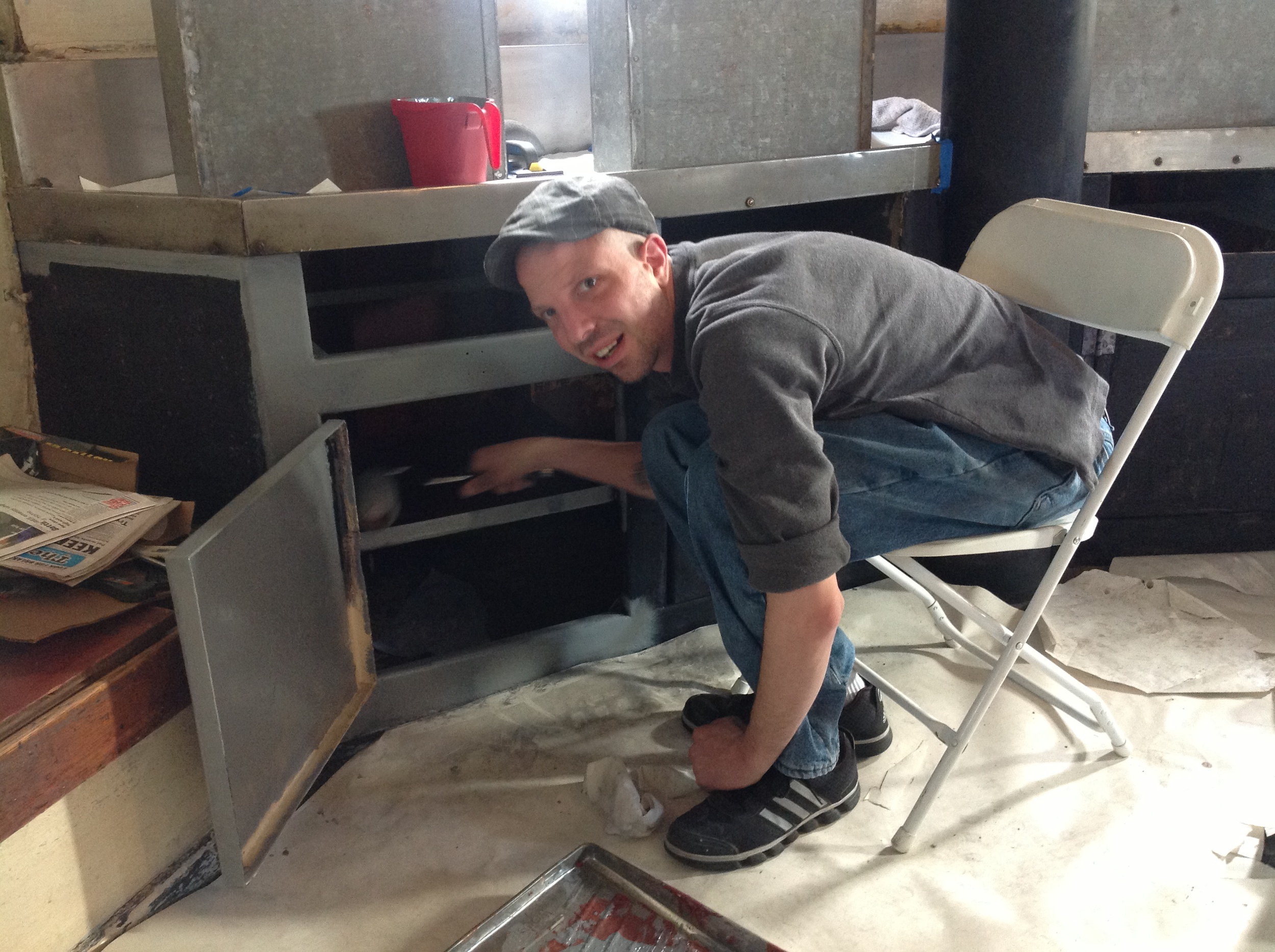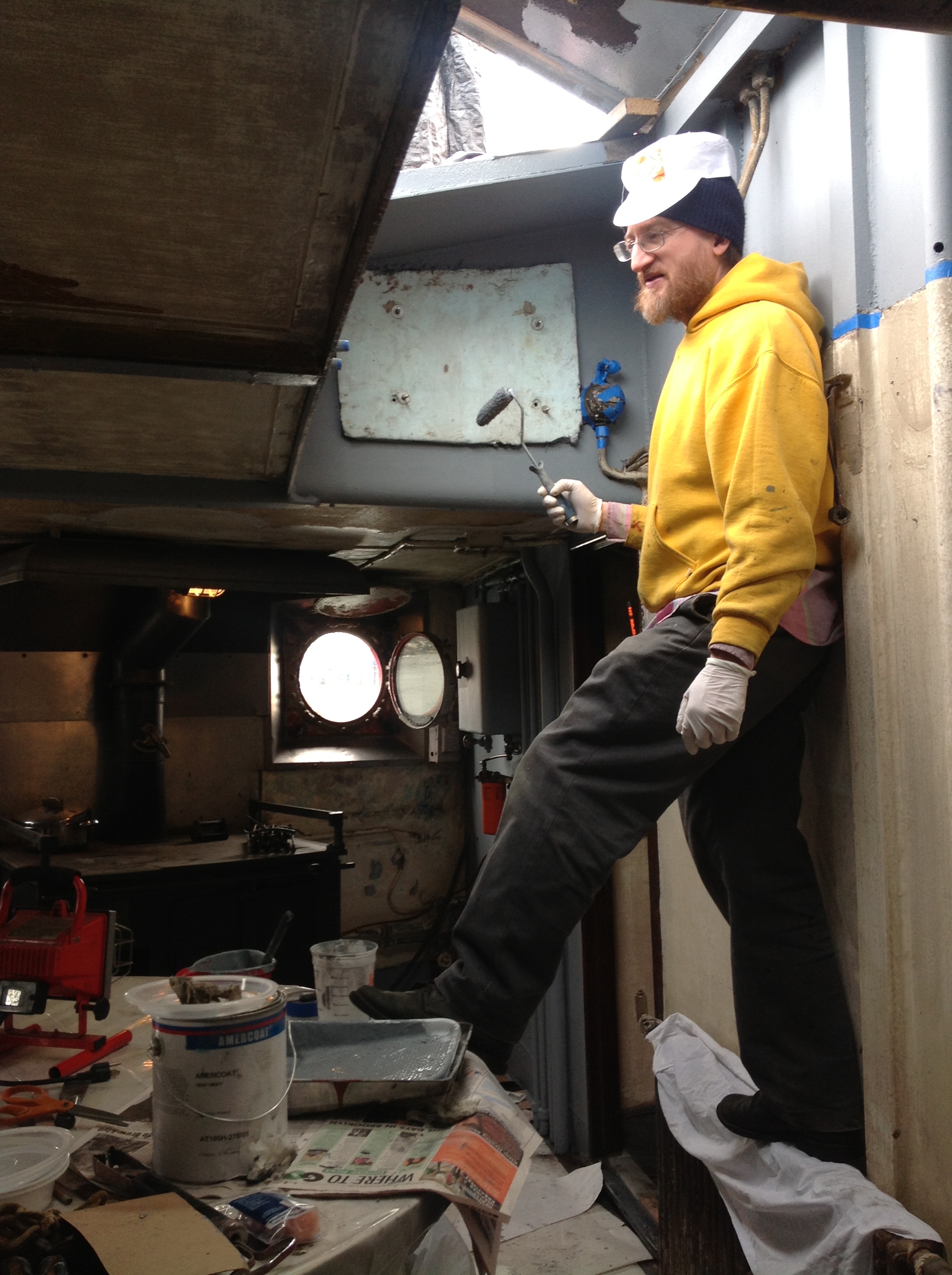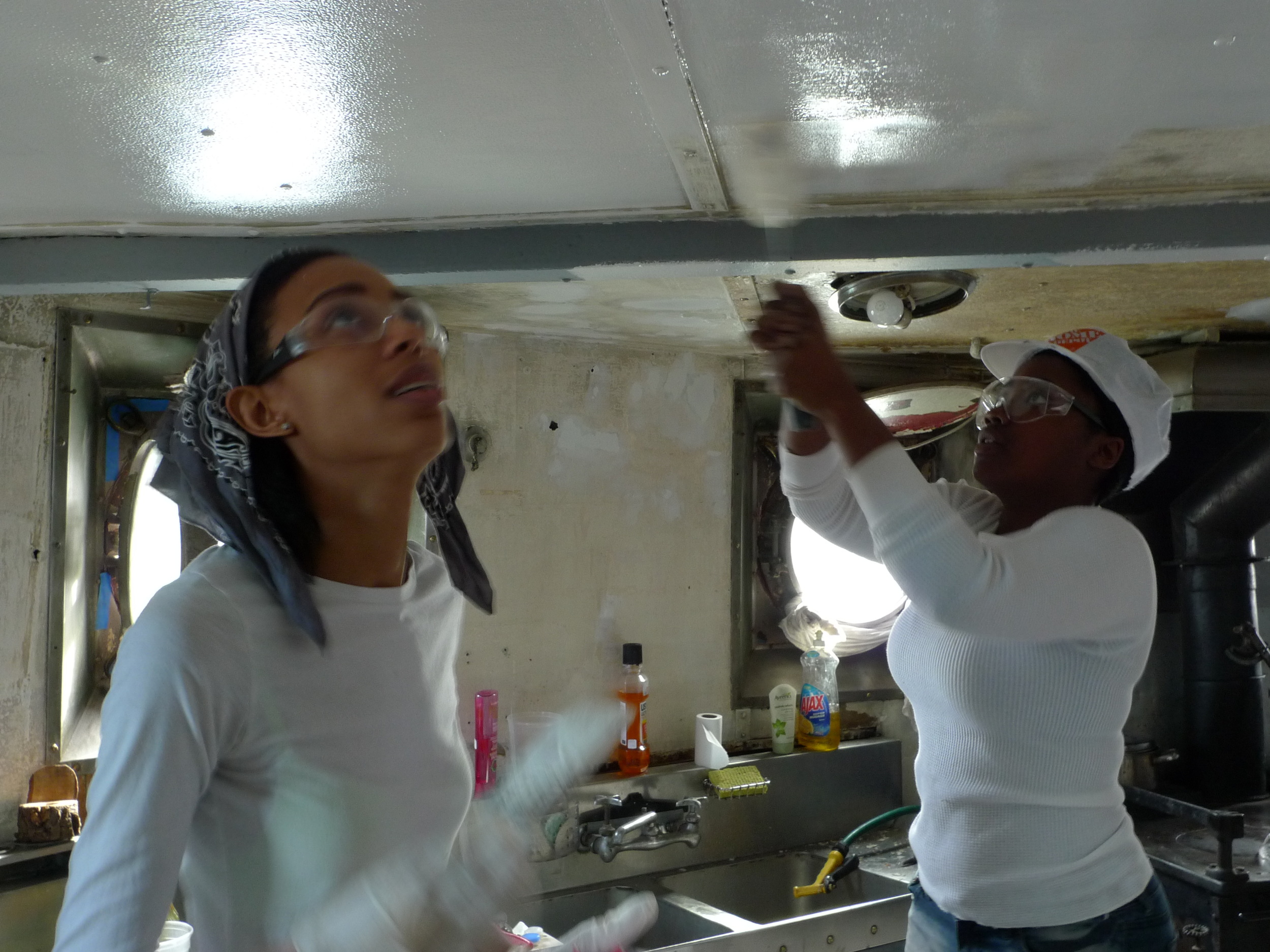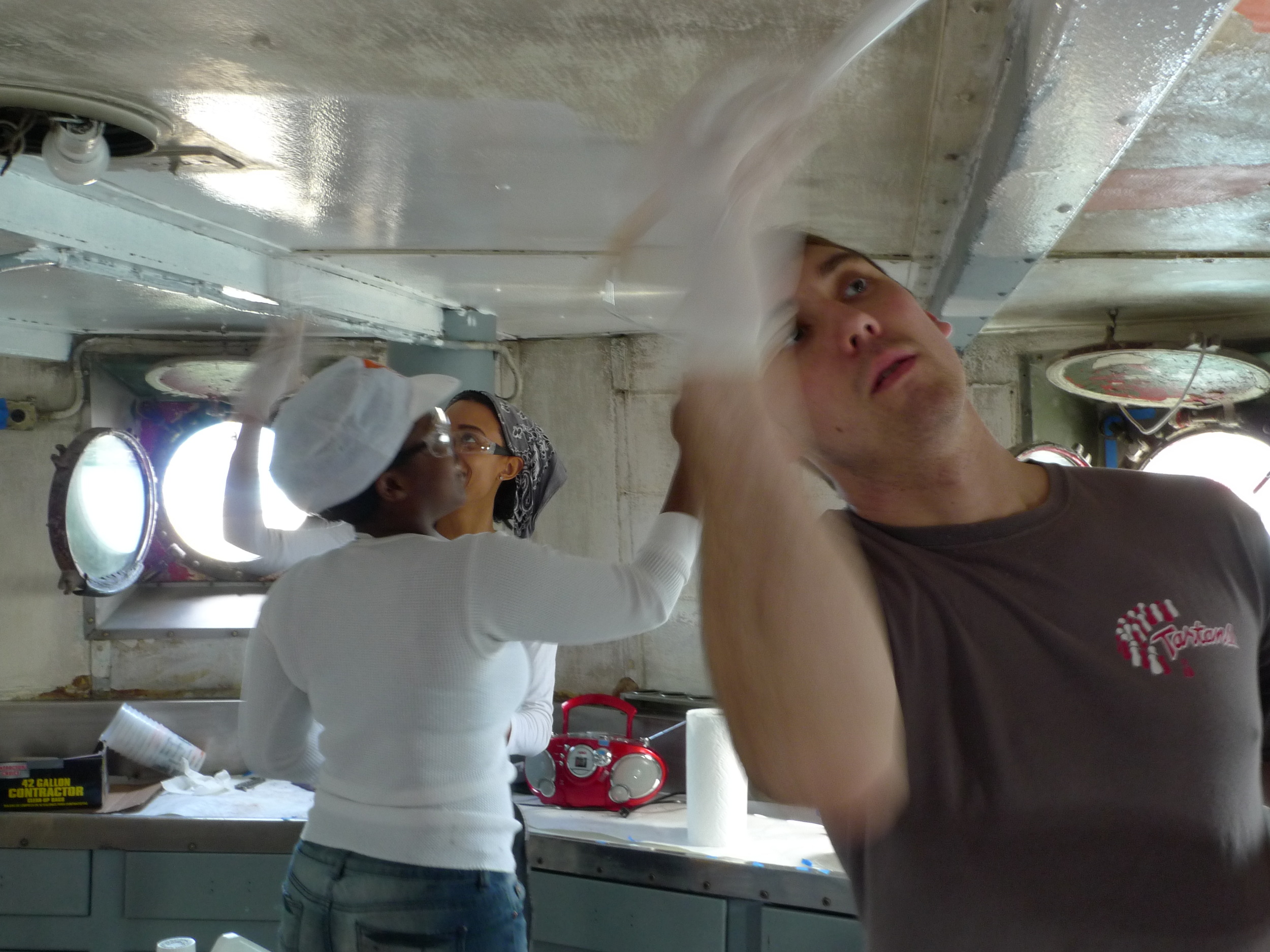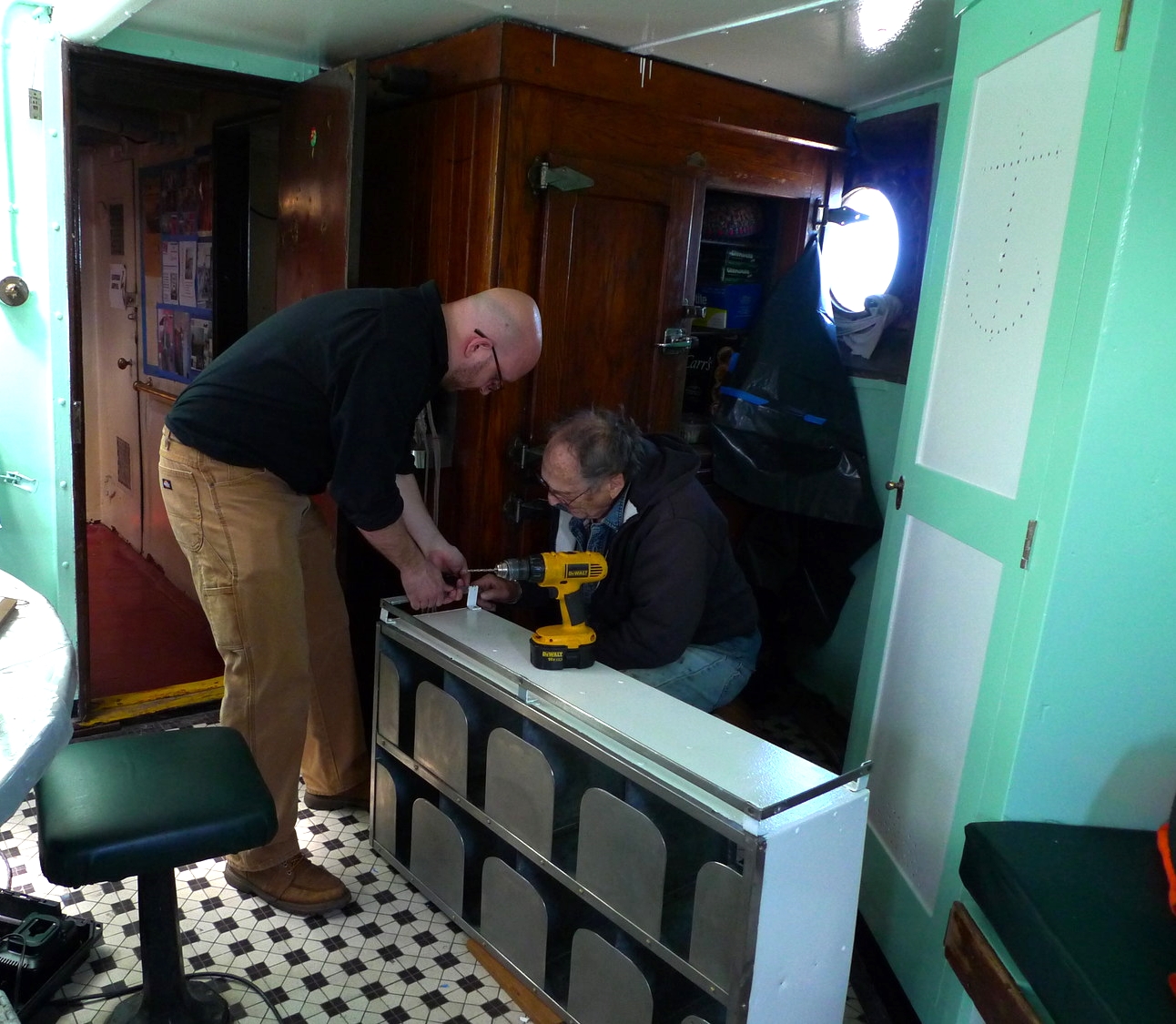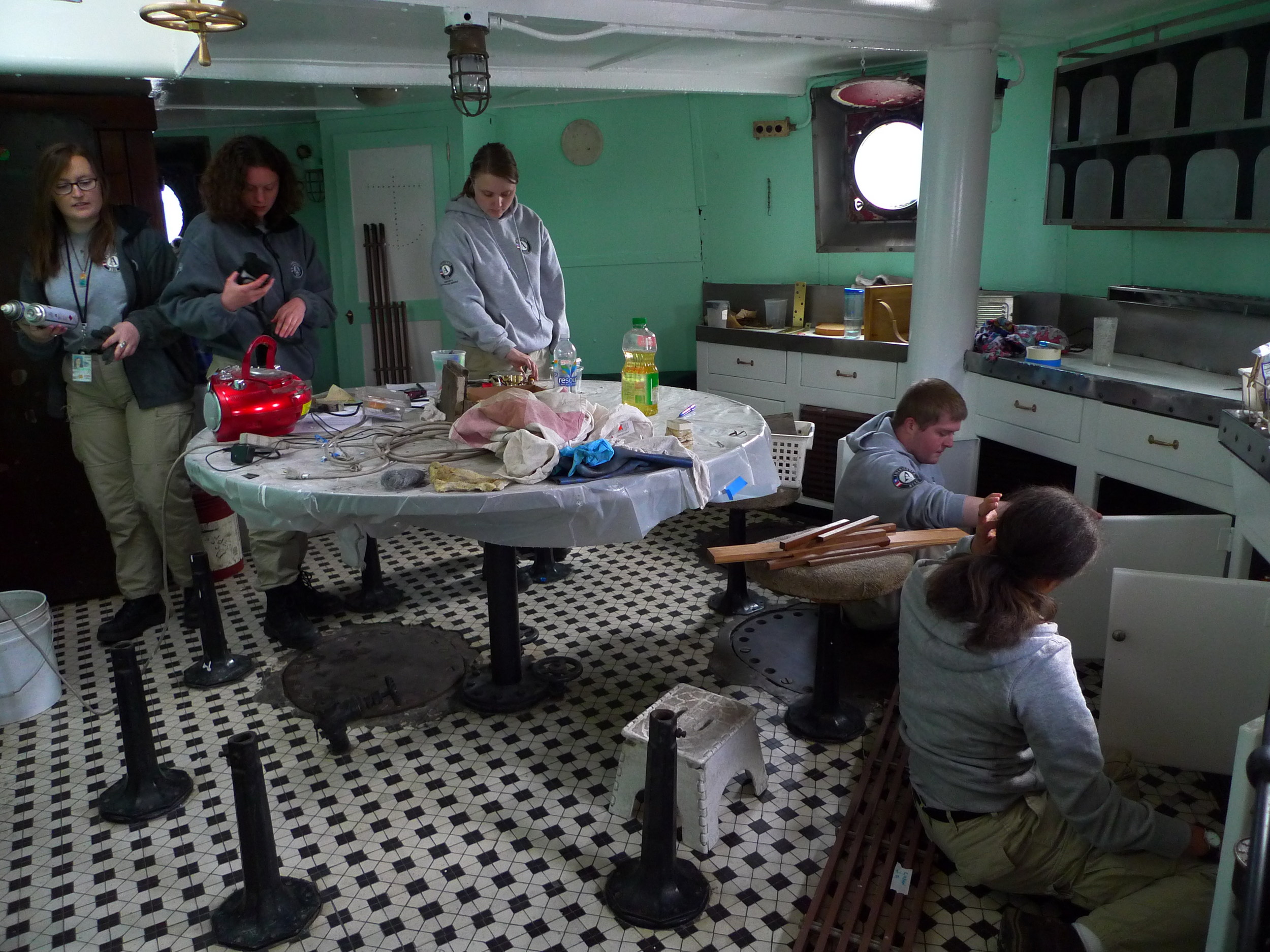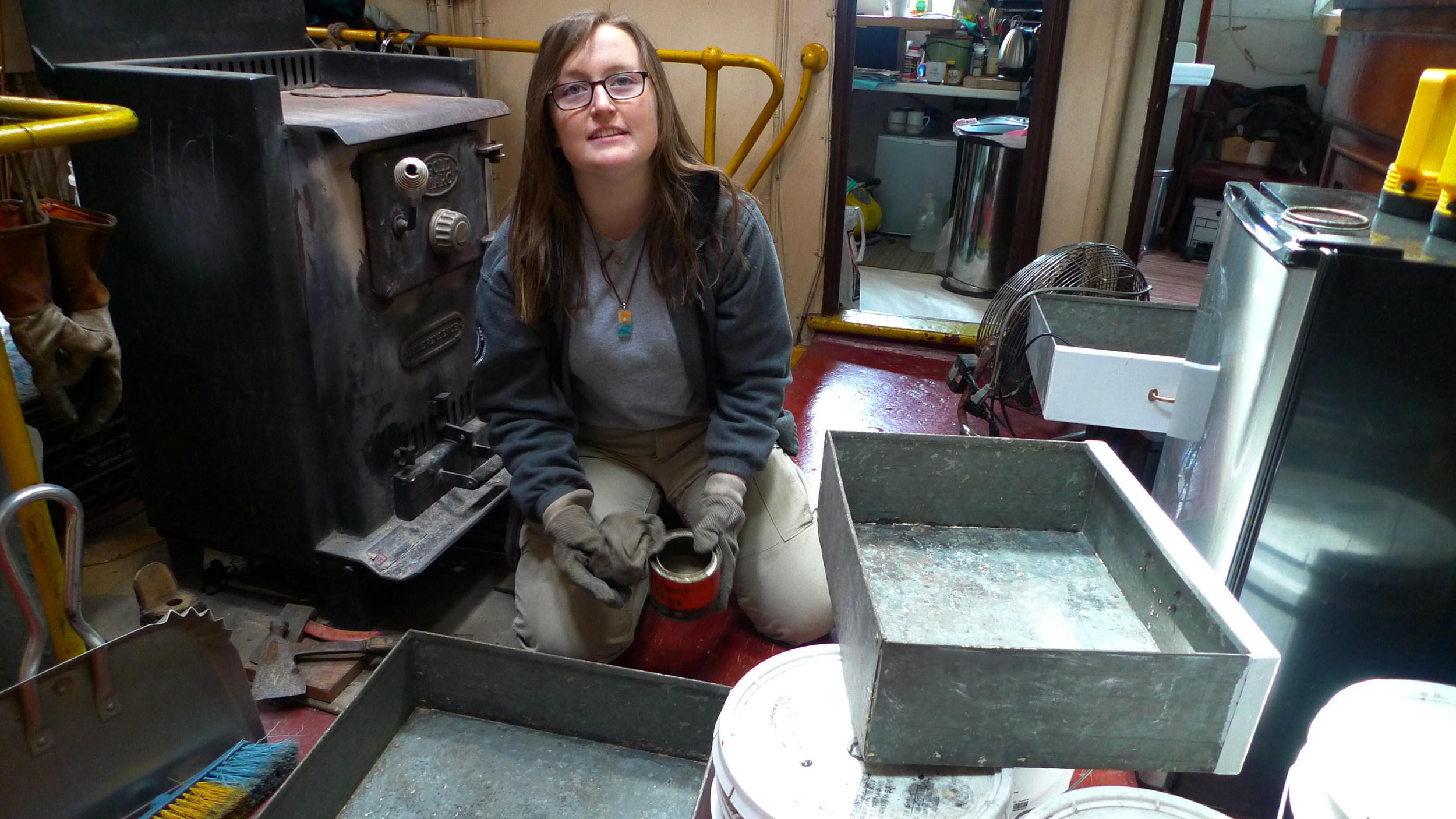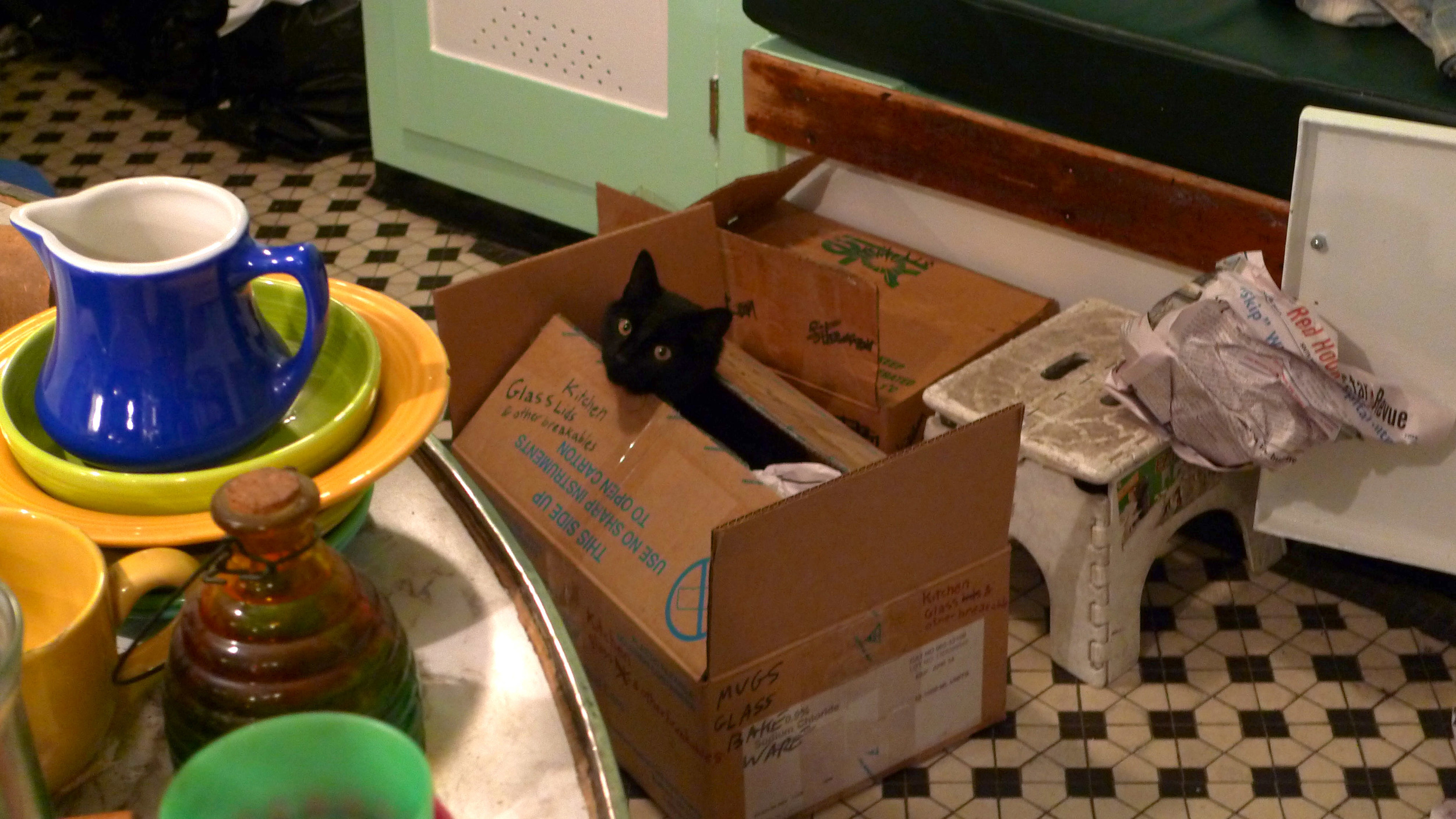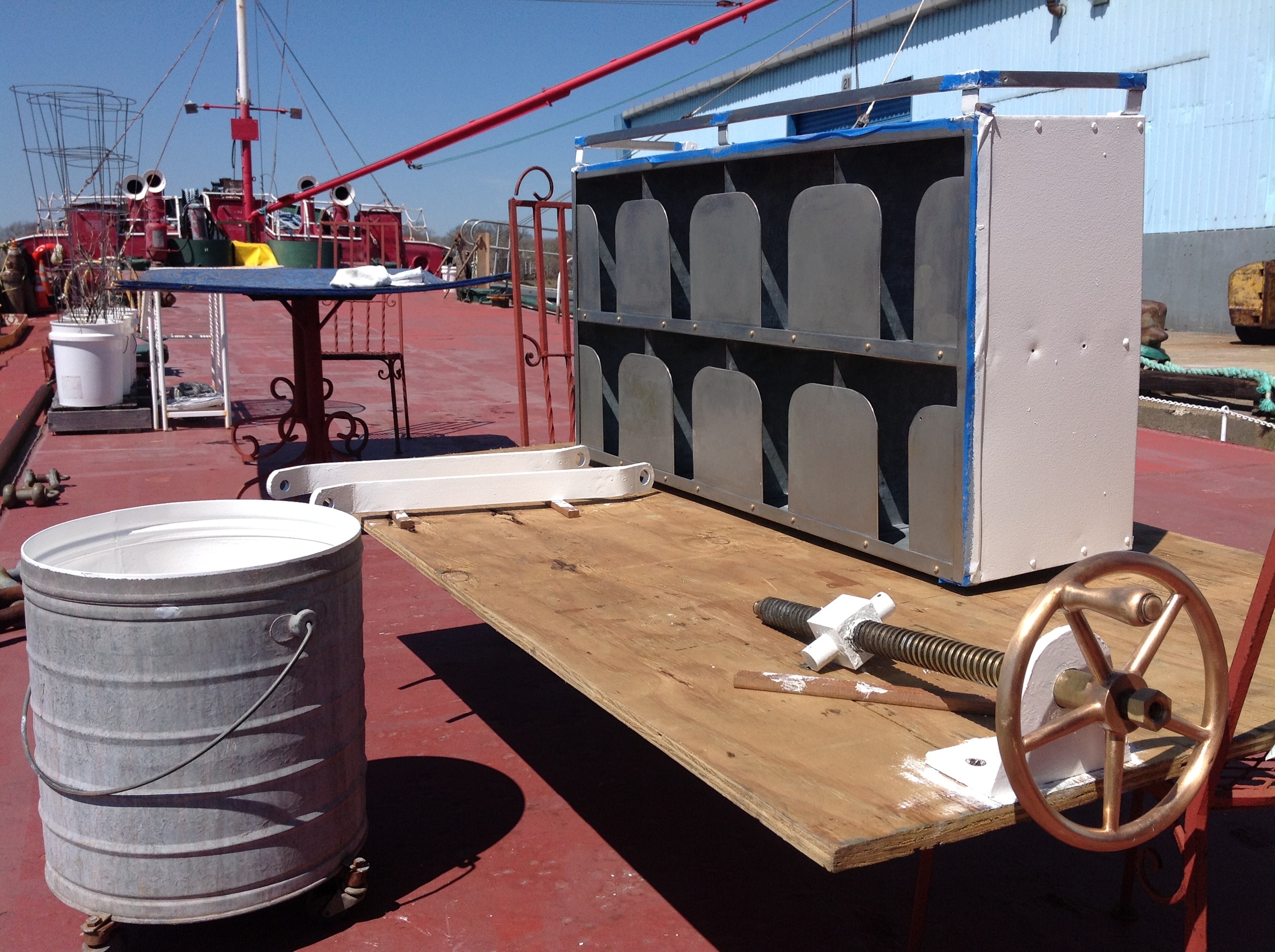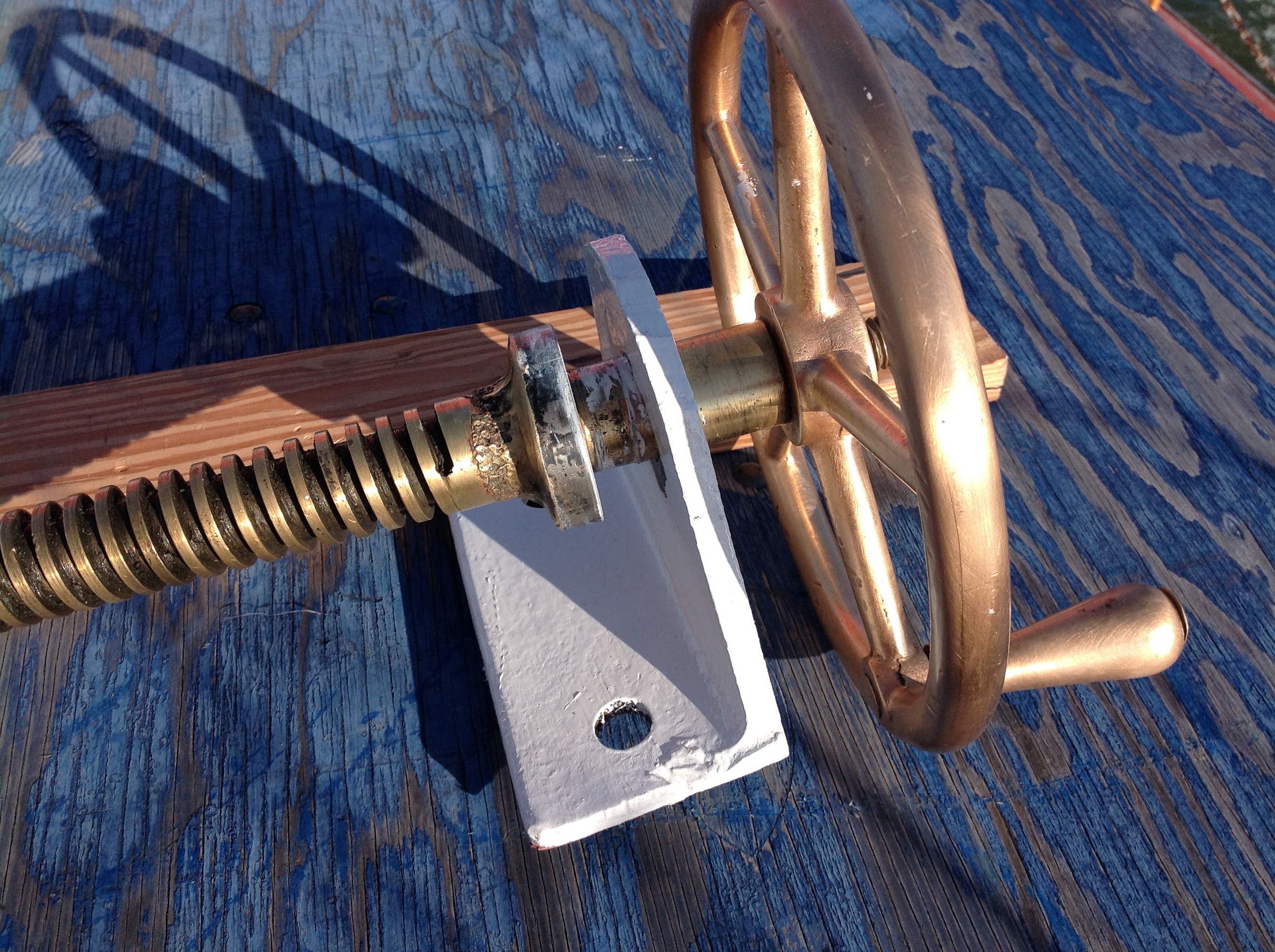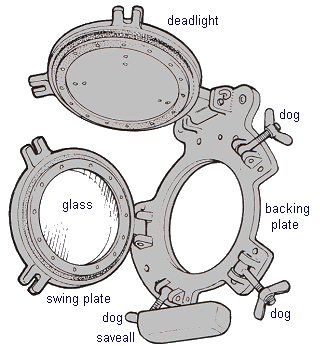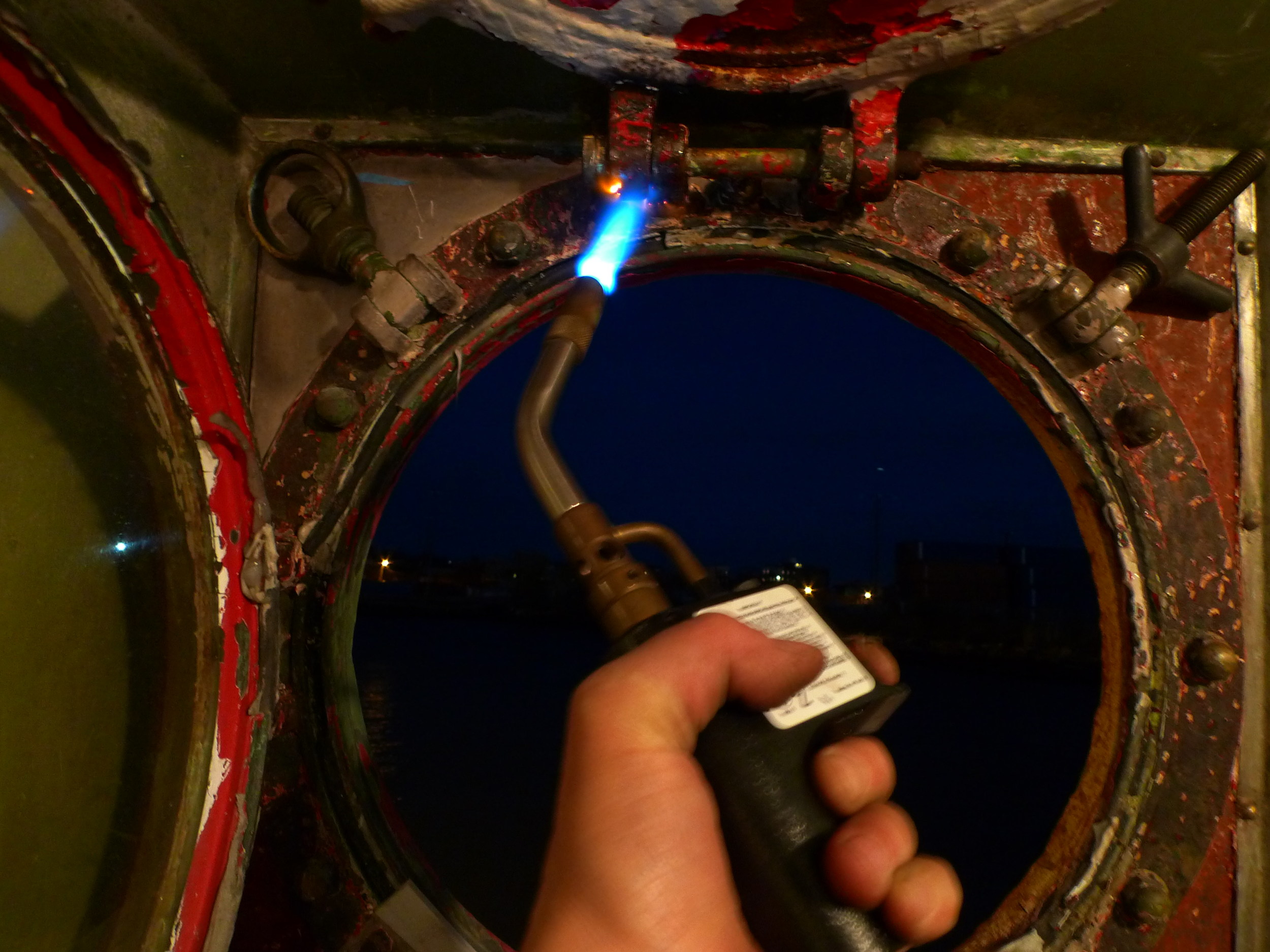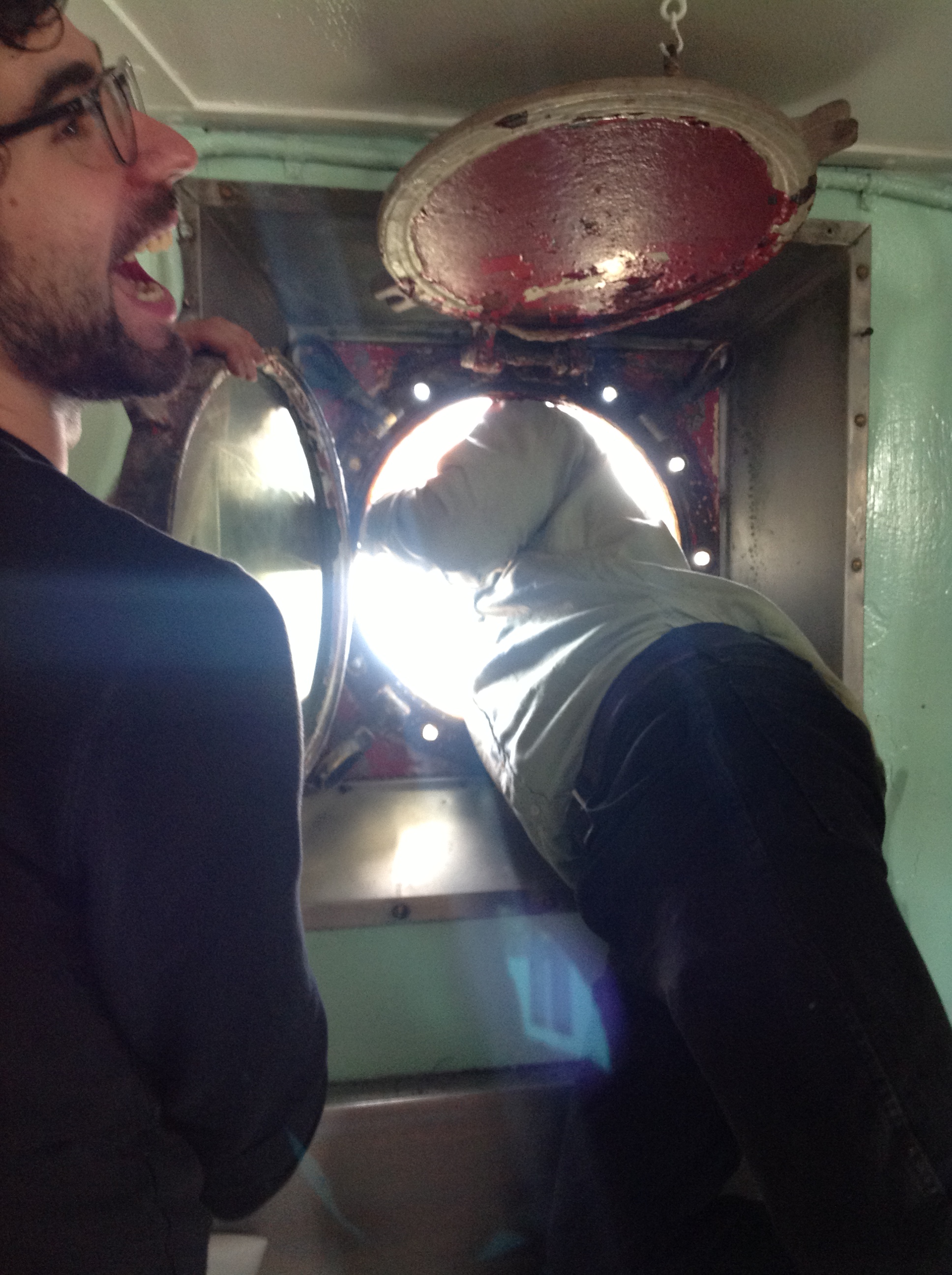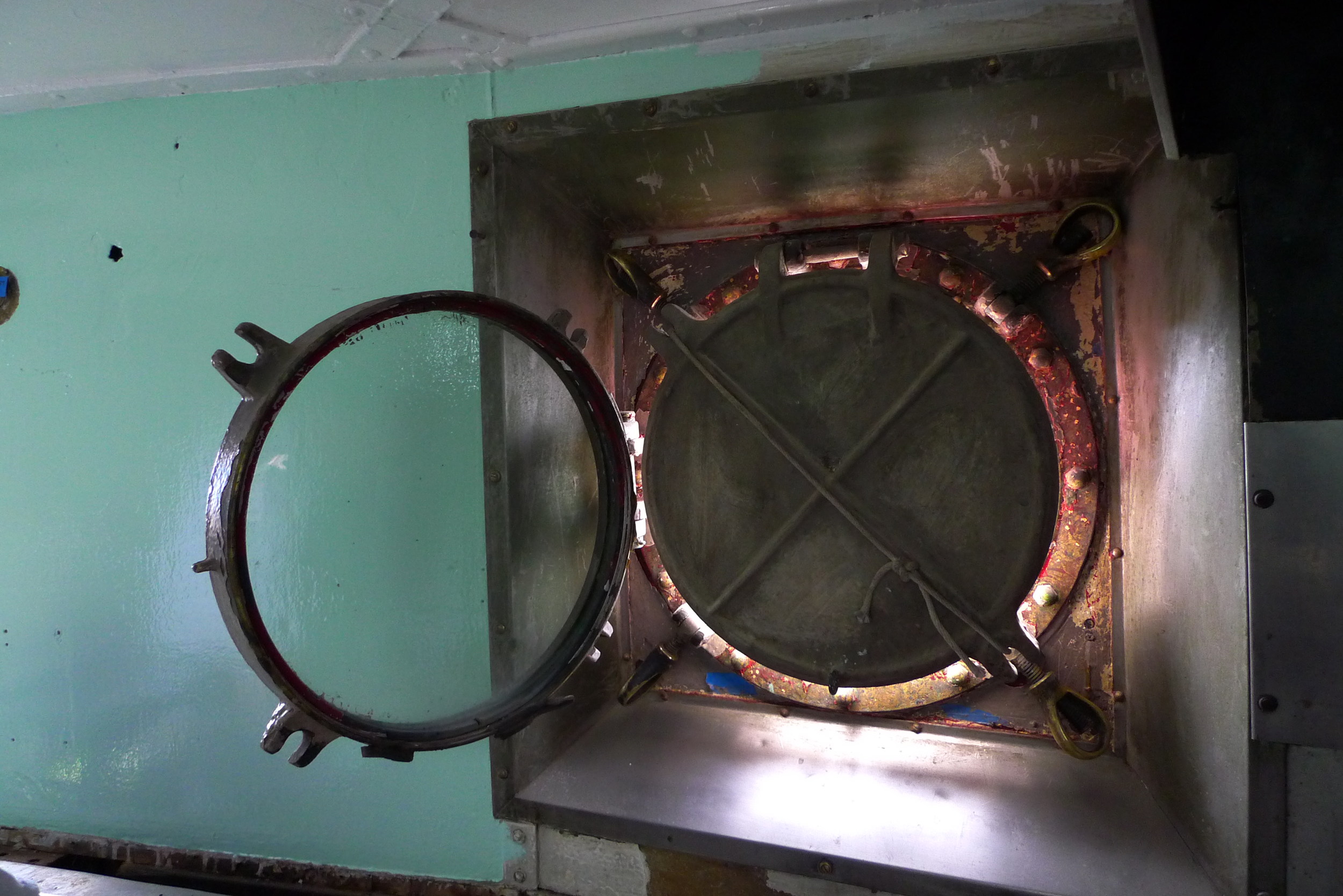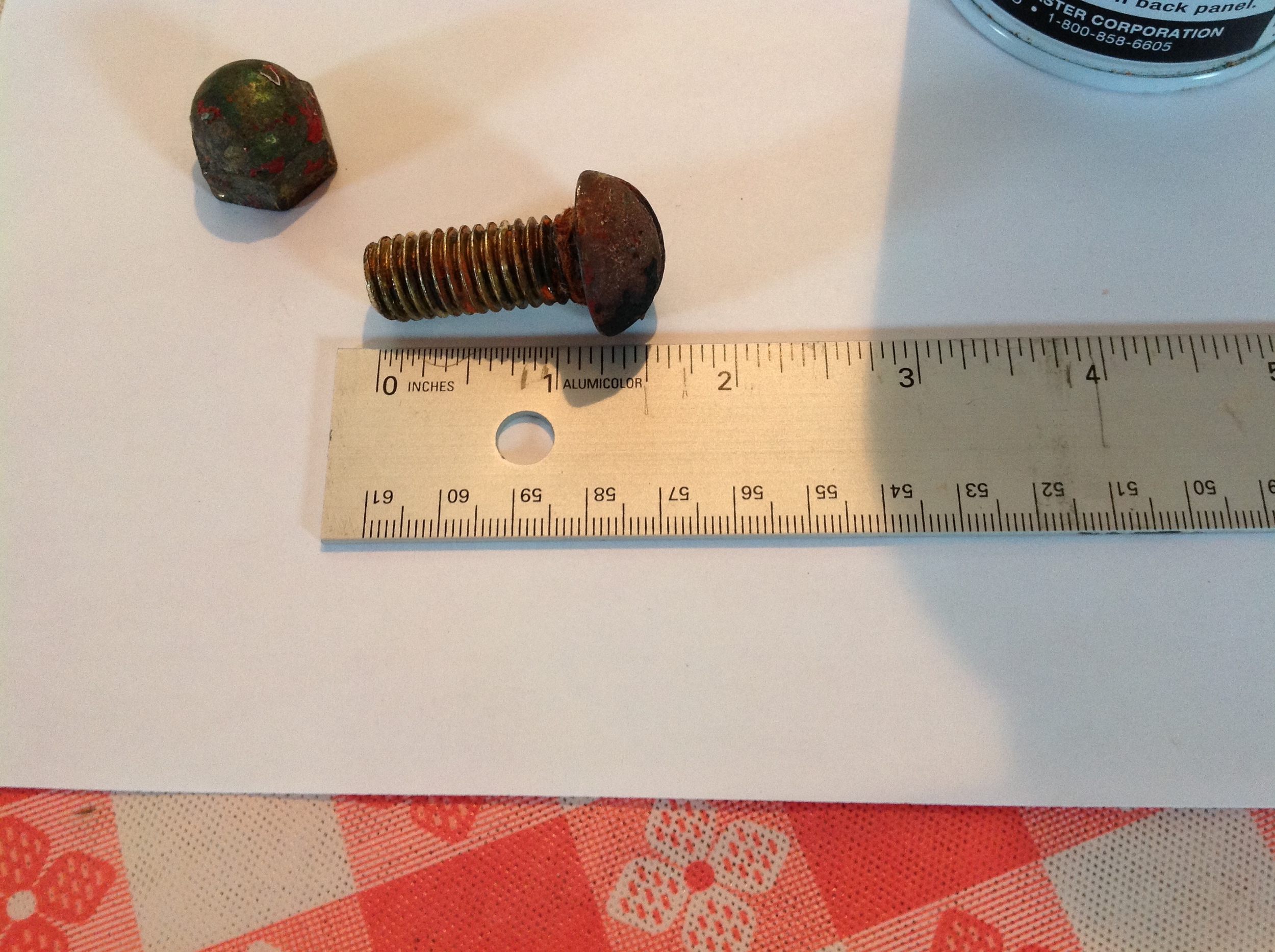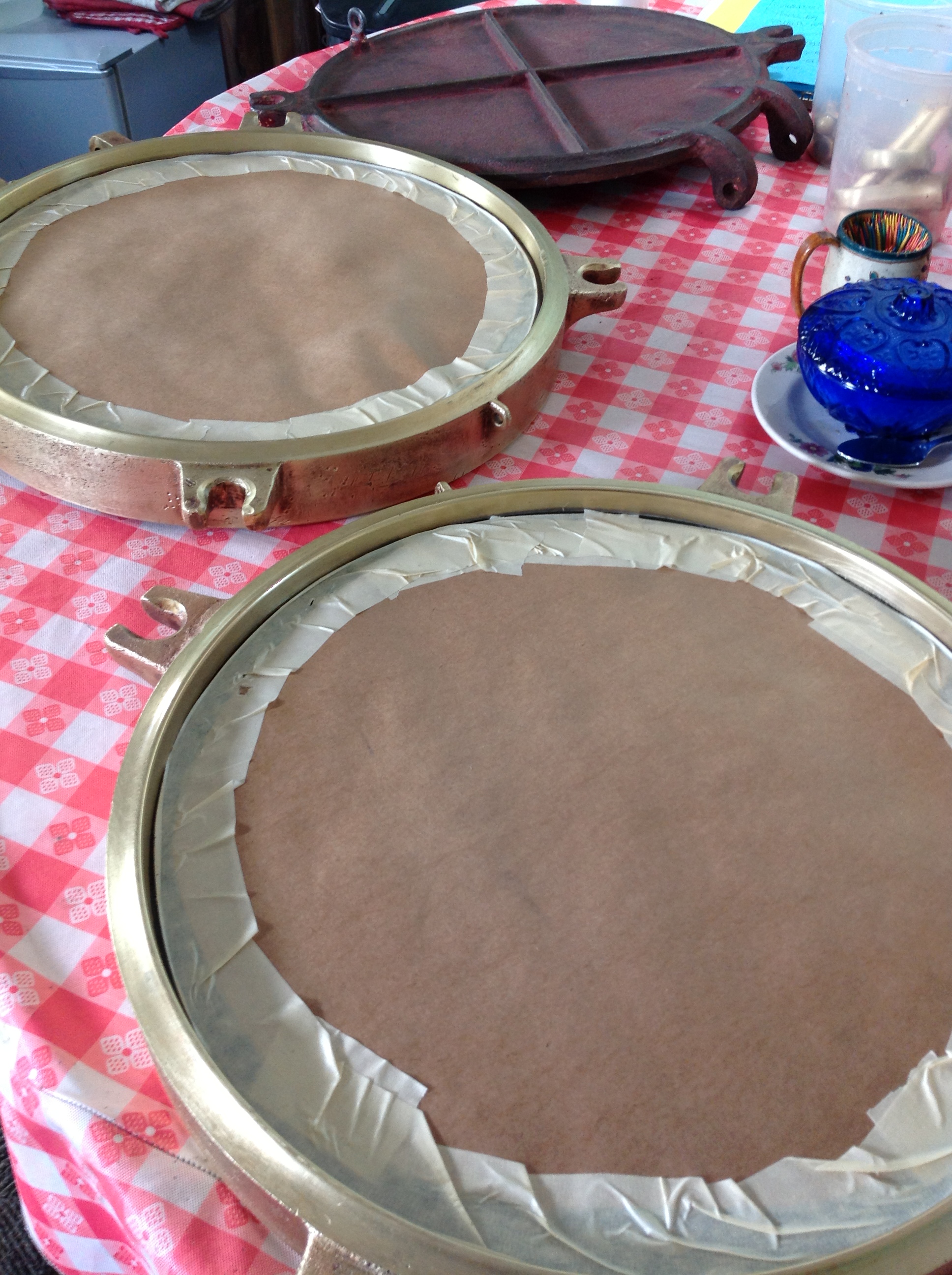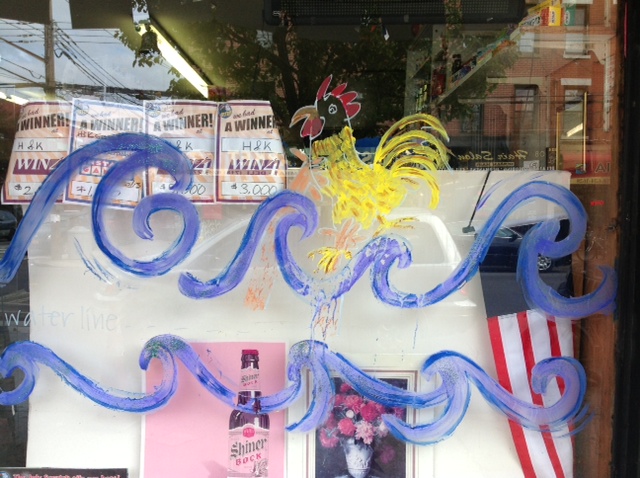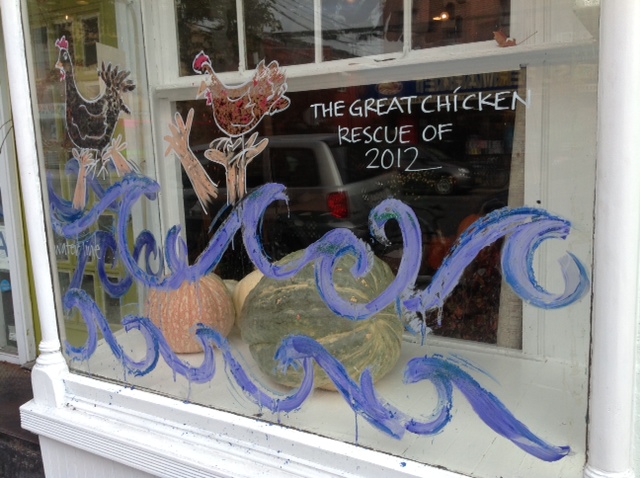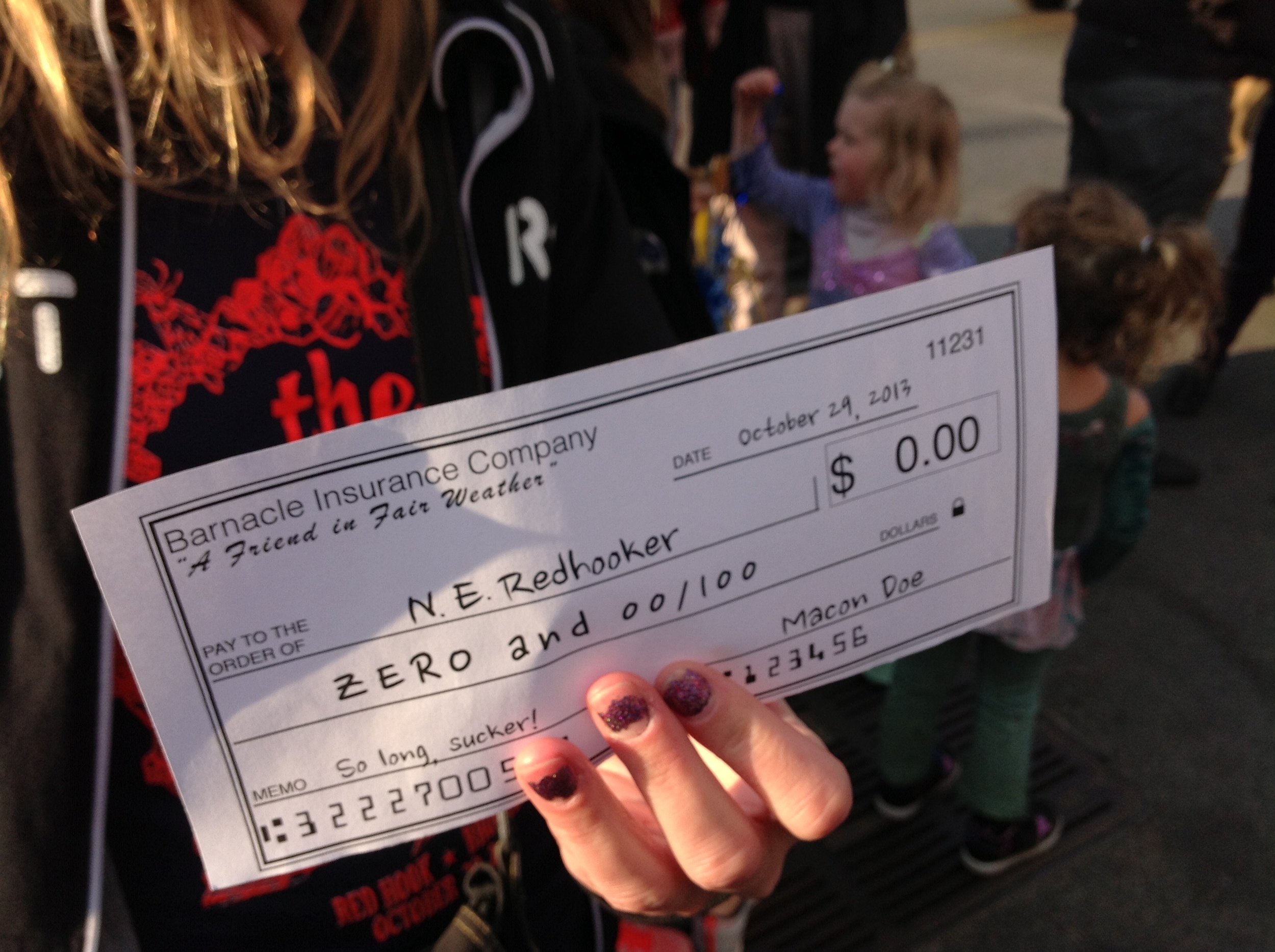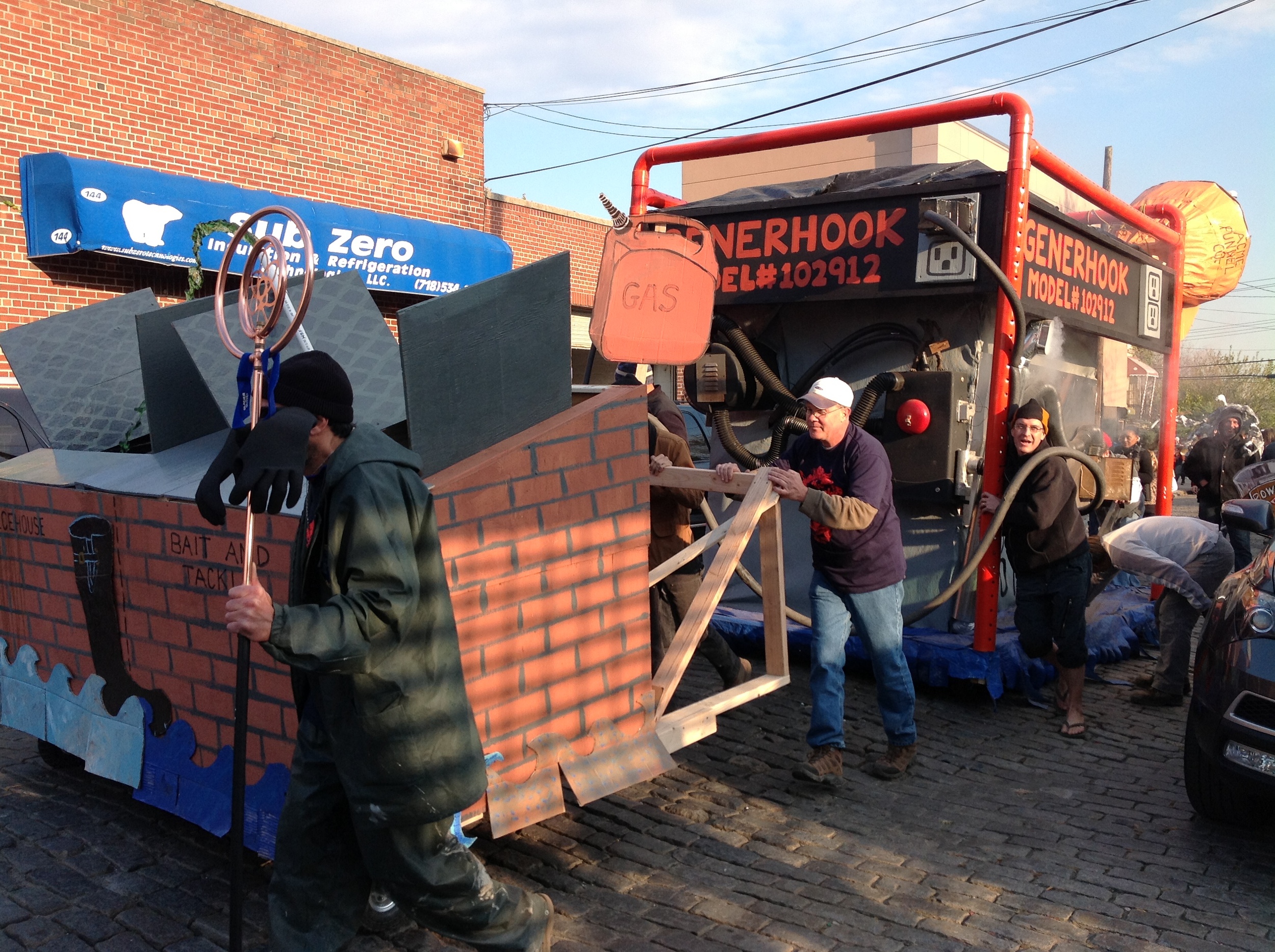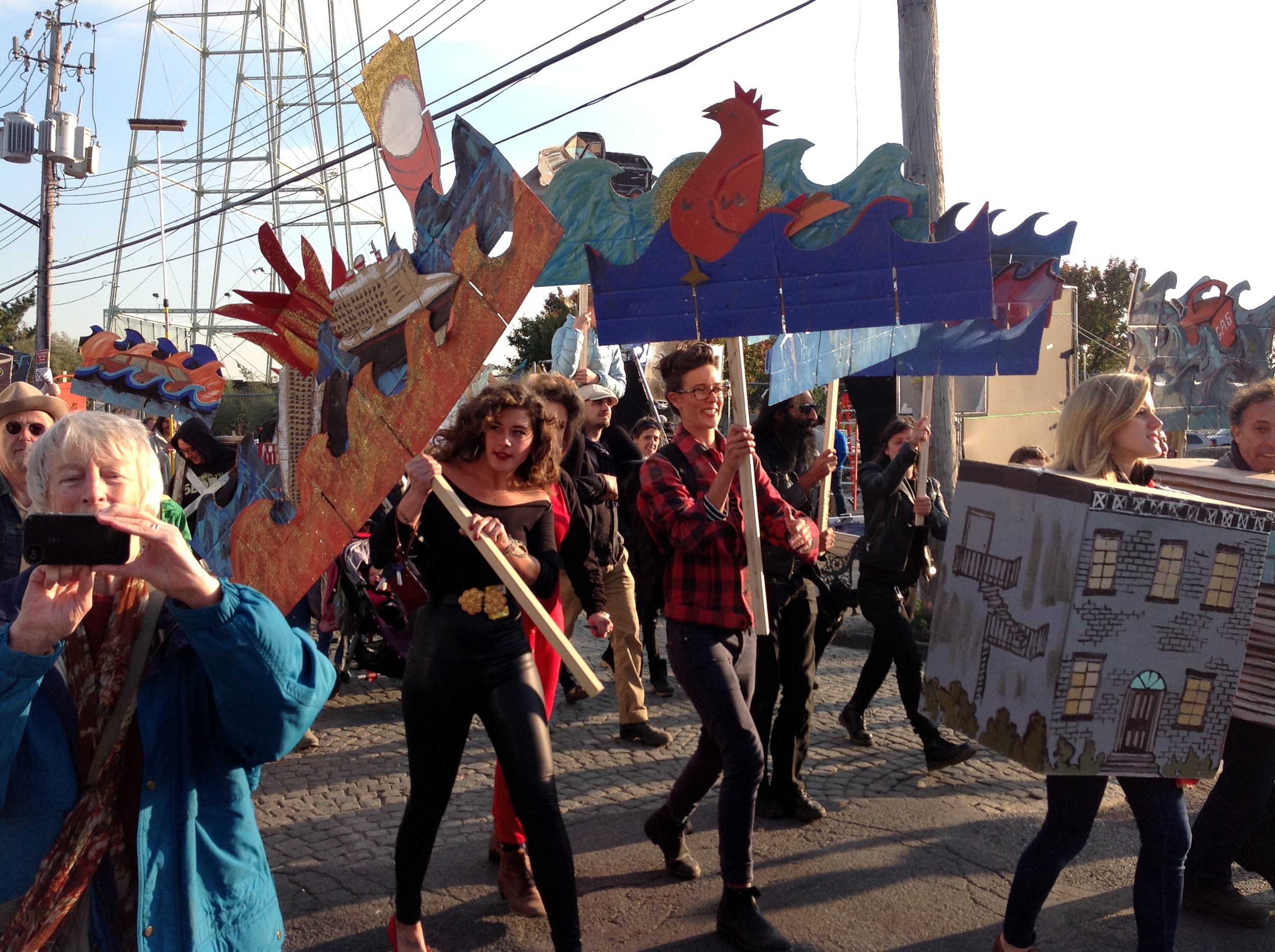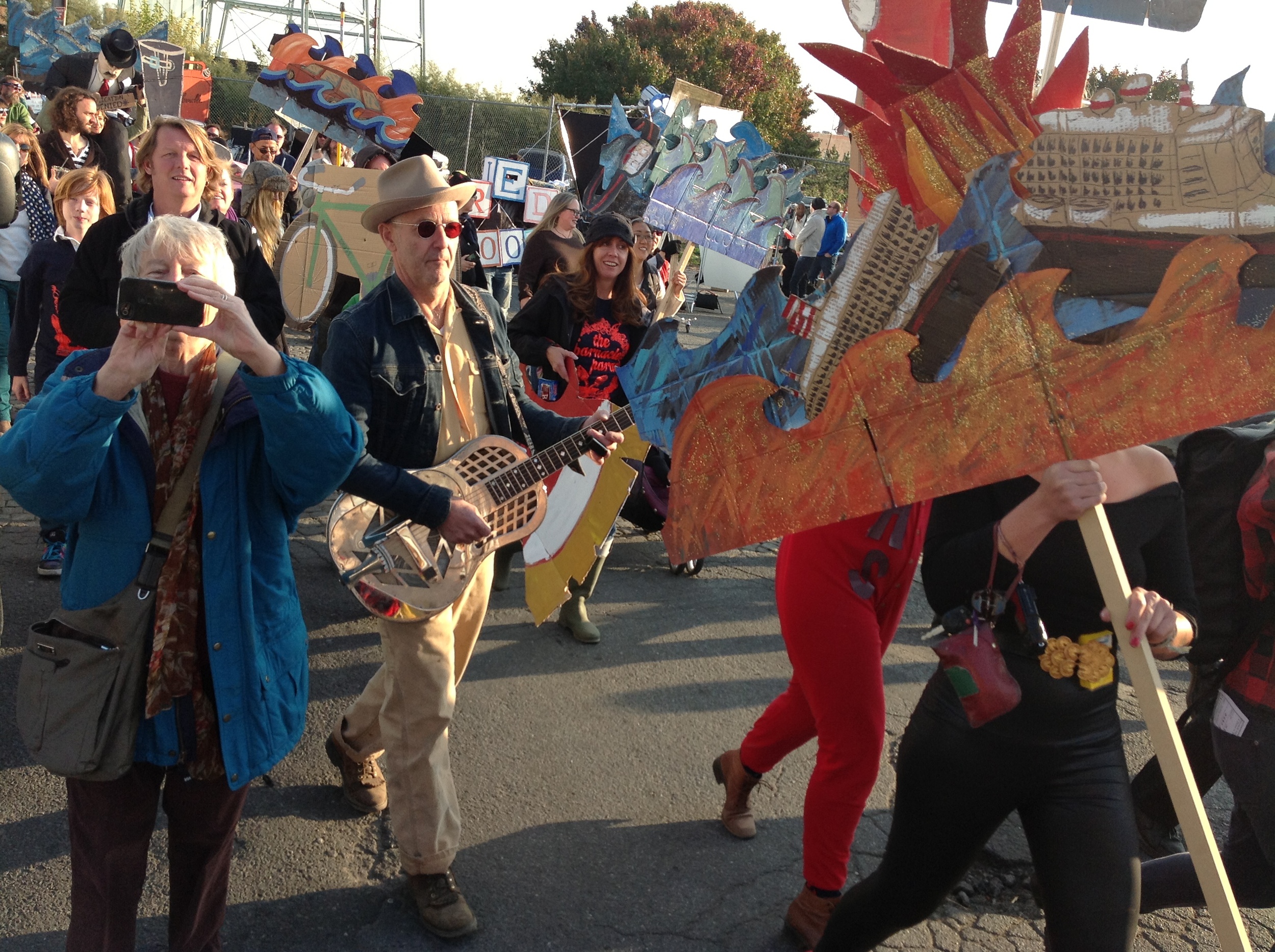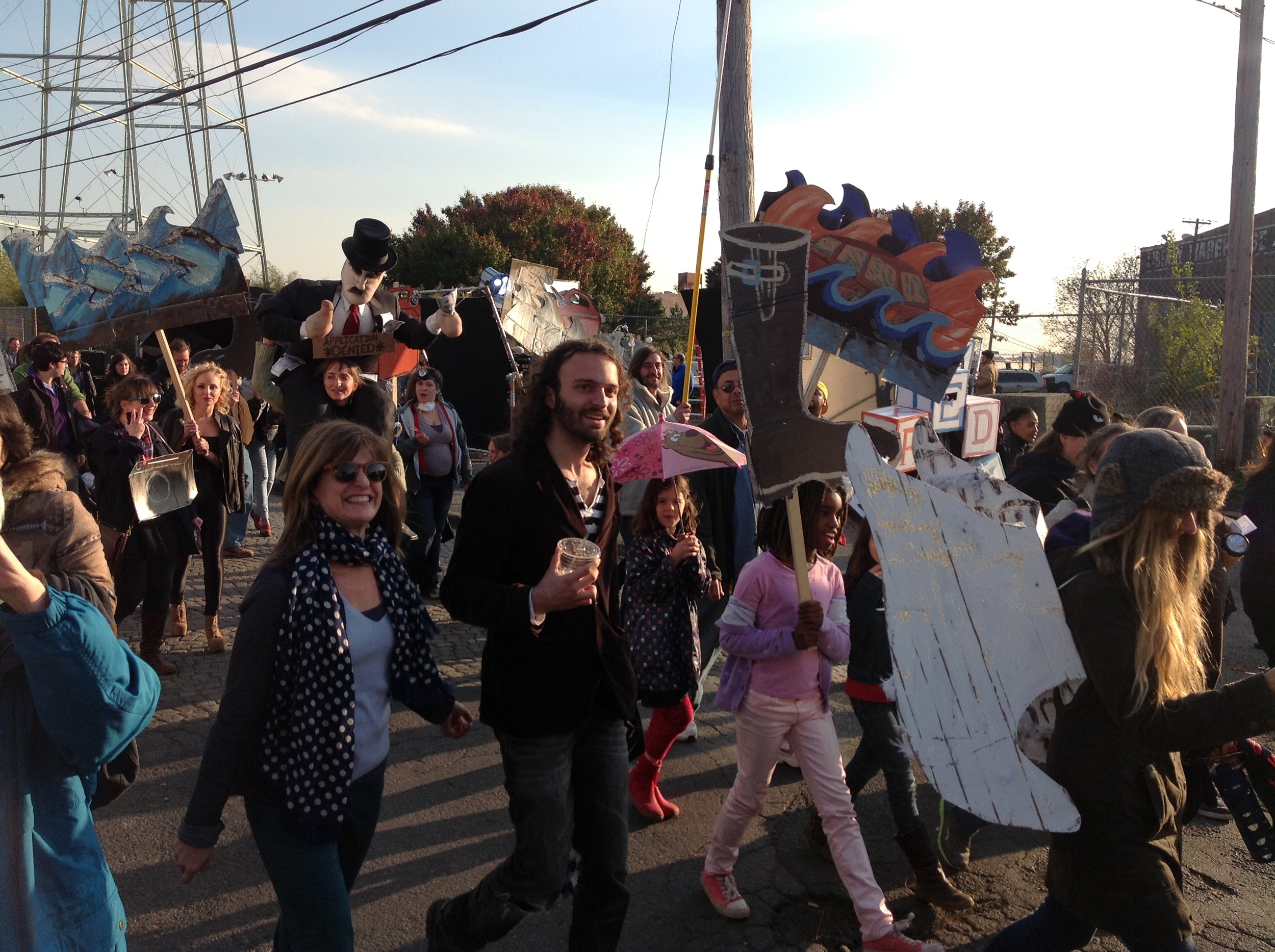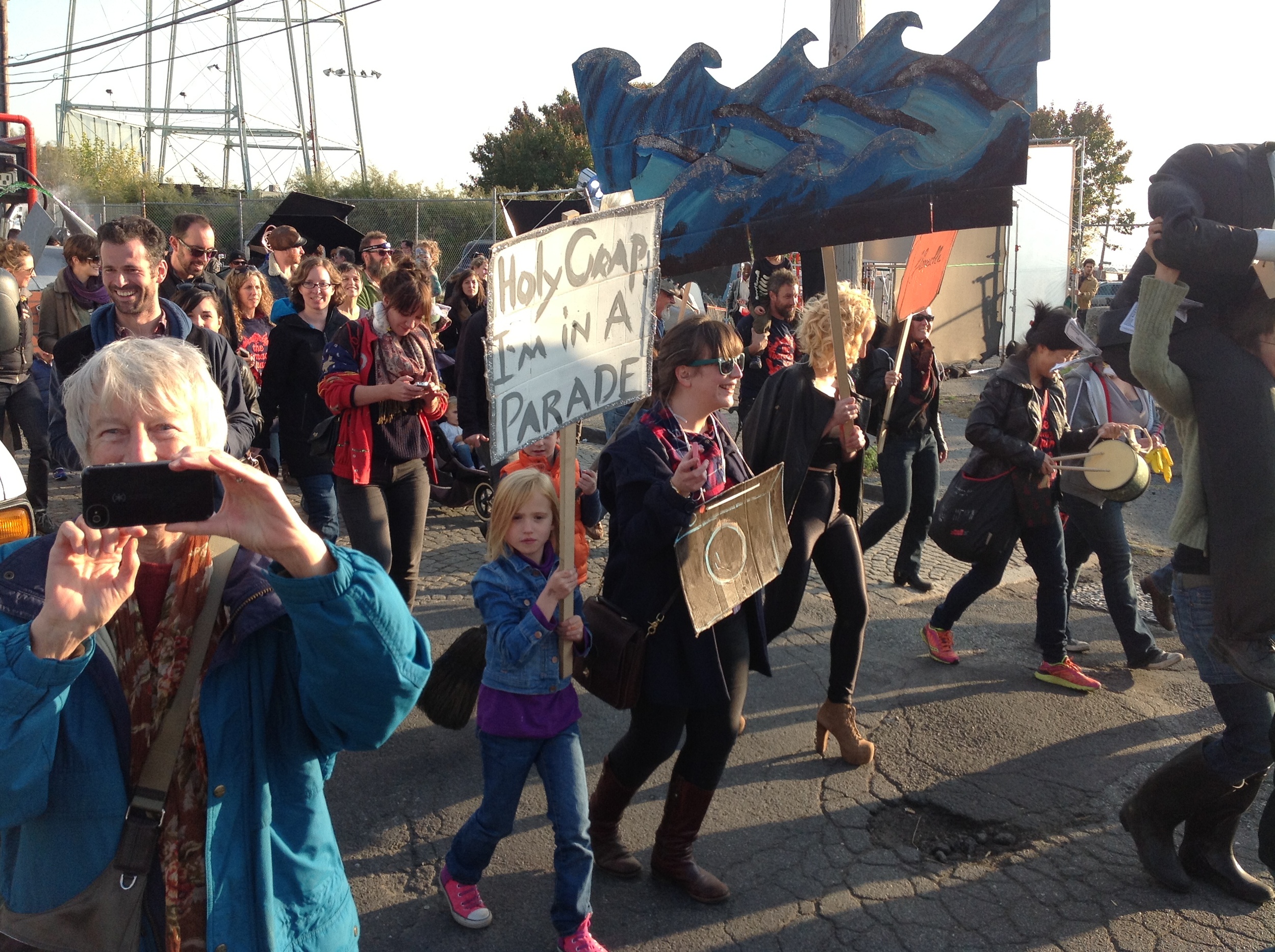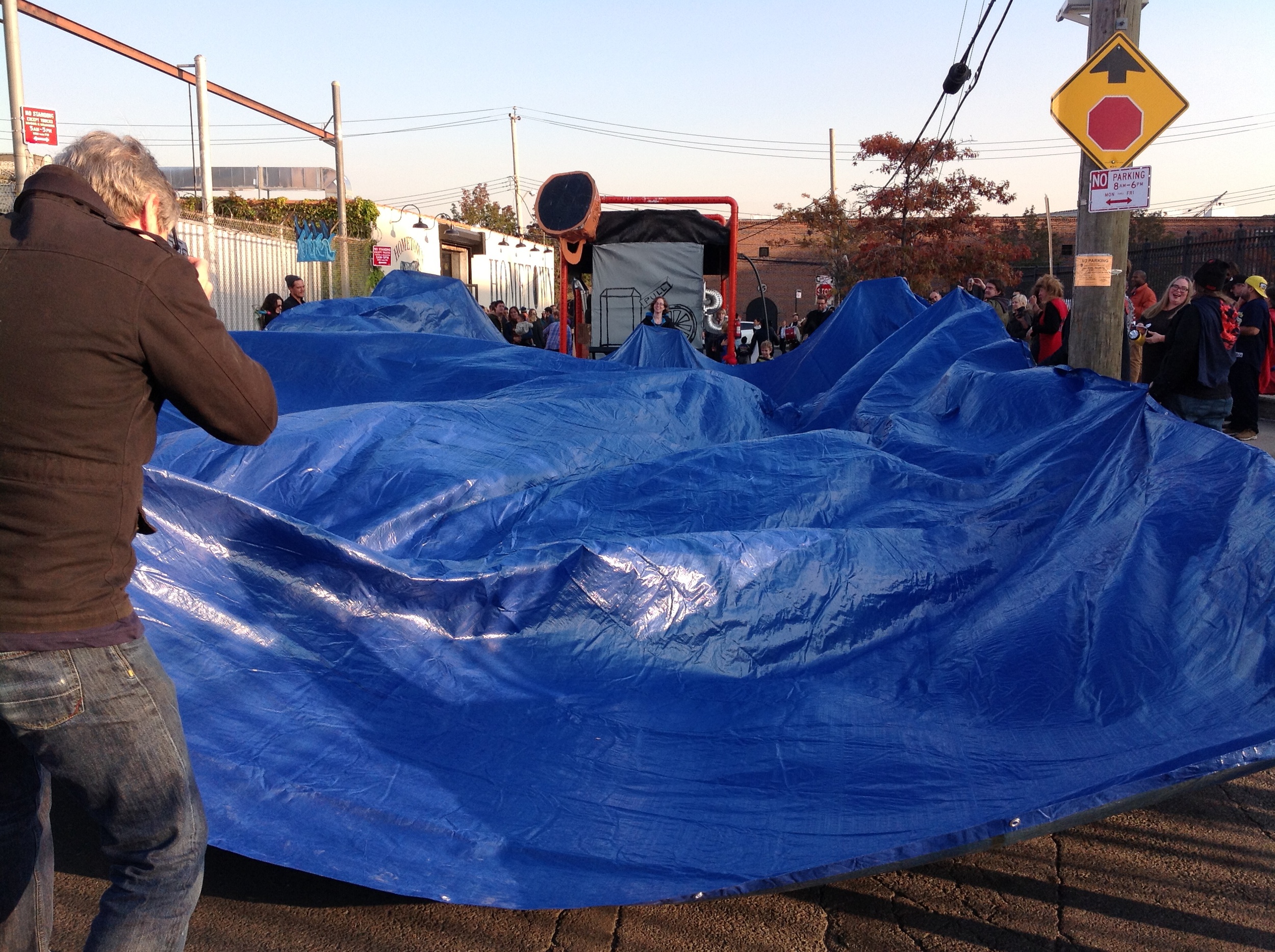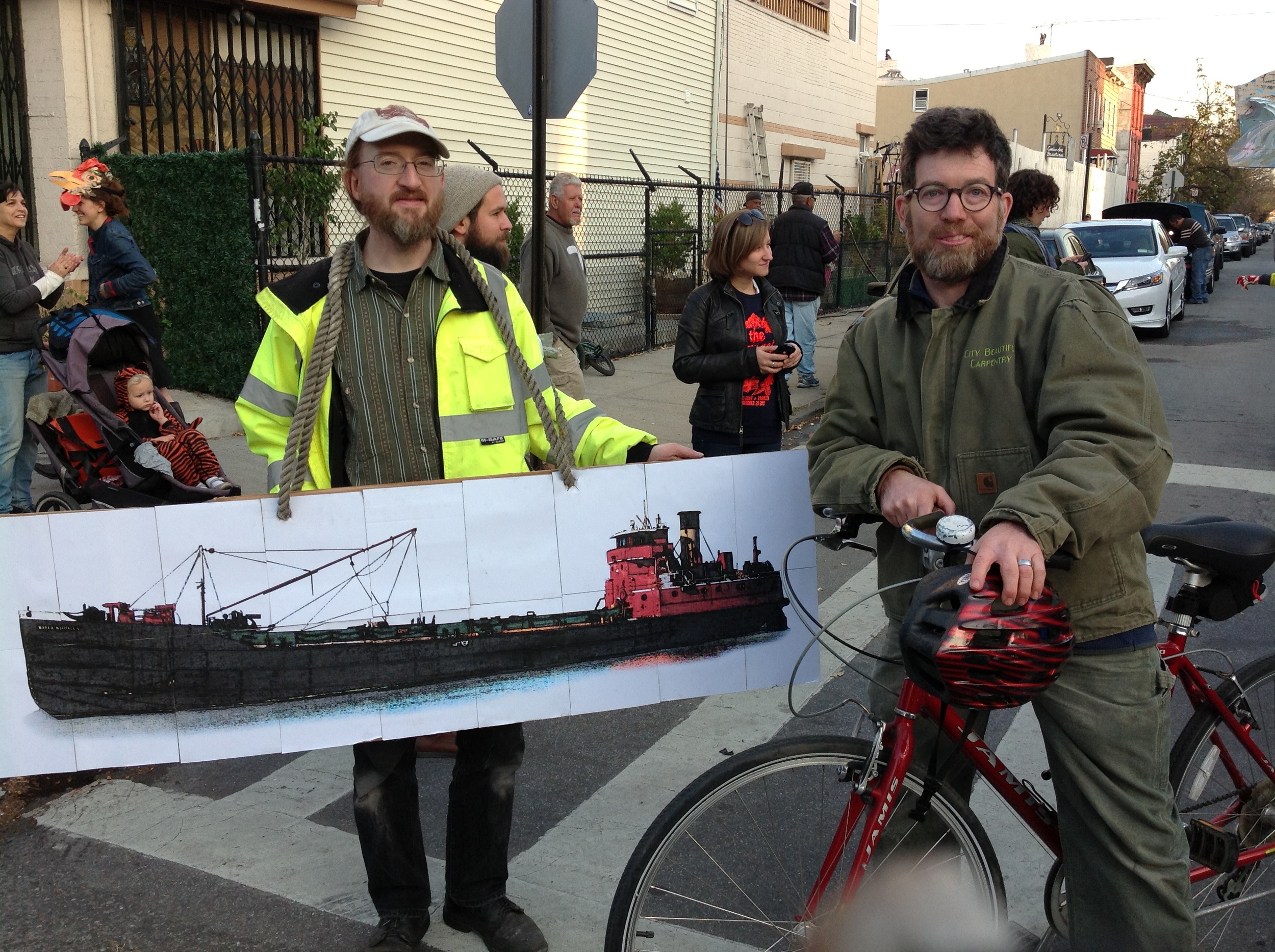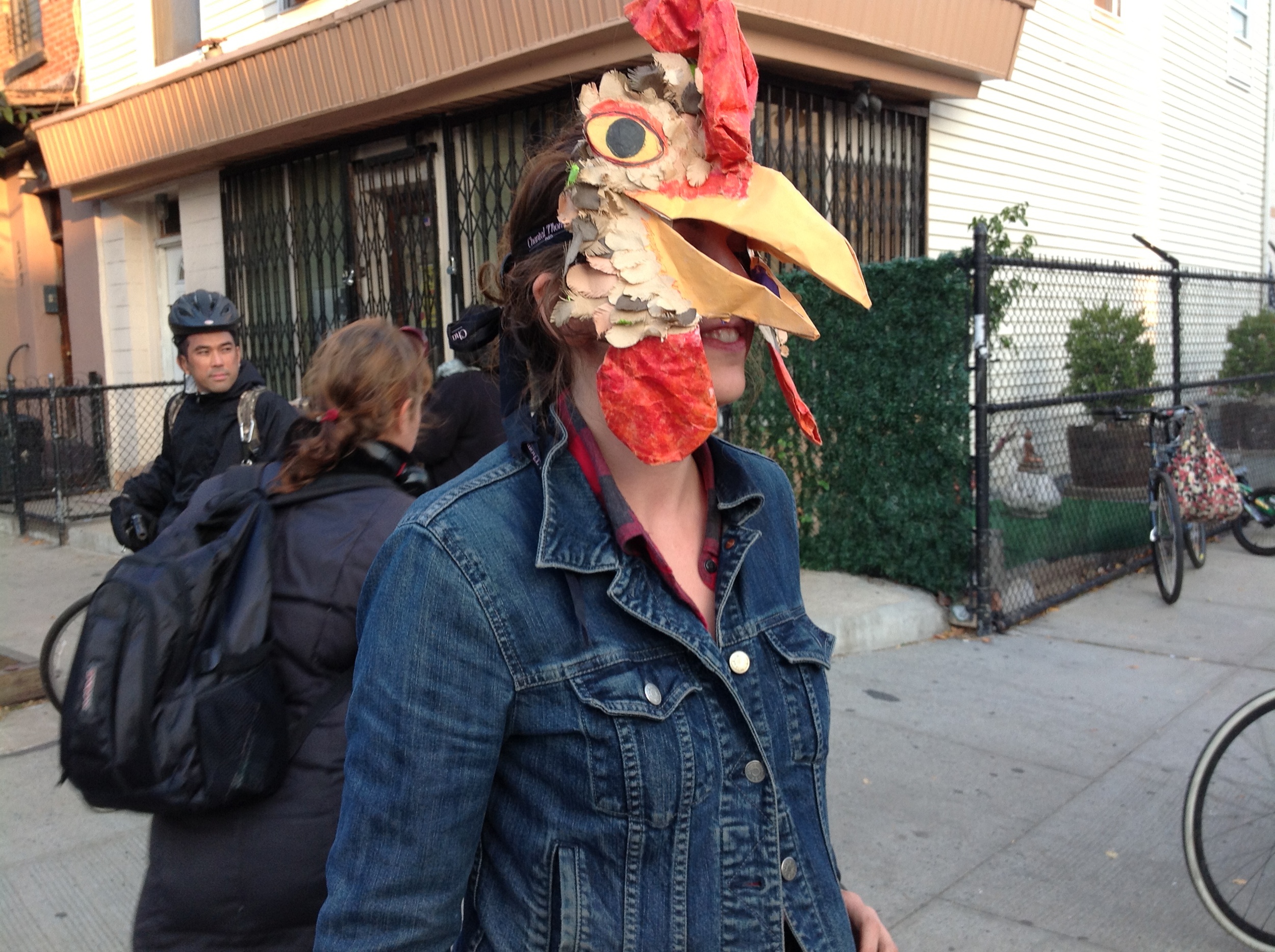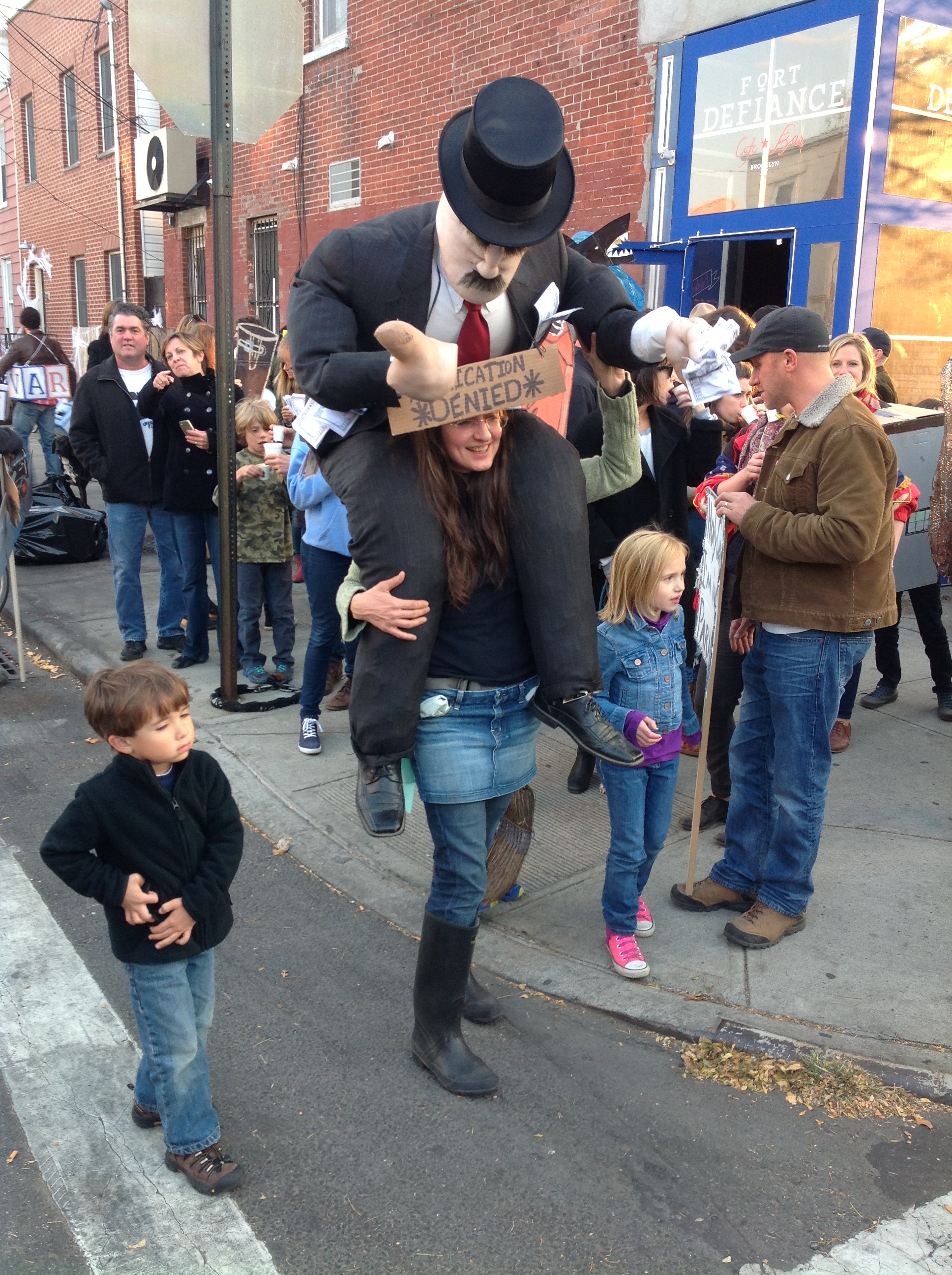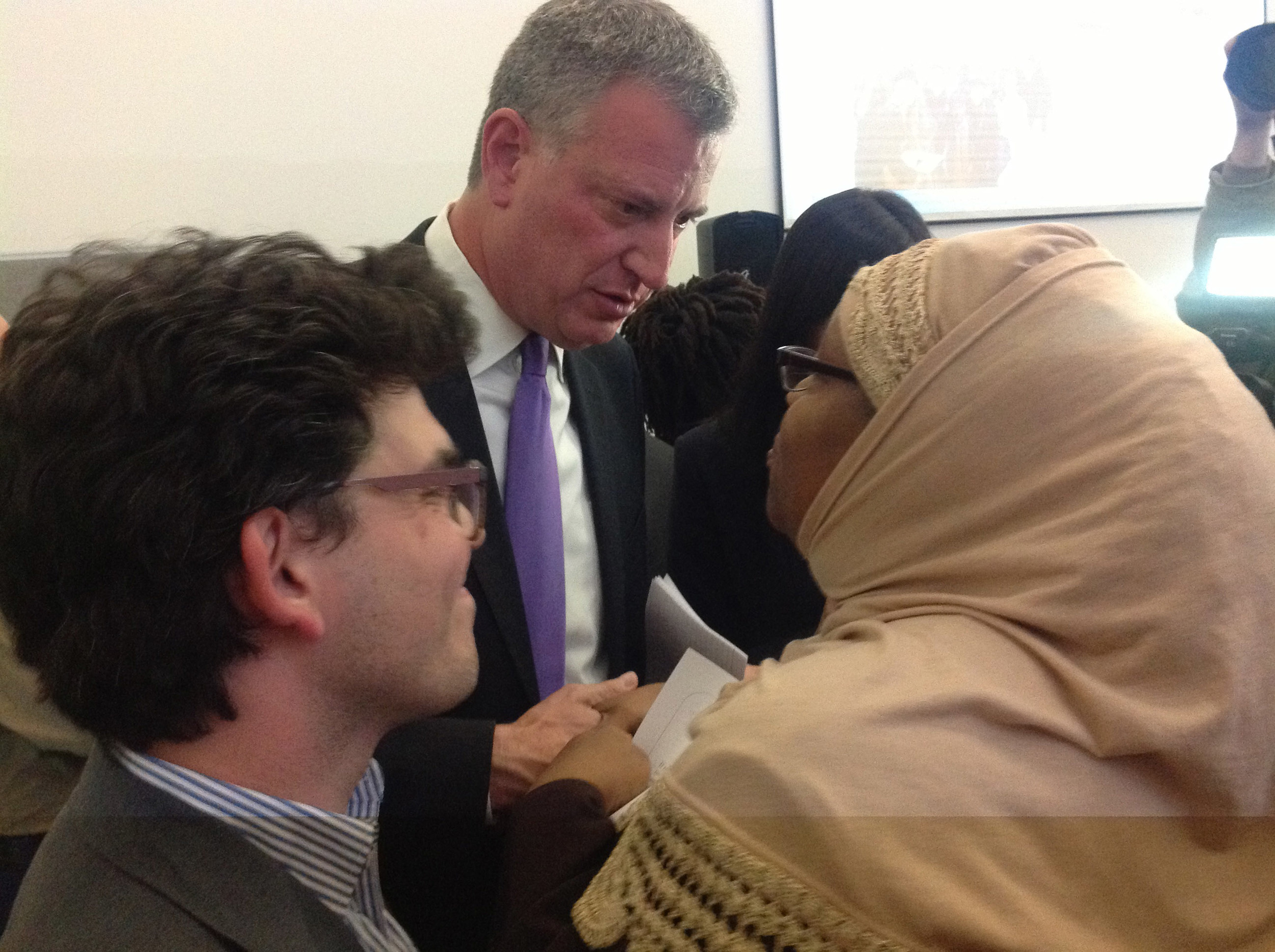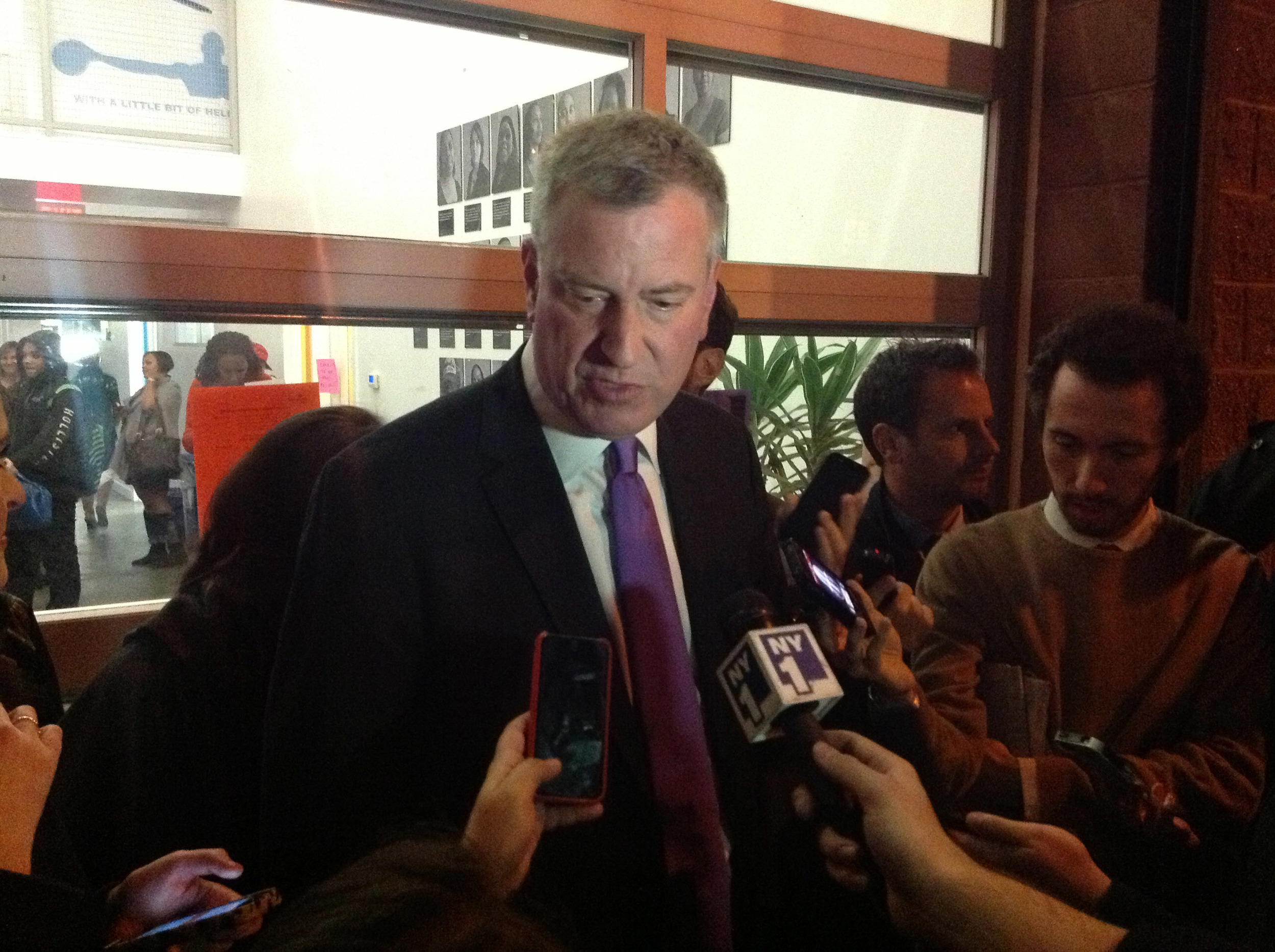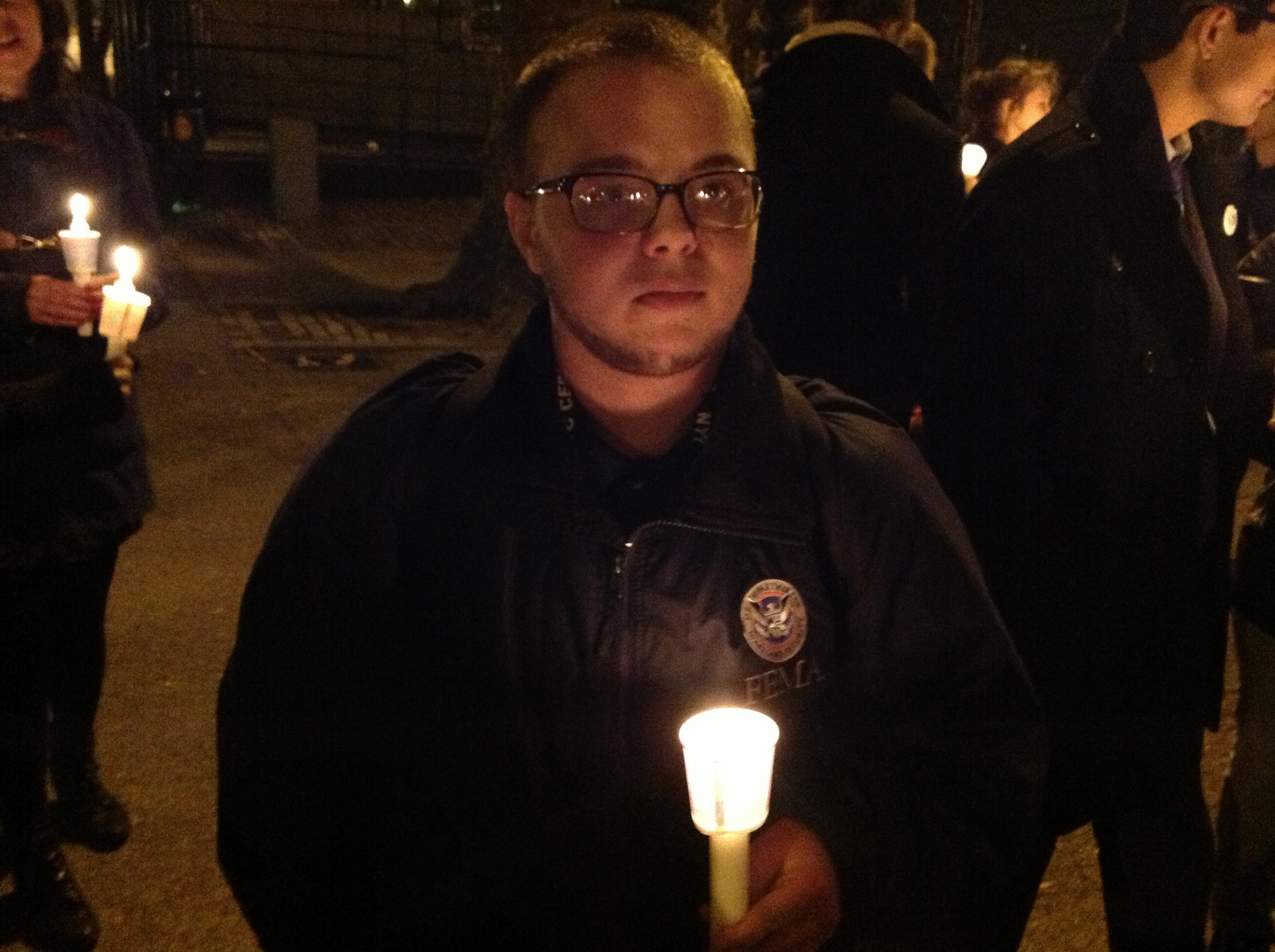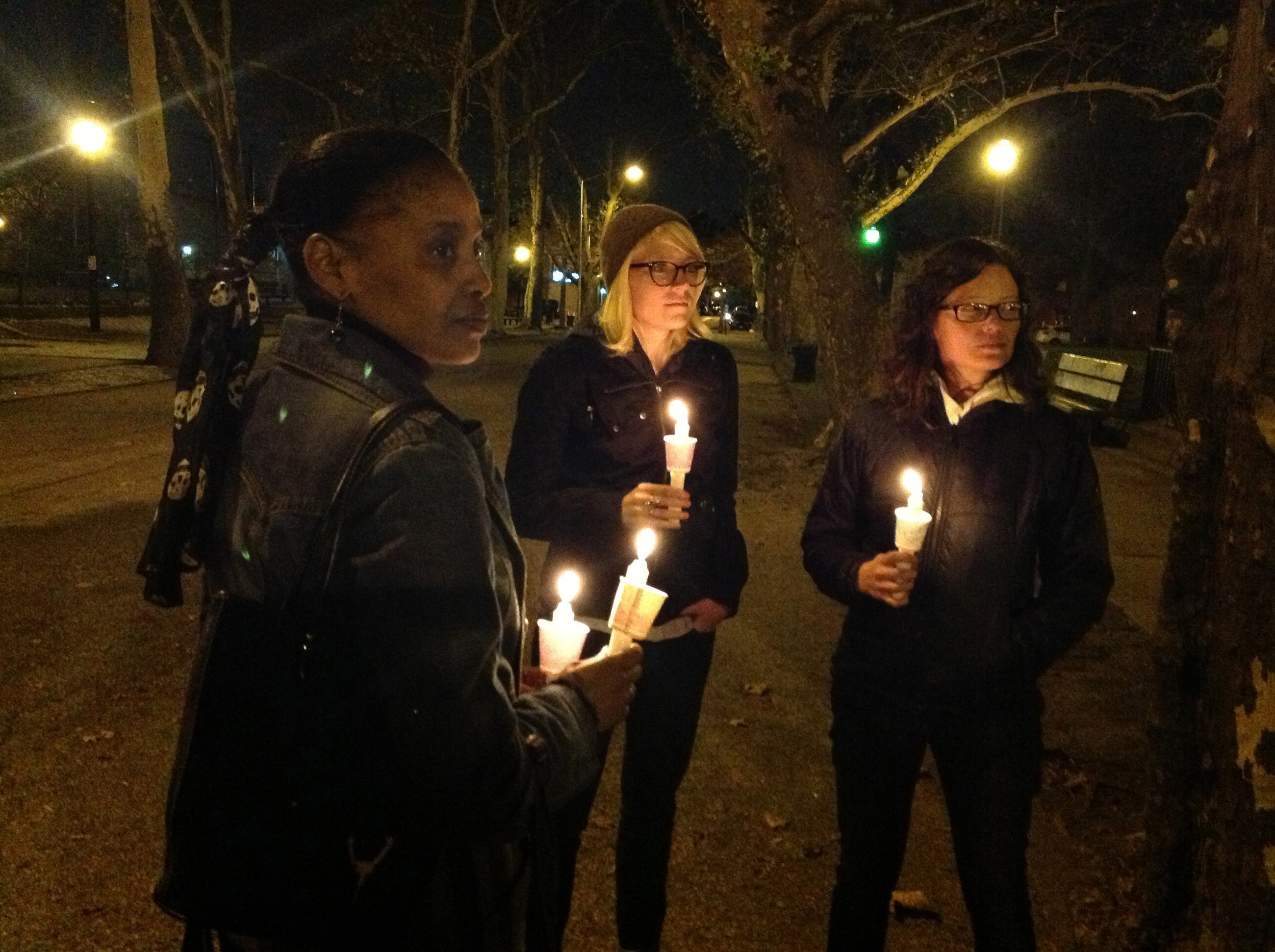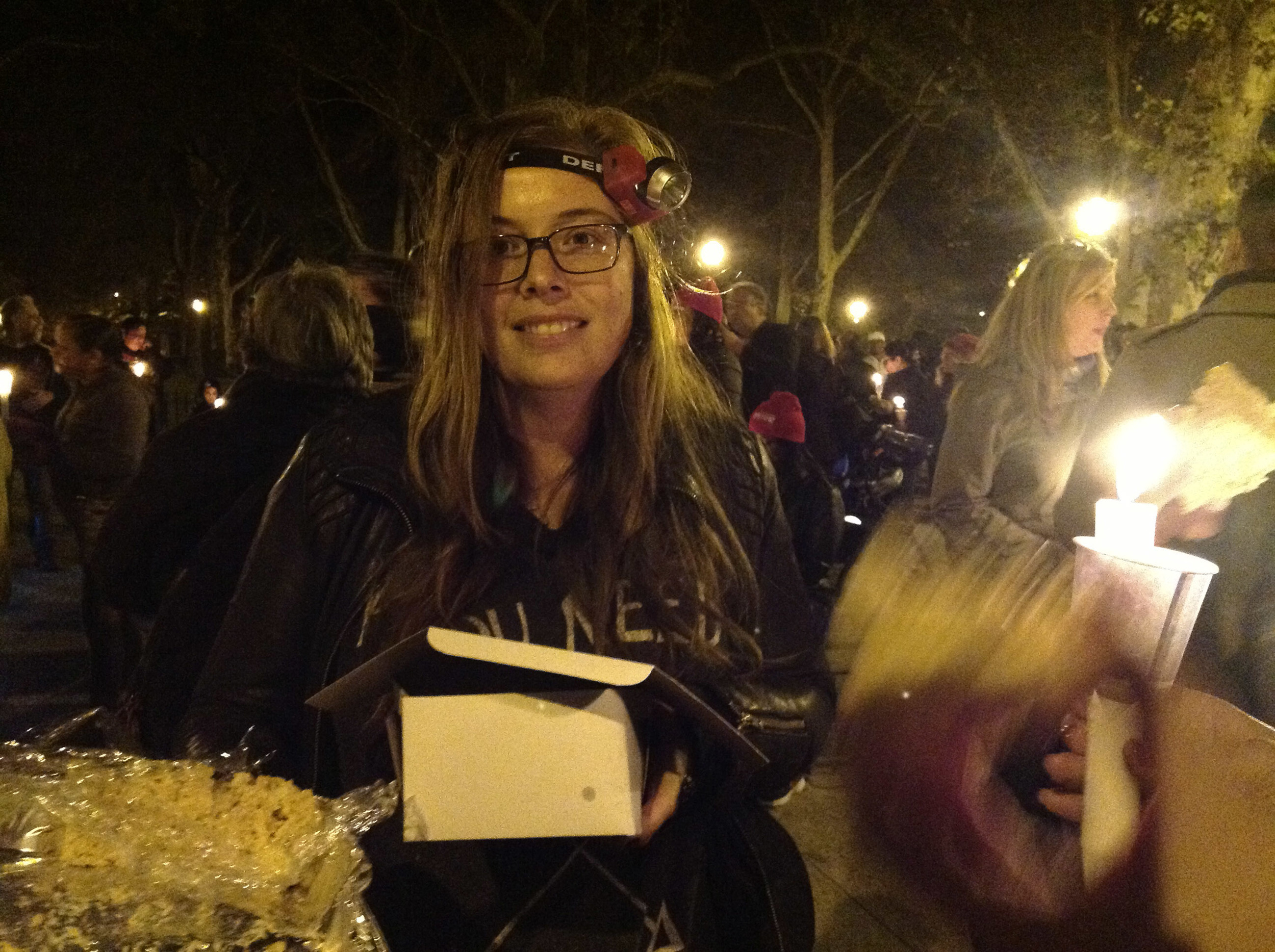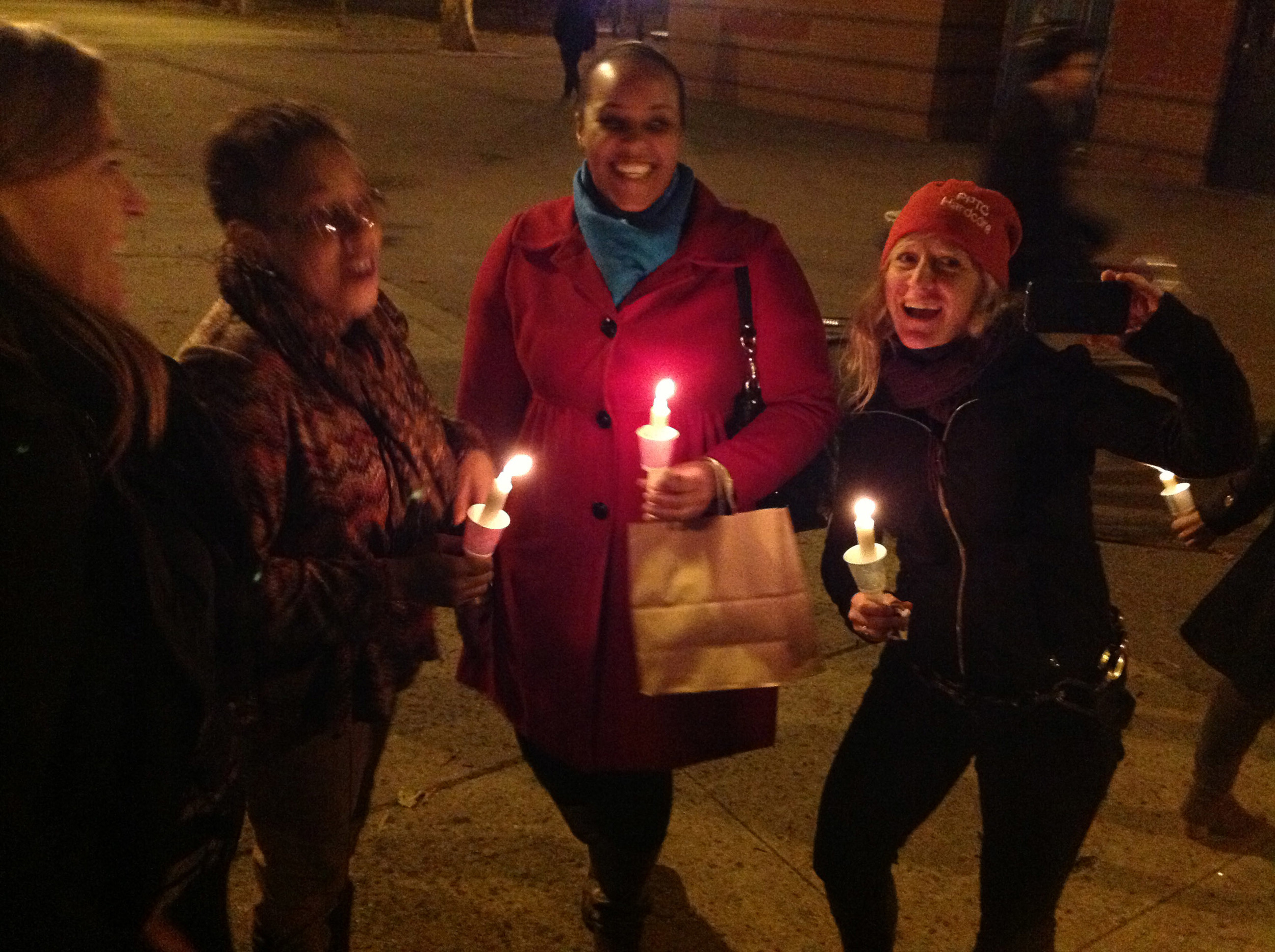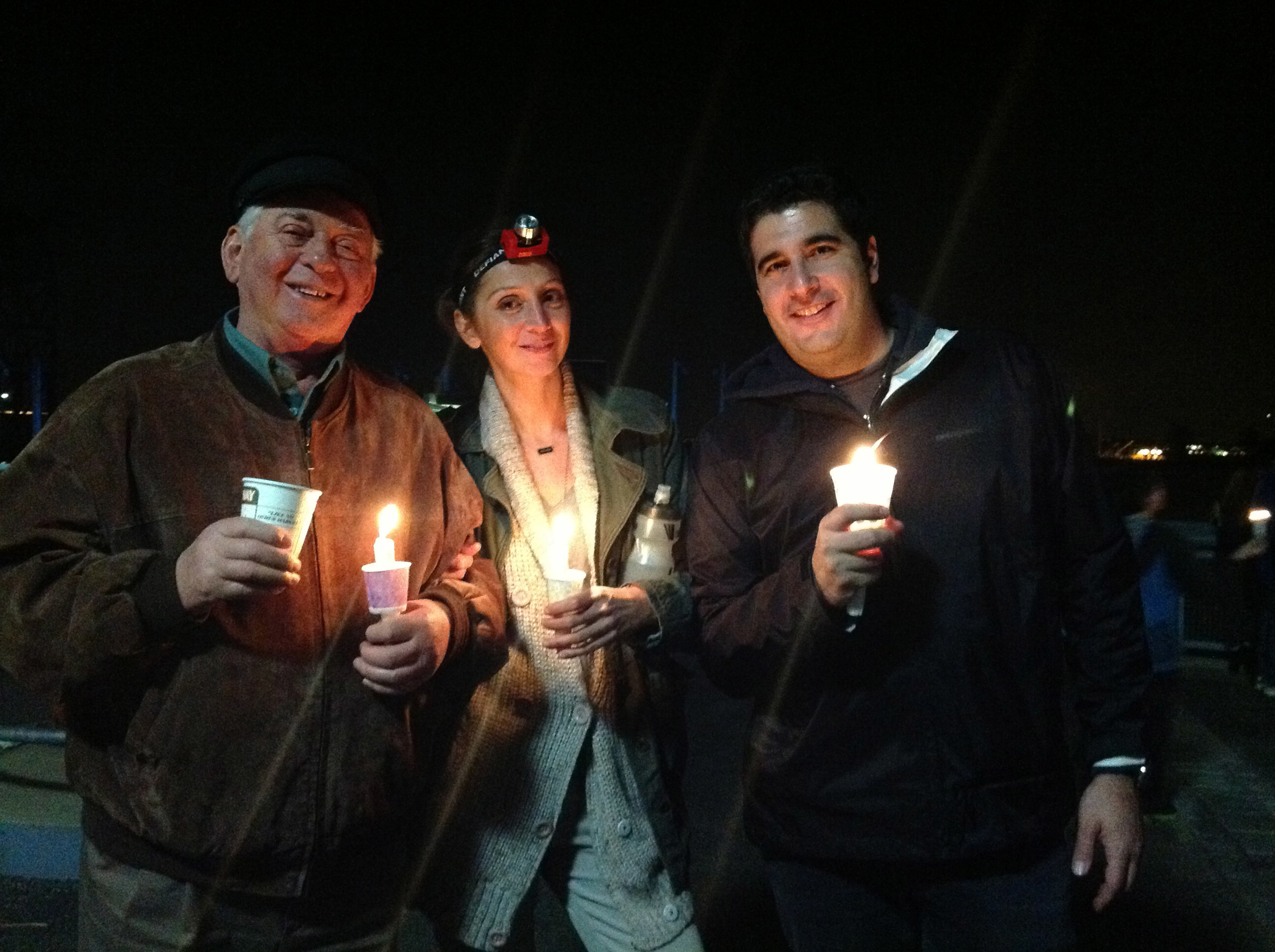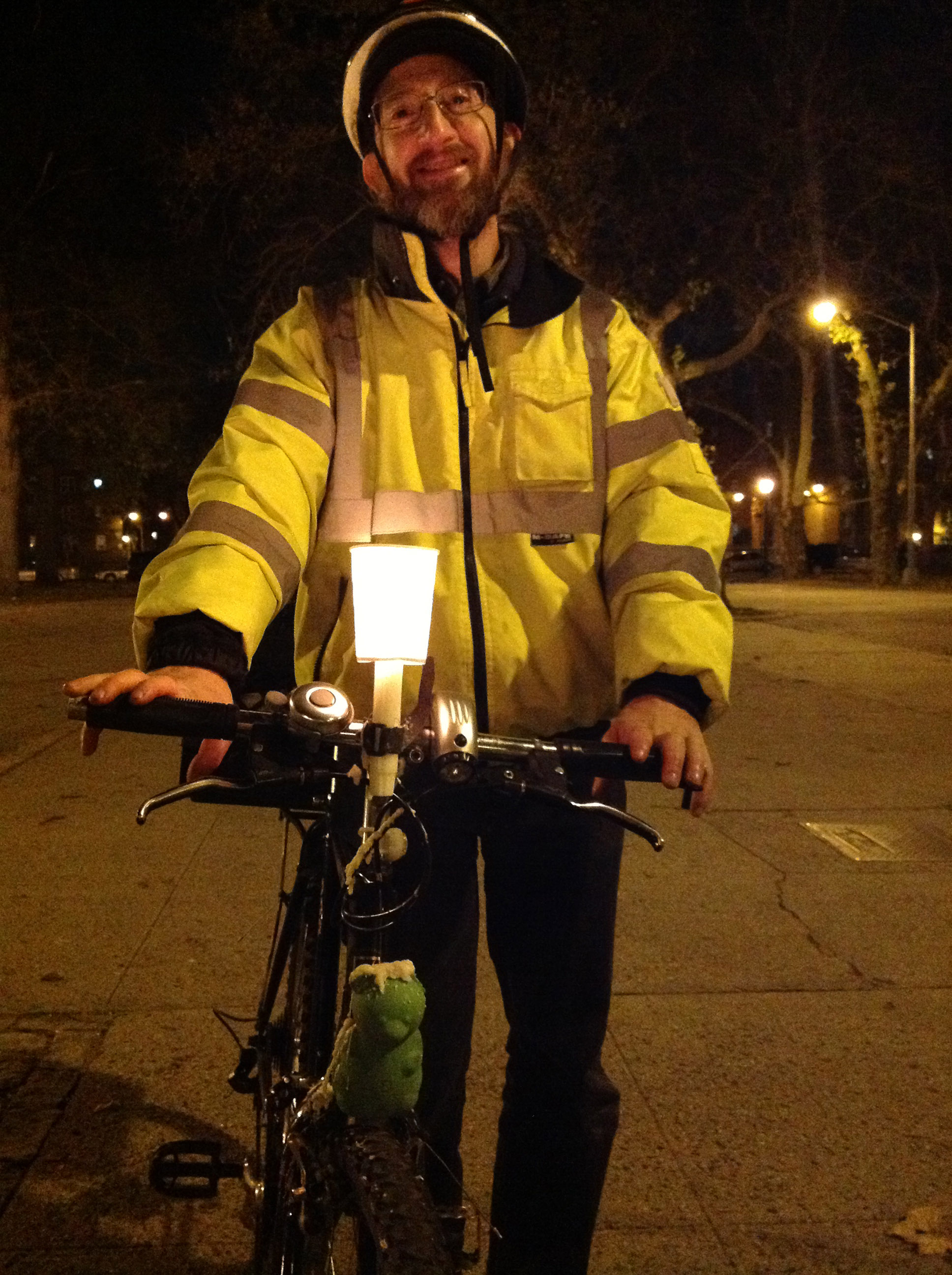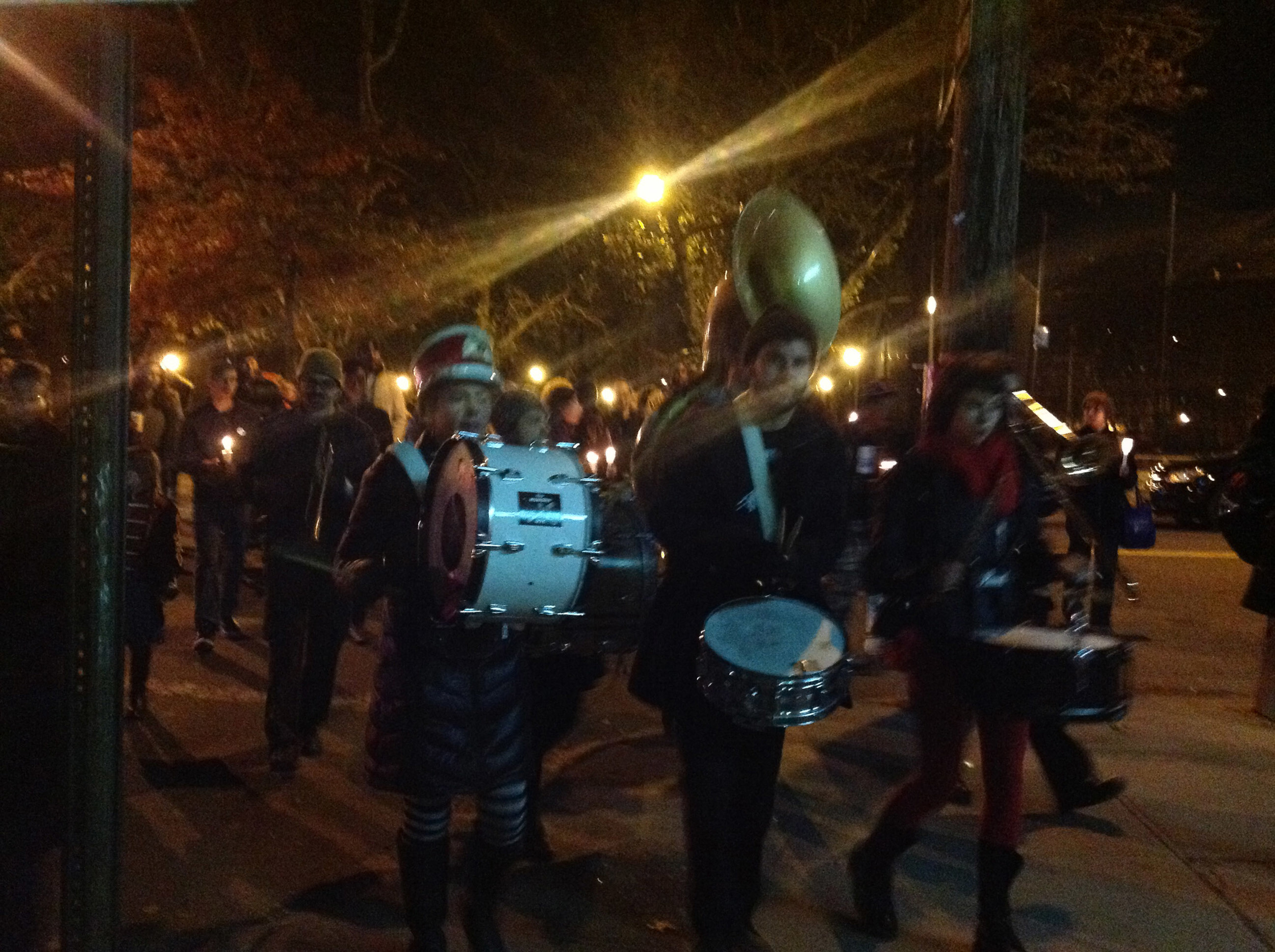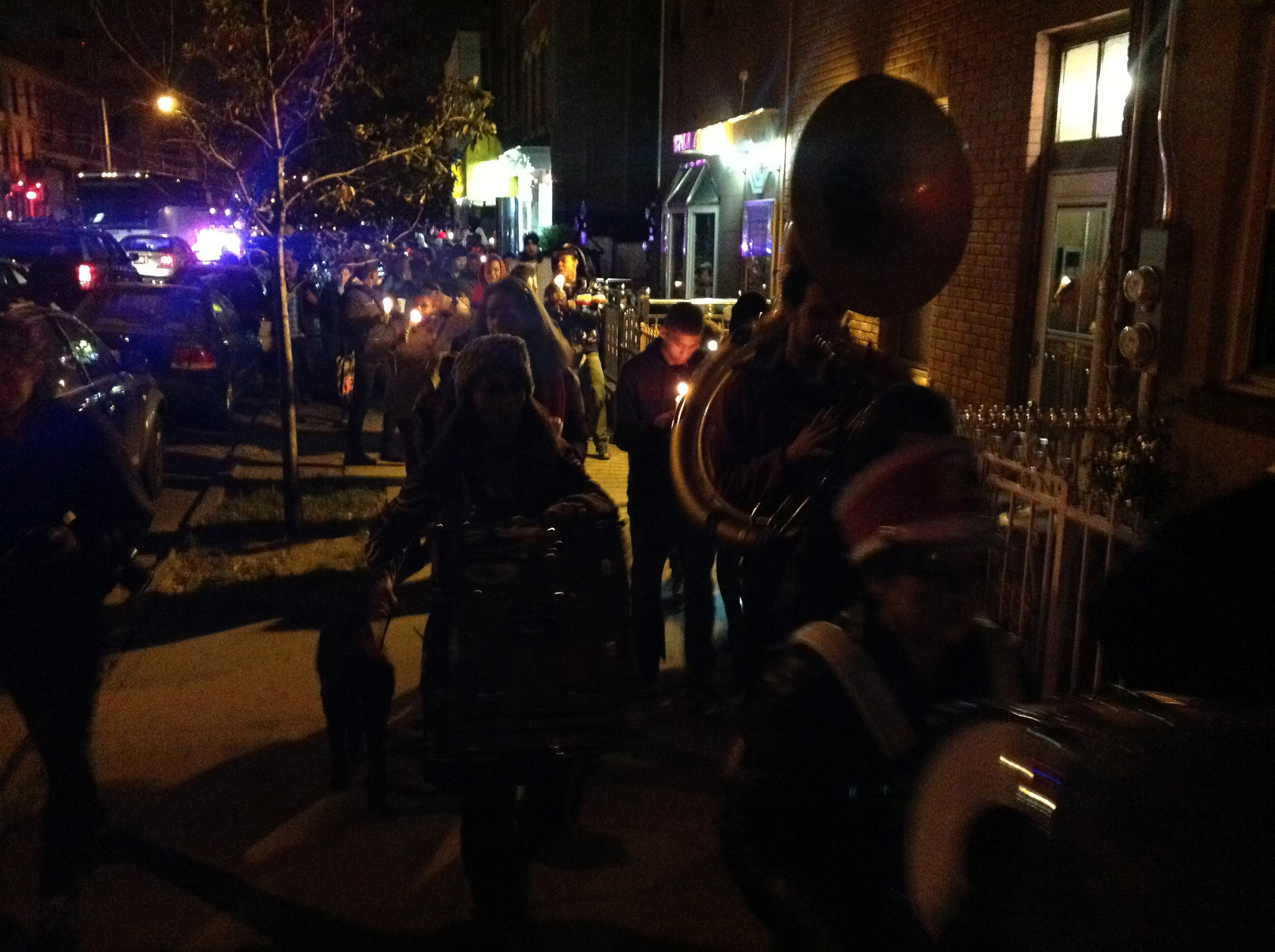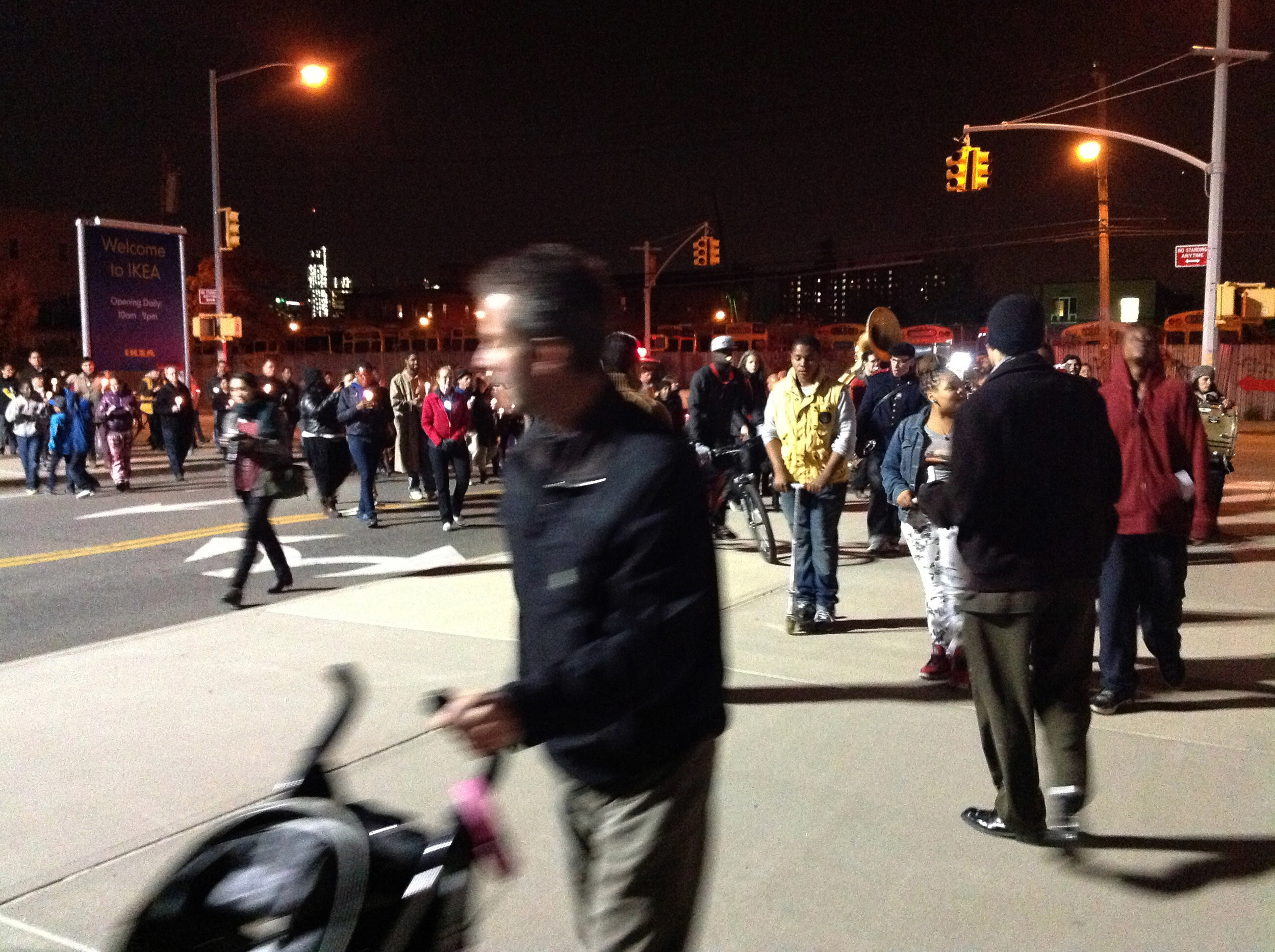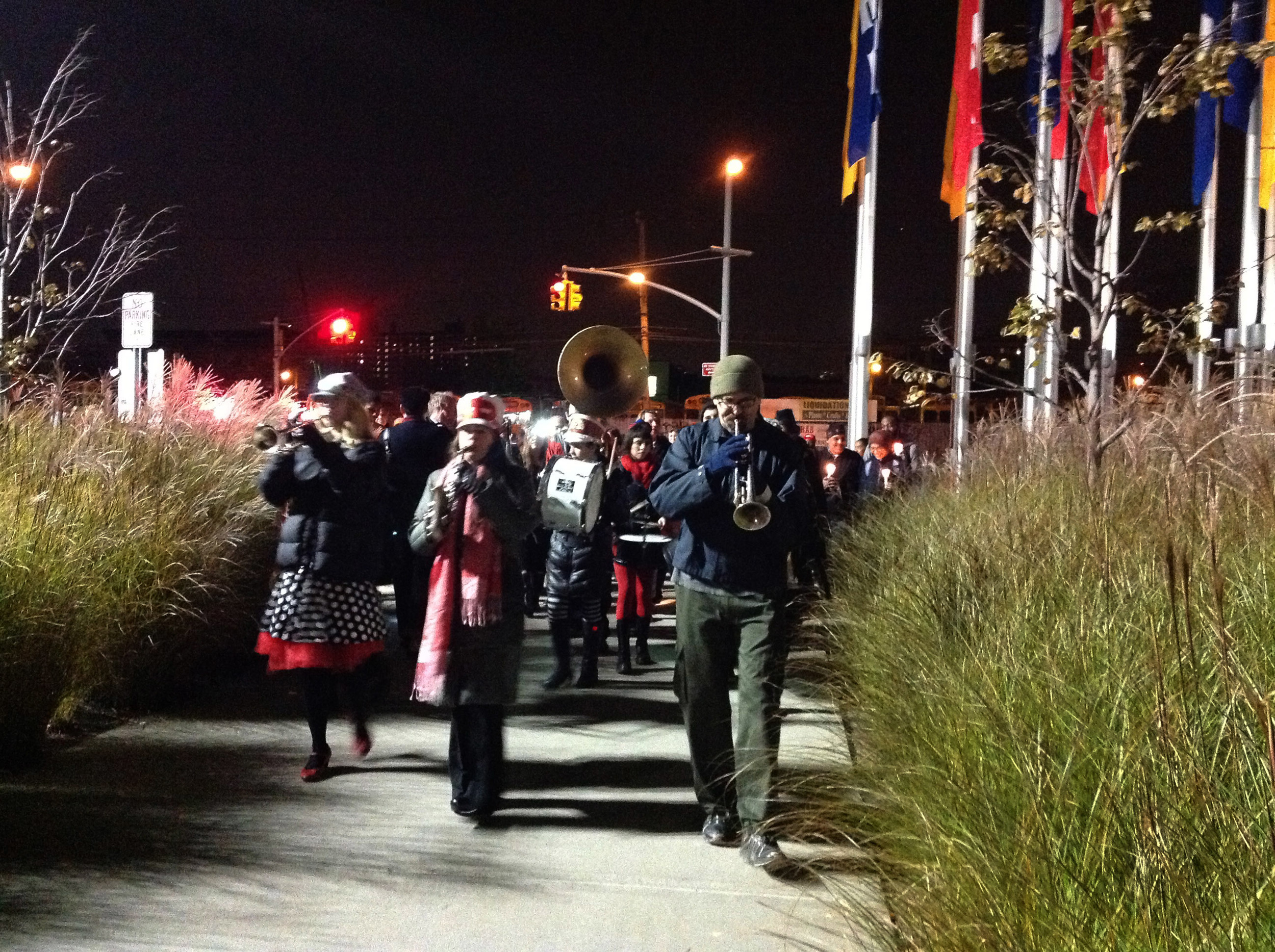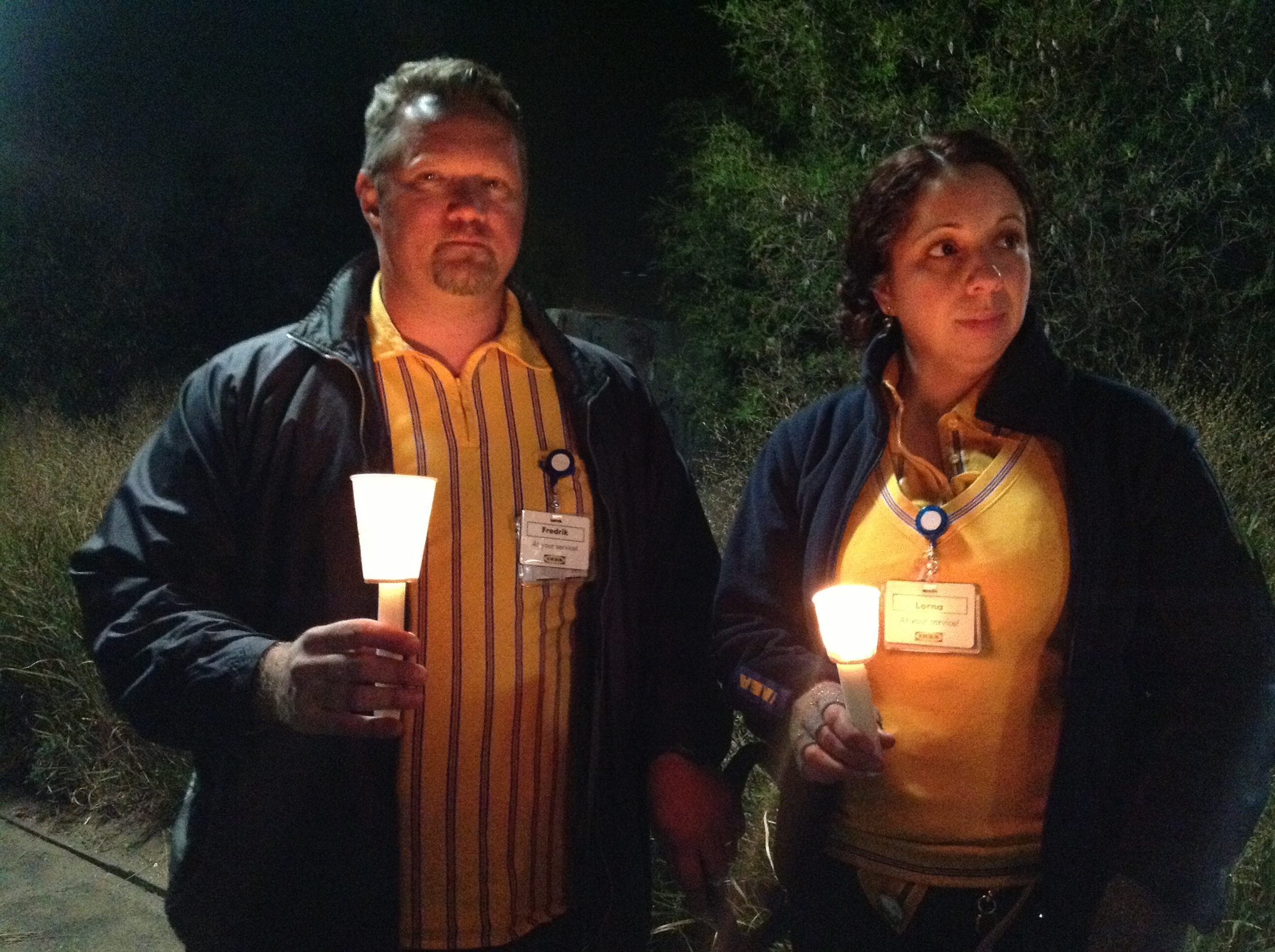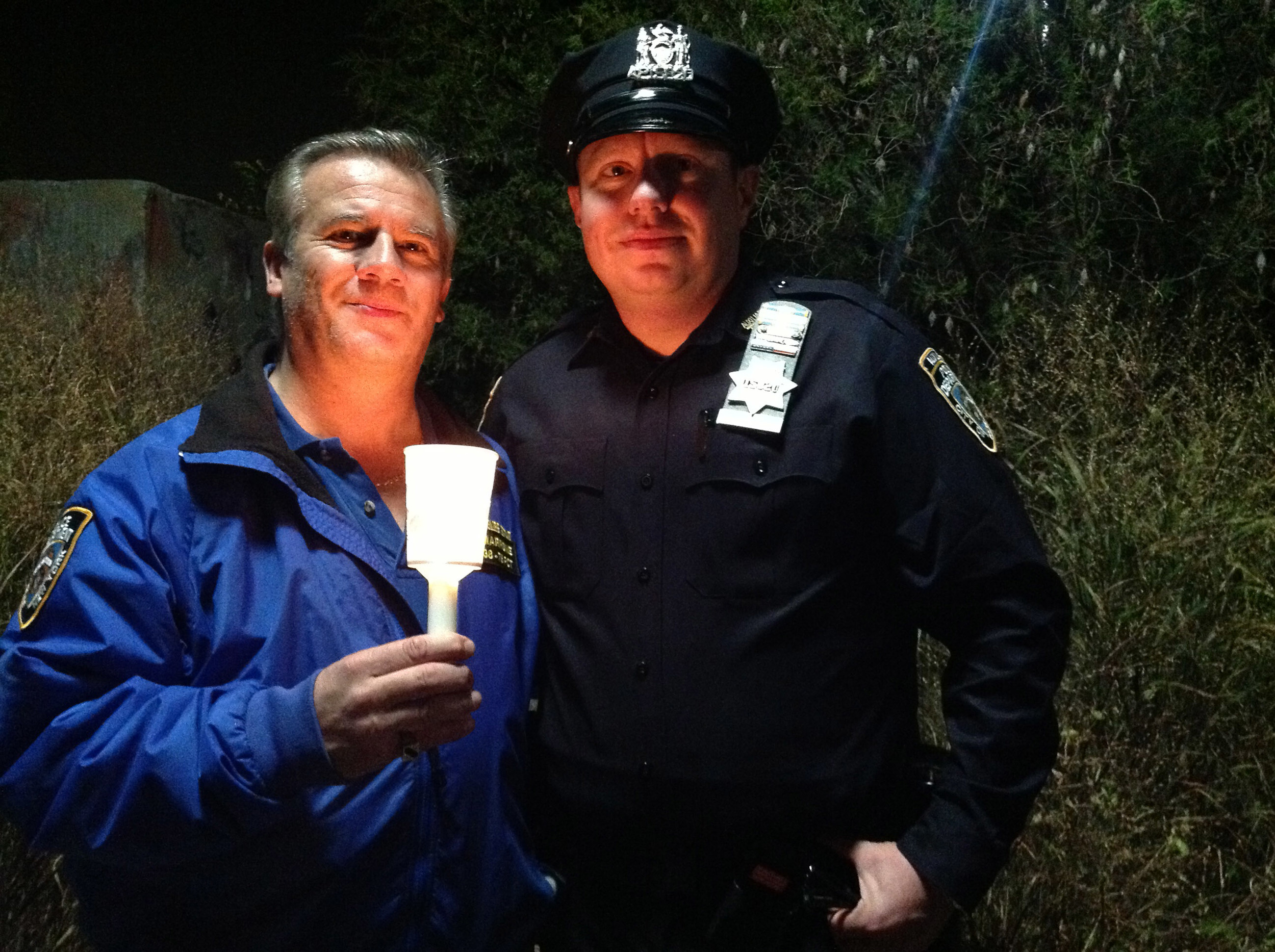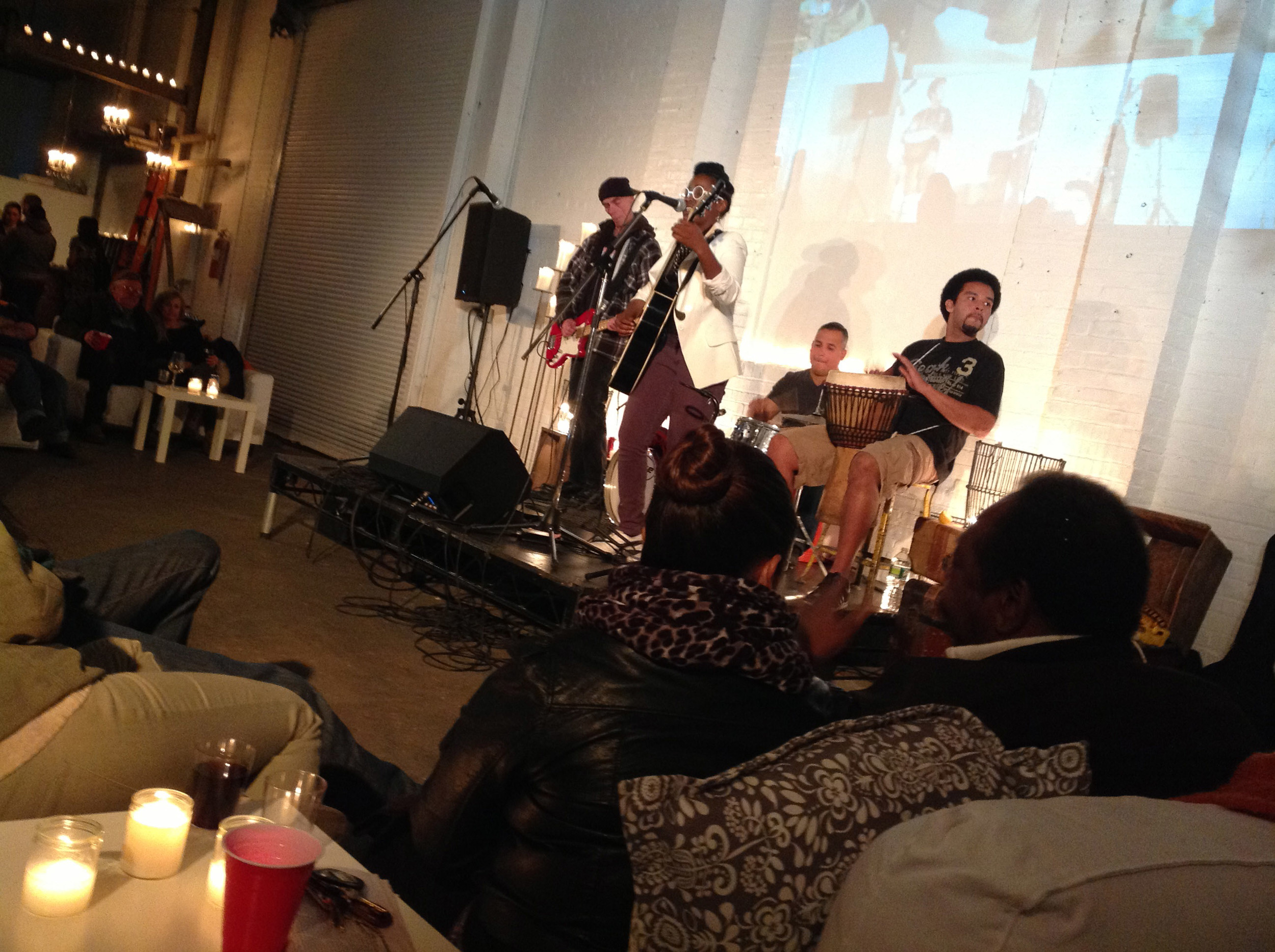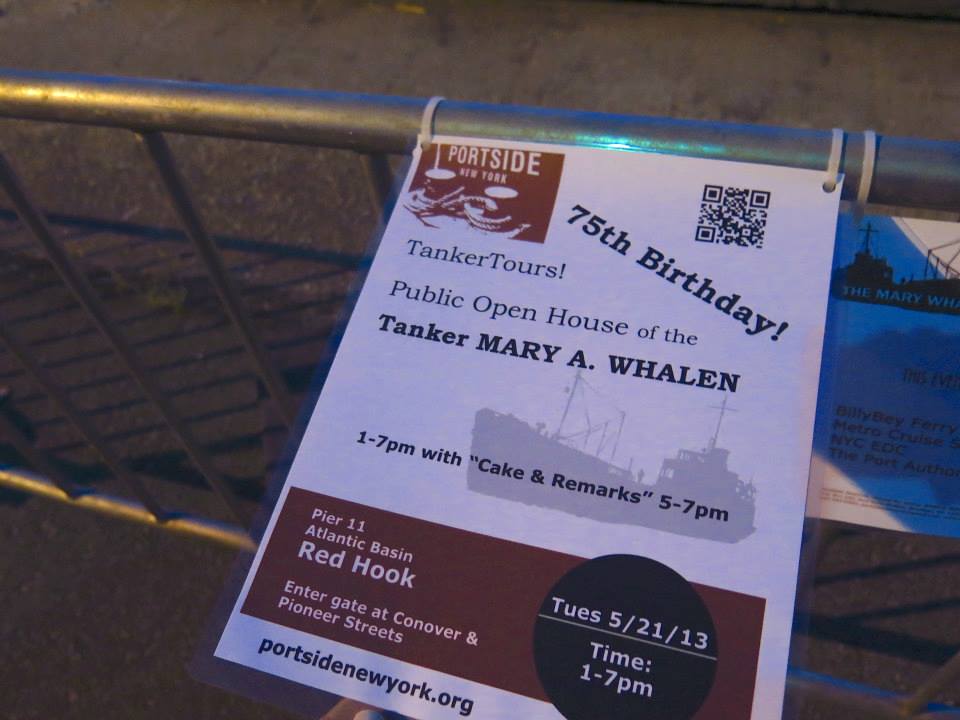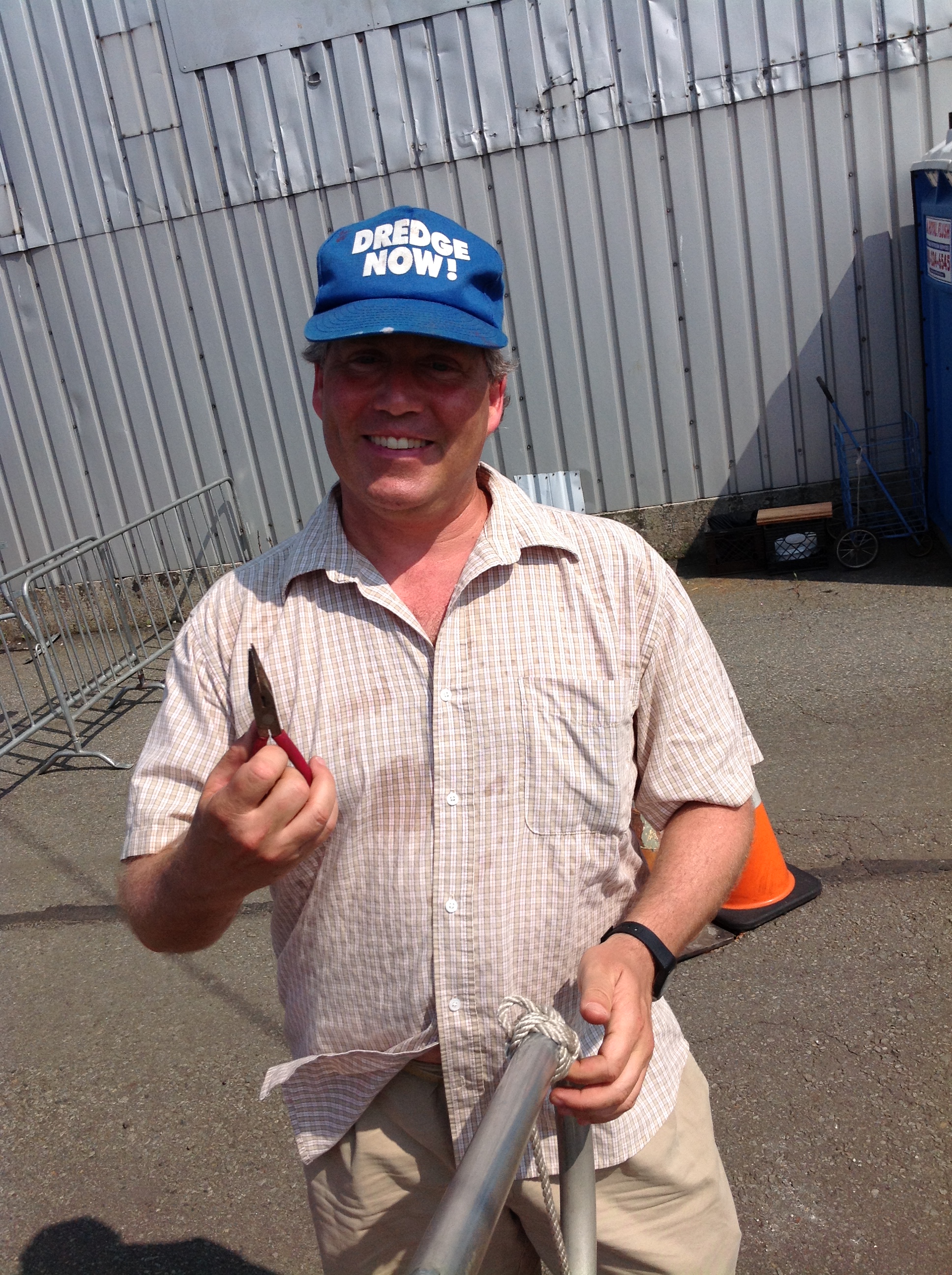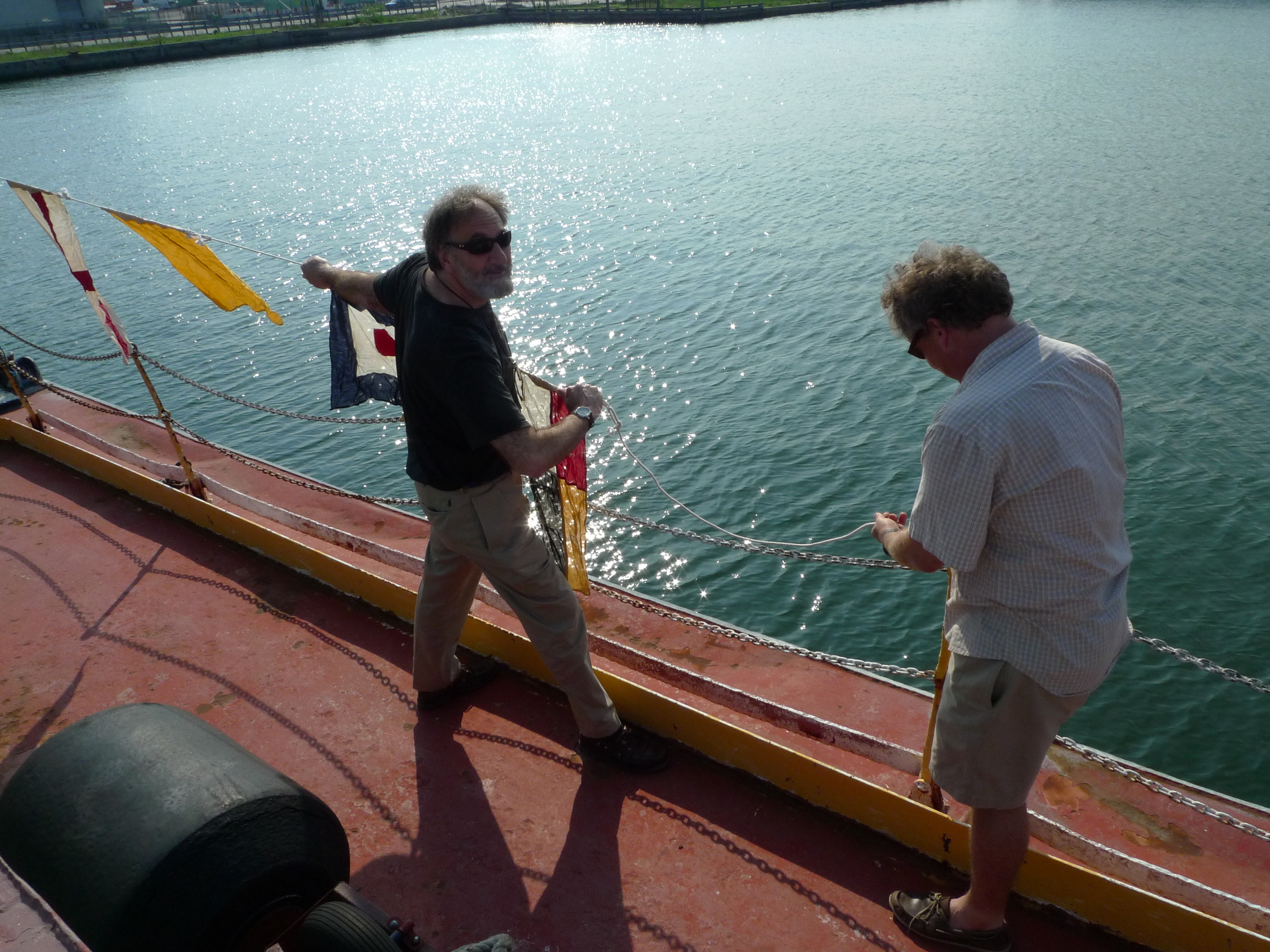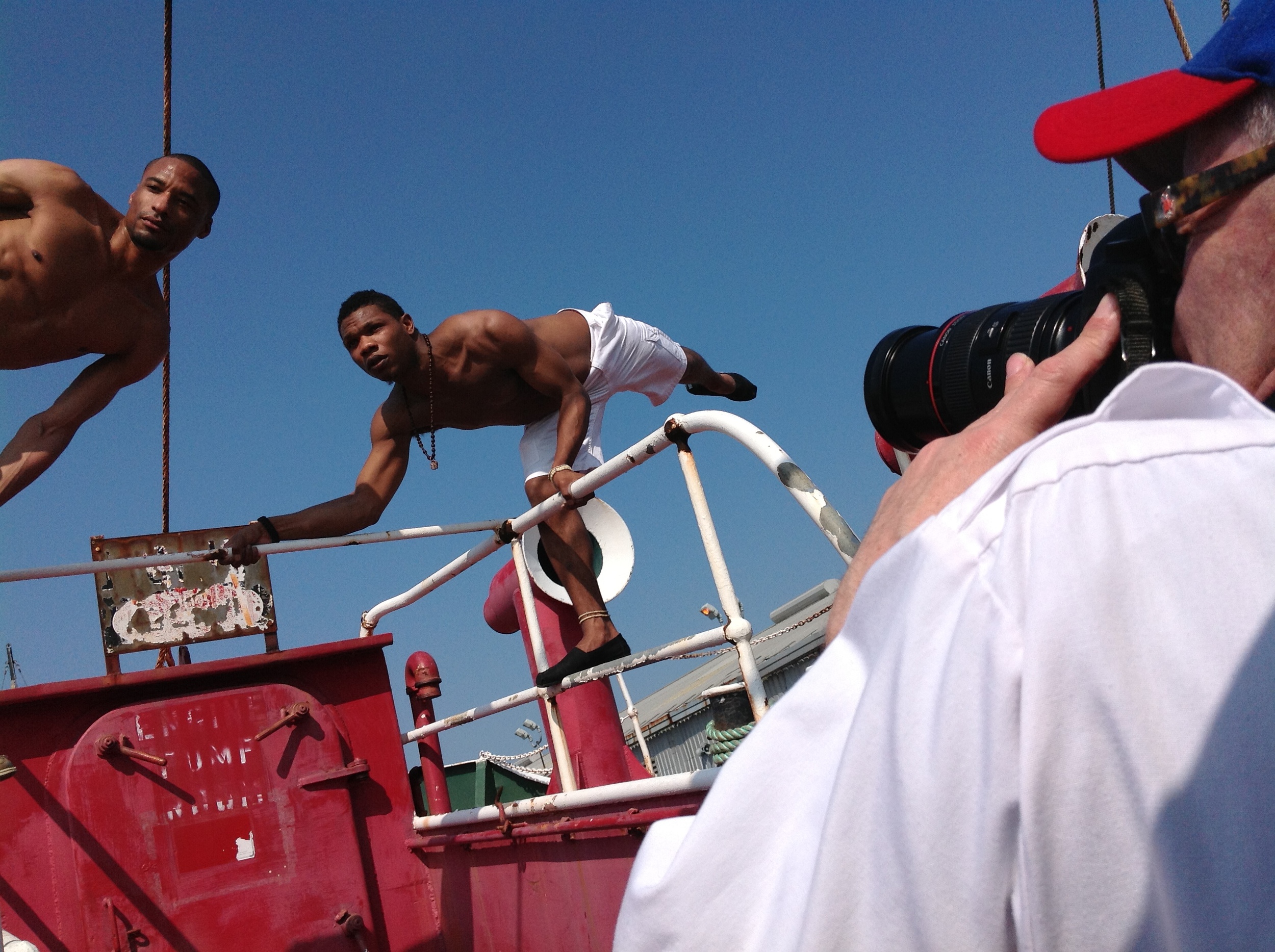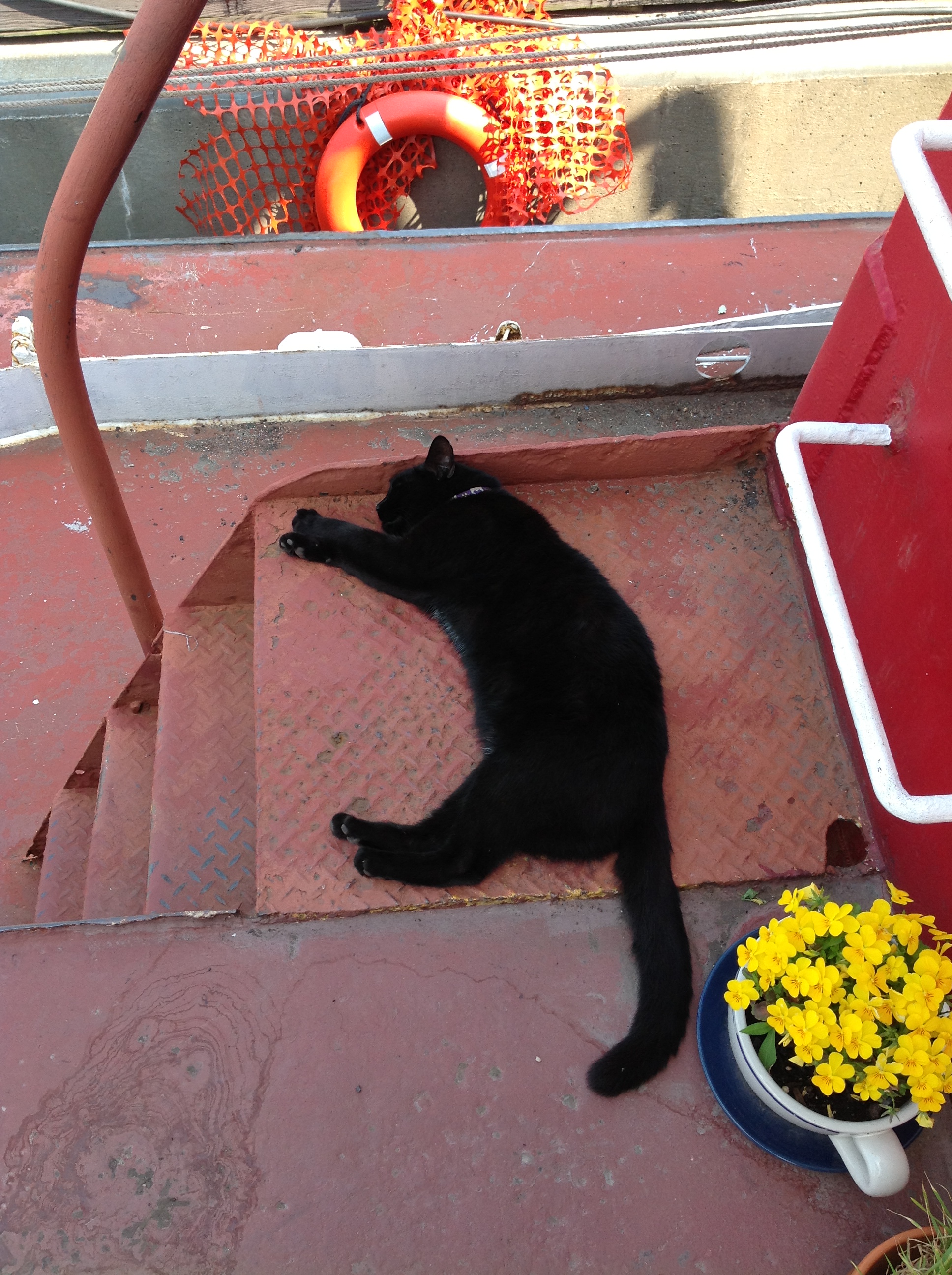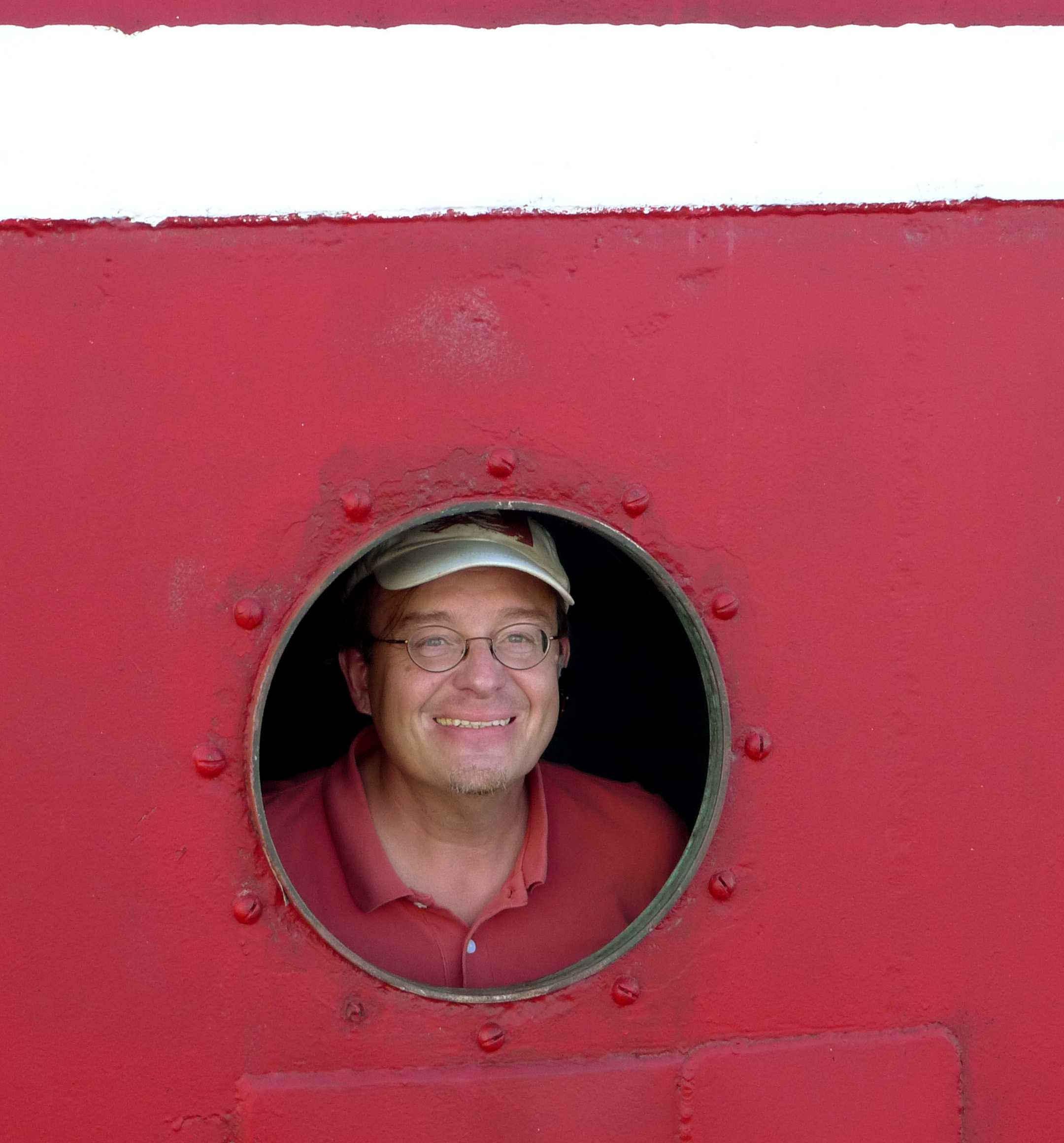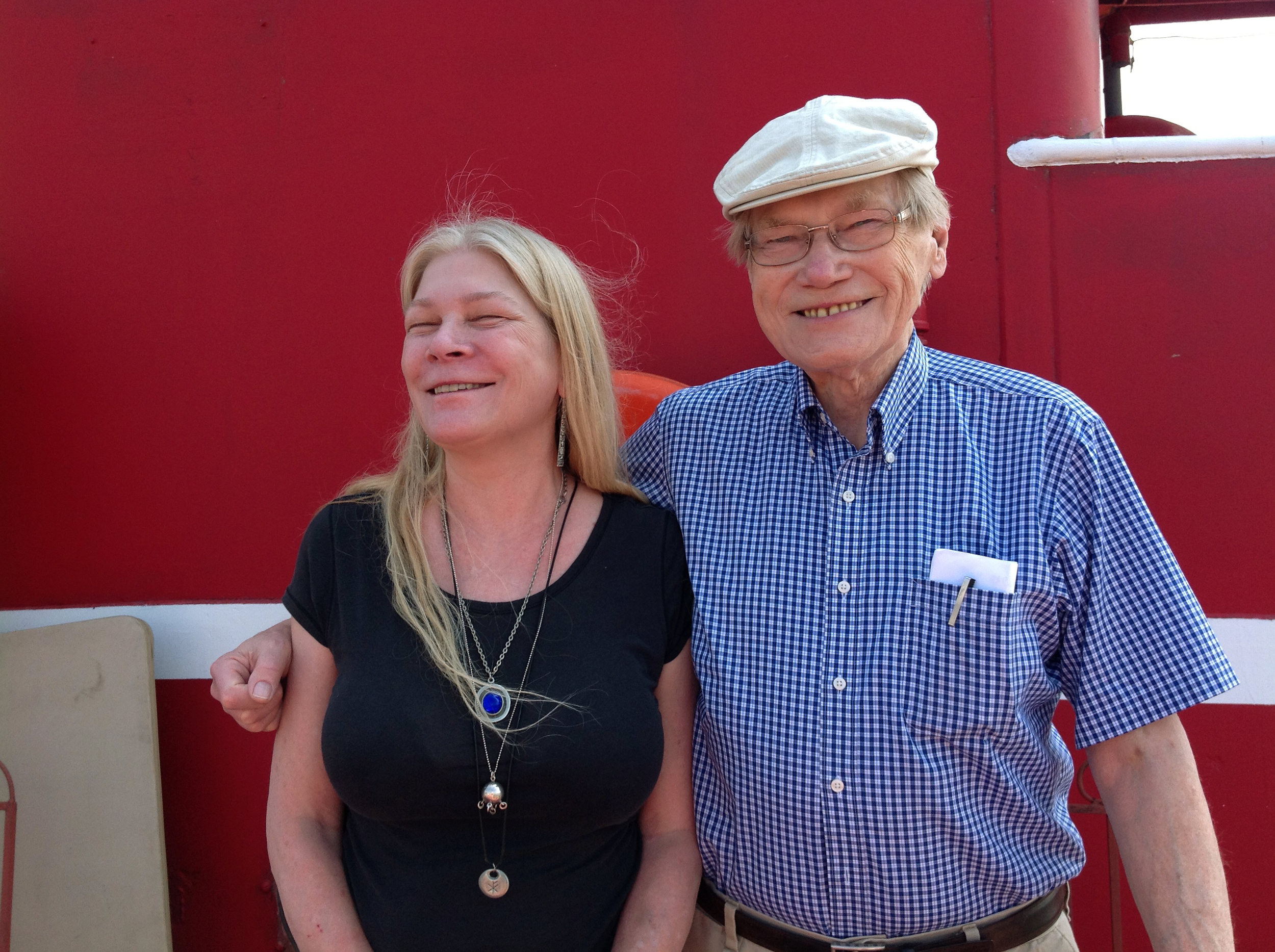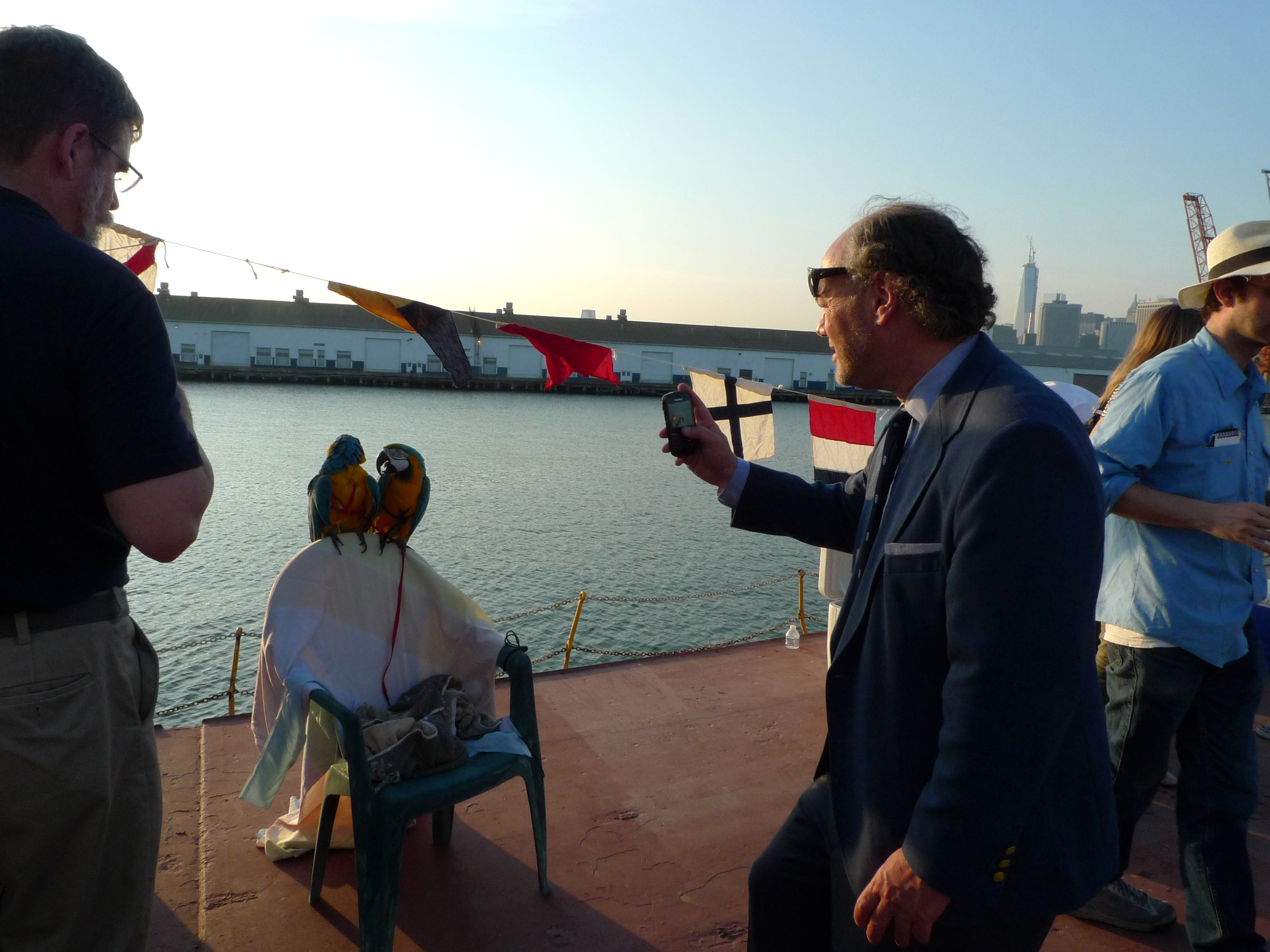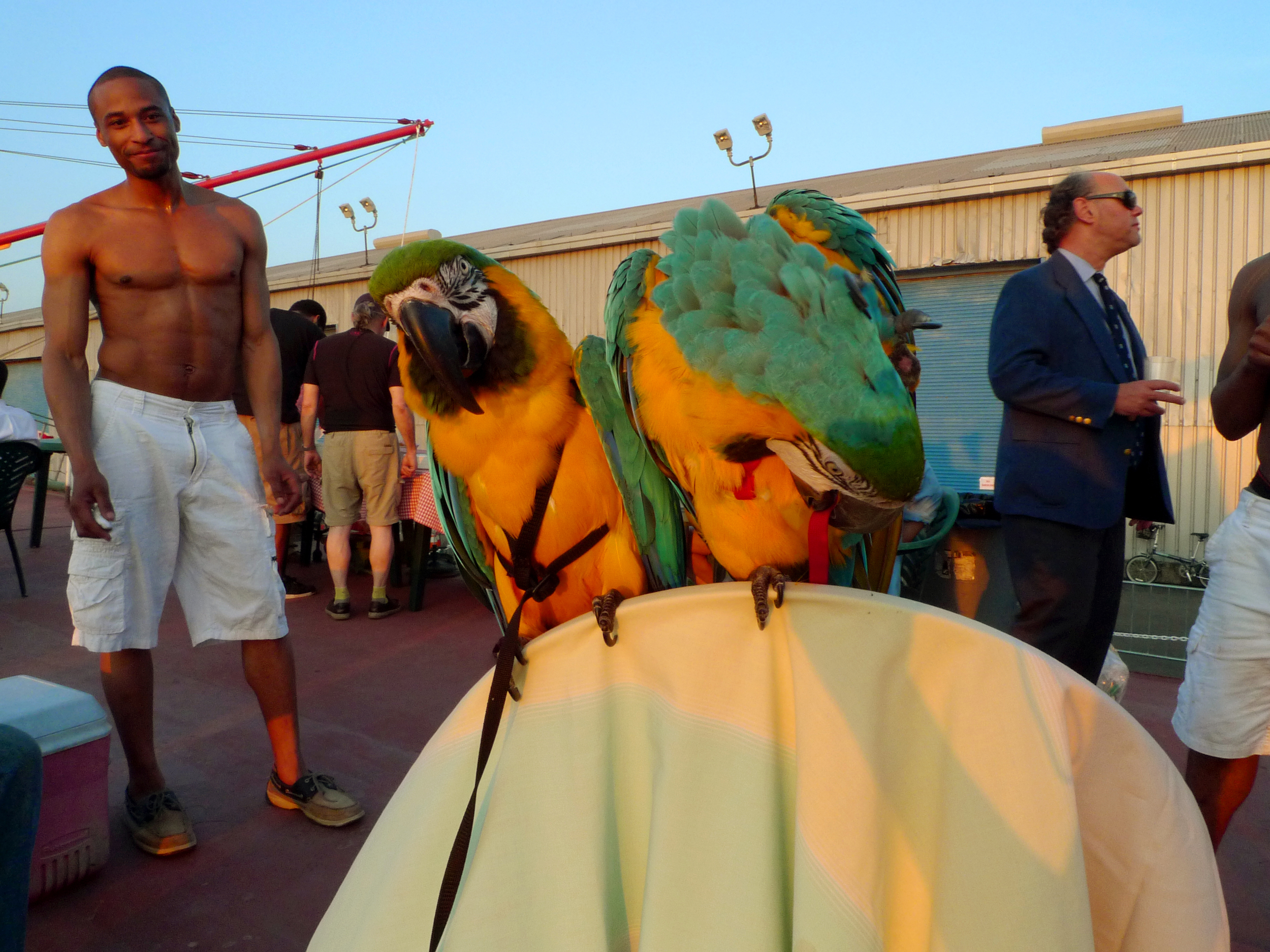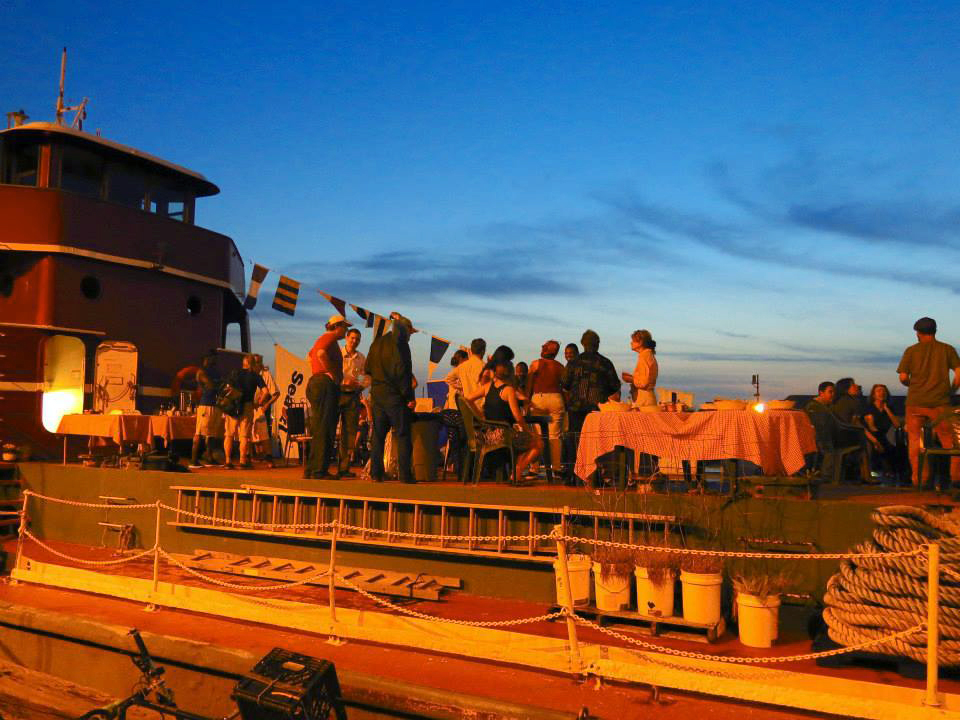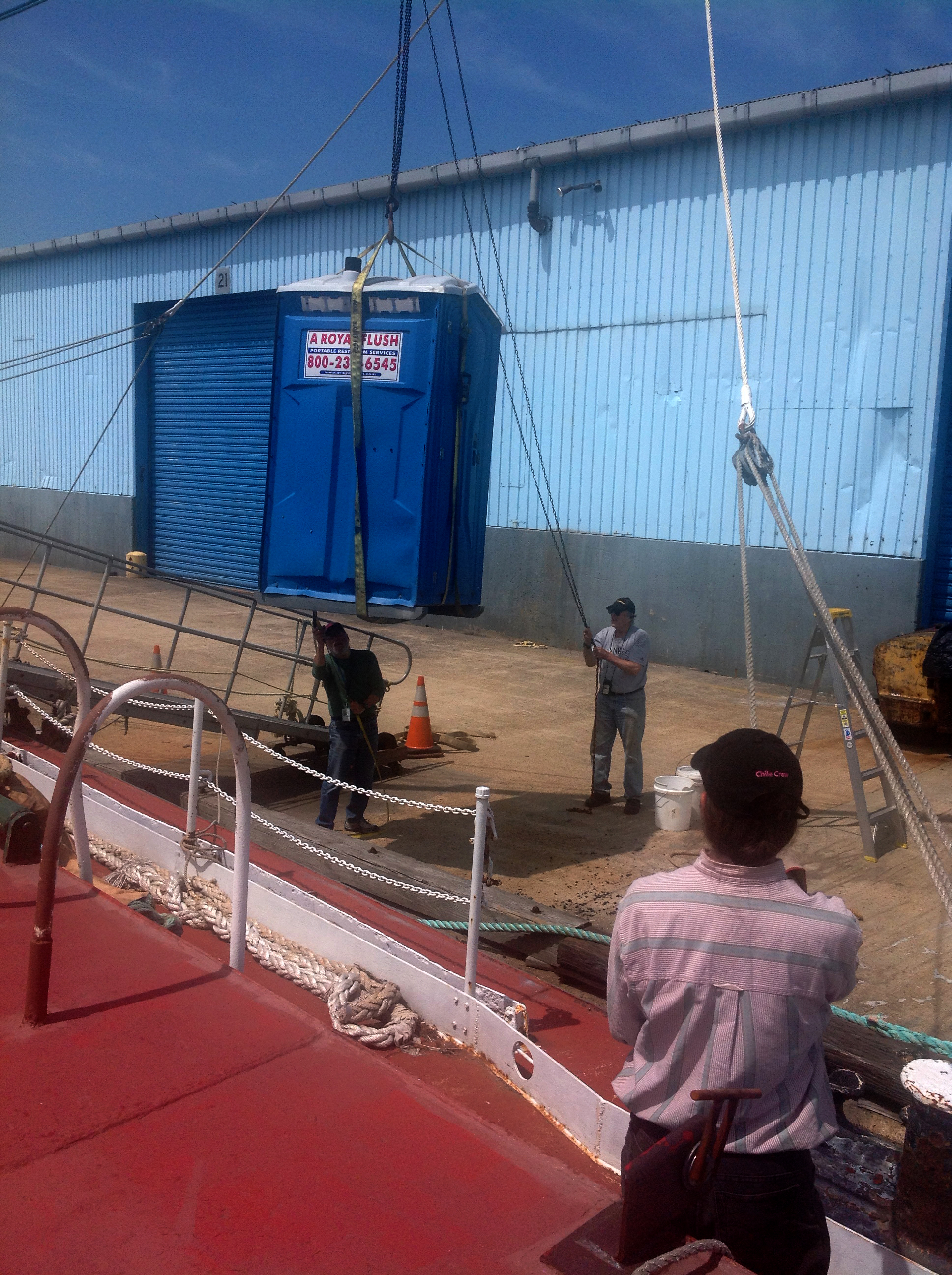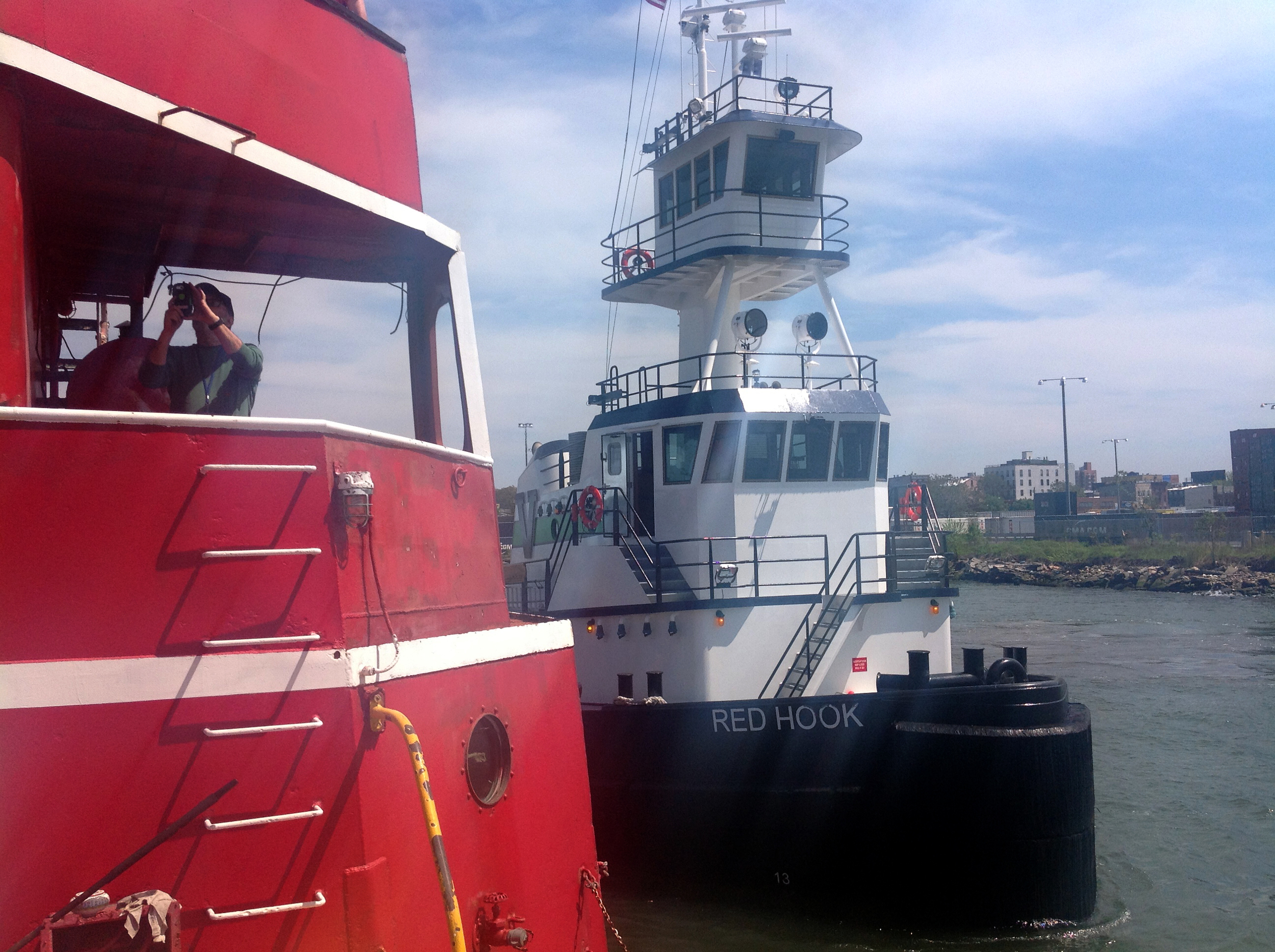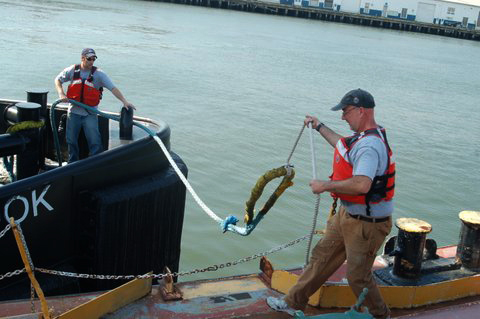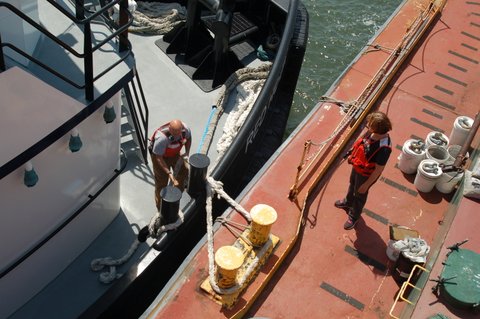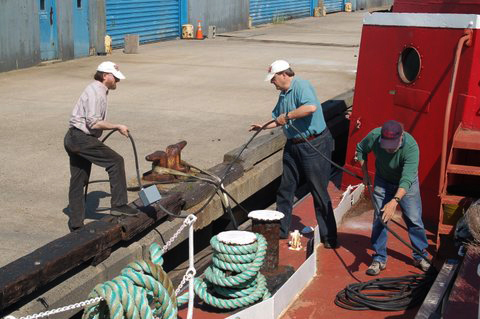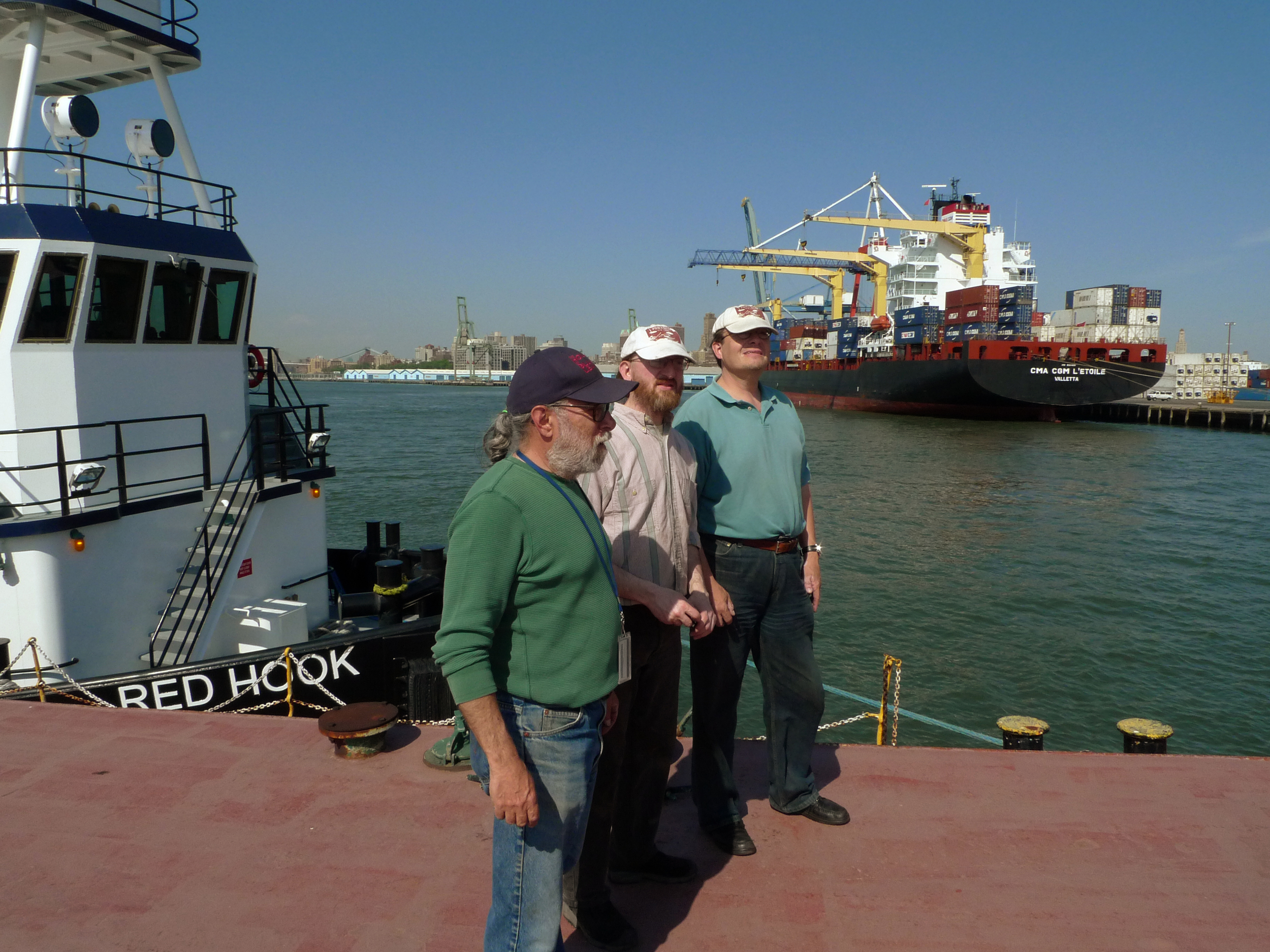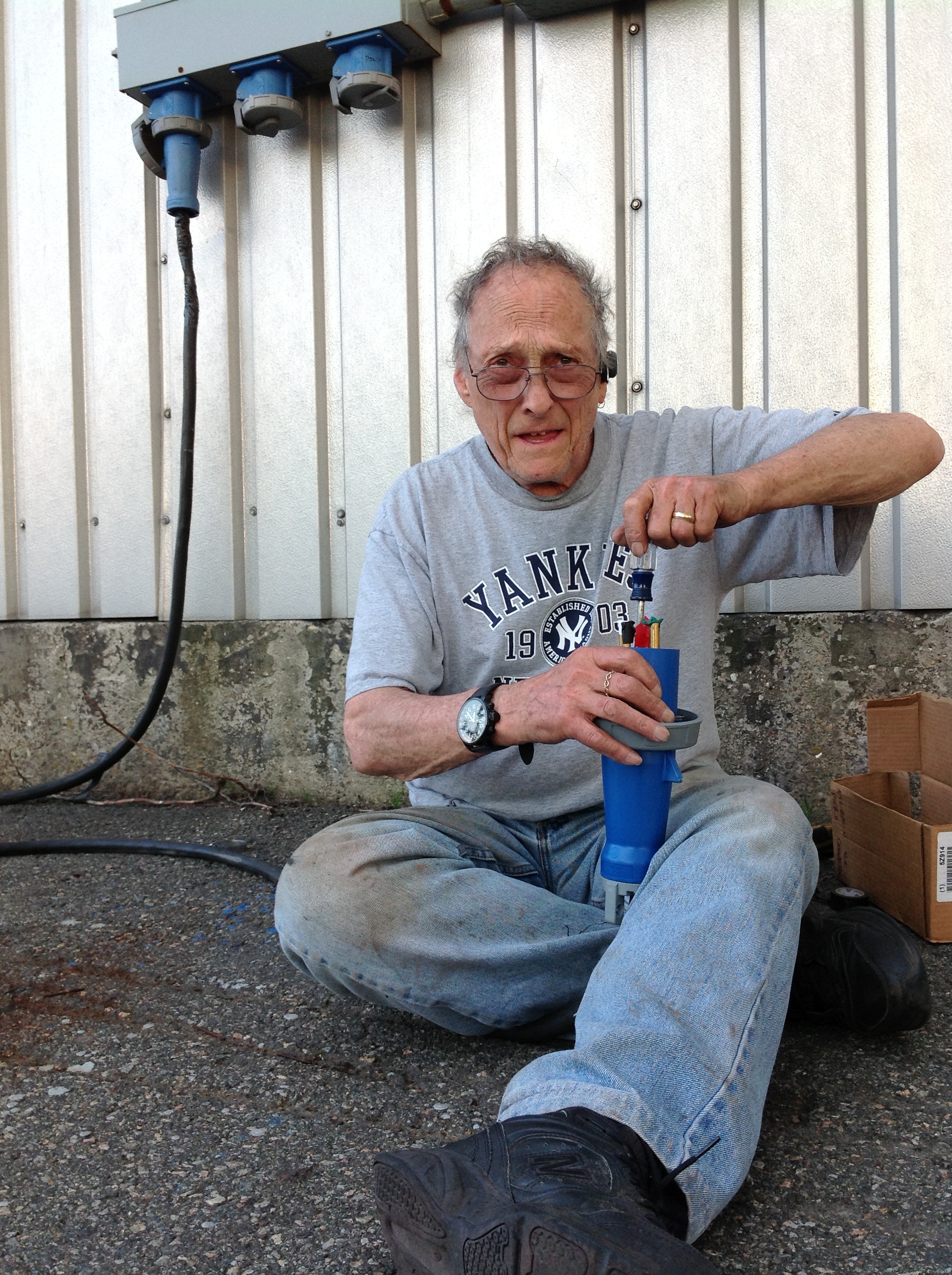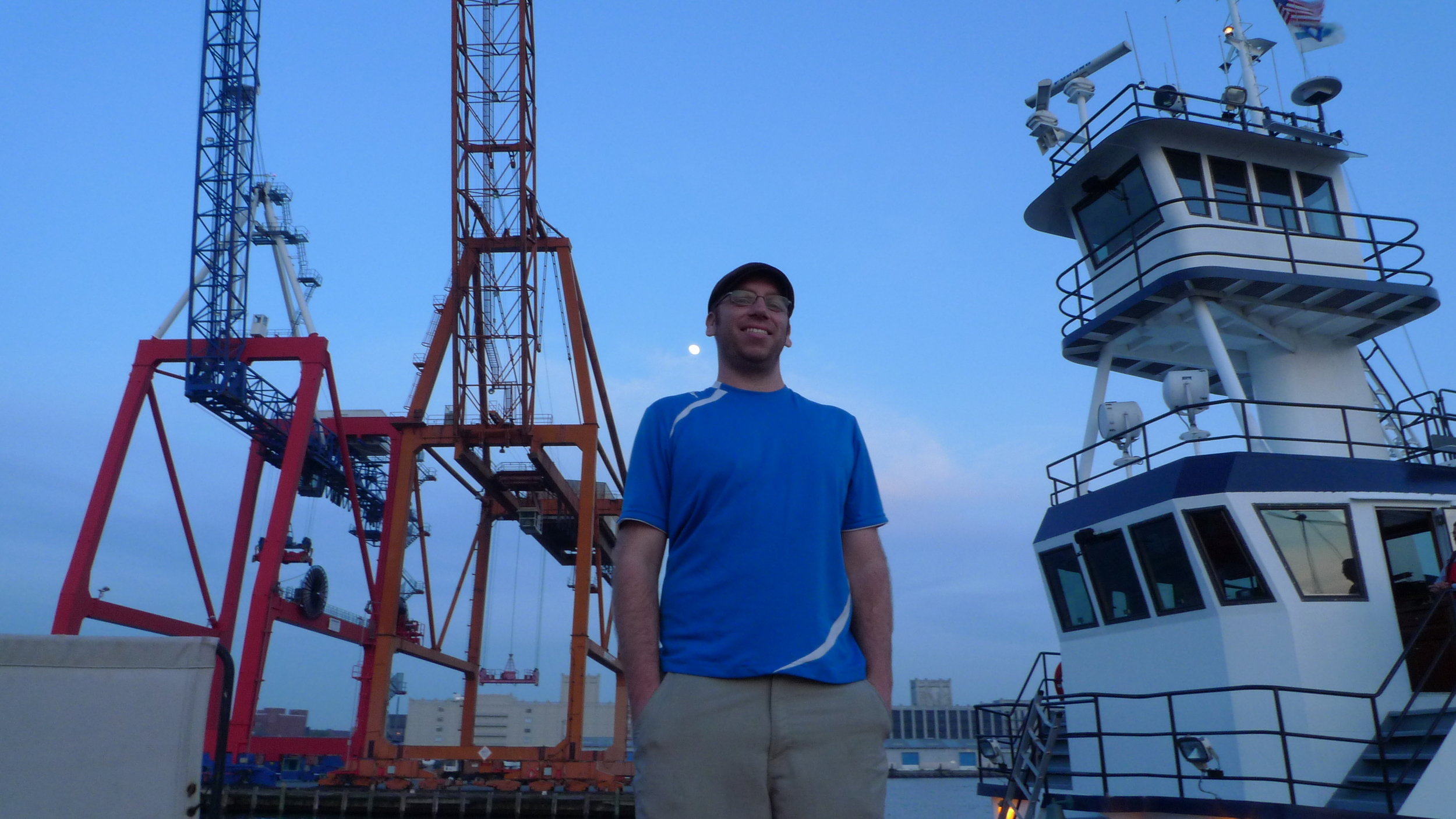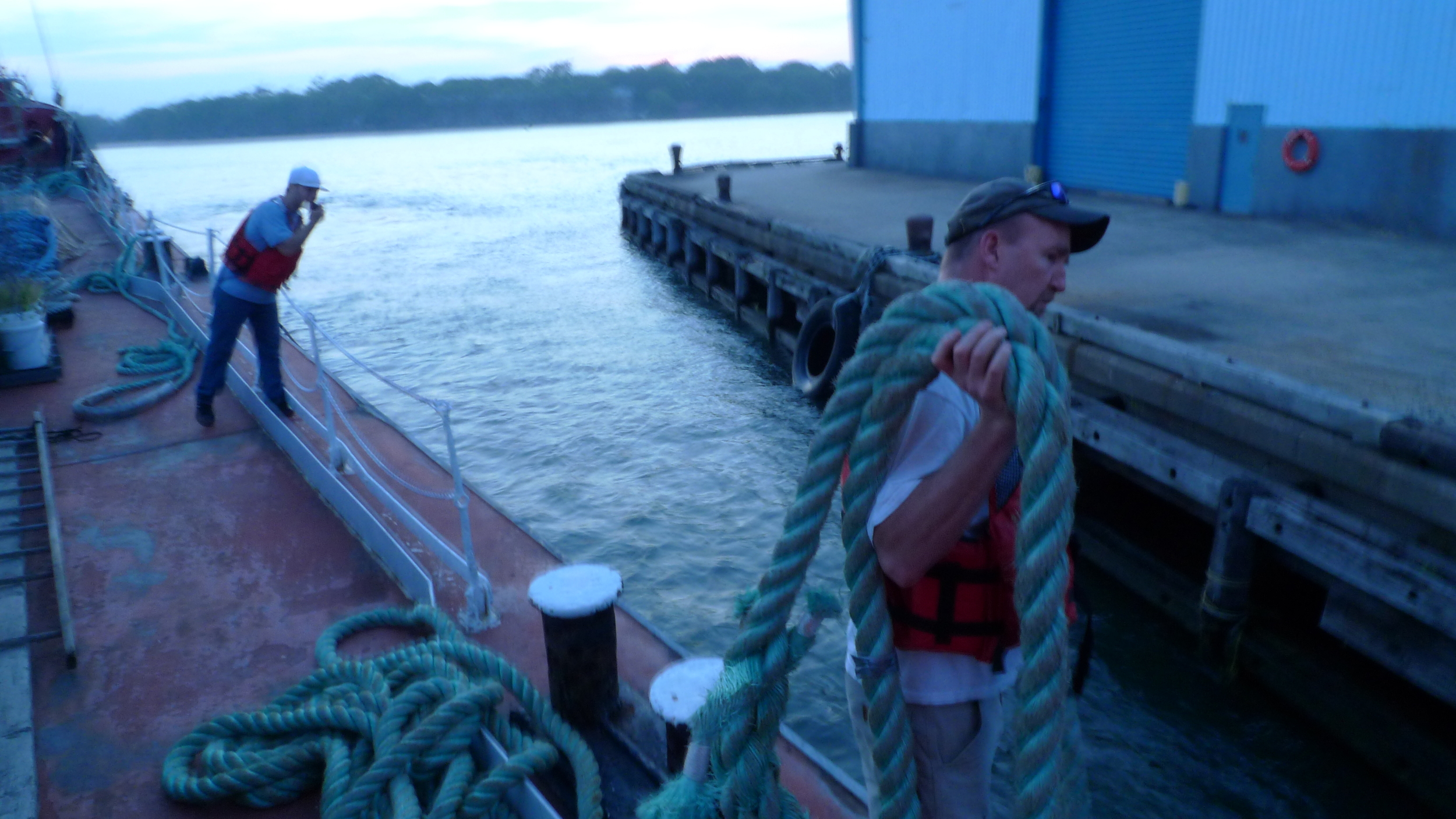We had
the maritime consultants, authors and artists Barry Parker, Rick Spilman & Frank Hanavan, along with community
members, families with kids, and Ian Danic, a board member of River Project, with
his pet giant macaws.
Frank Hanavan did some turkshead bombing of our gangway rail and strung up ship flags to great effect, assisted by architect and Museum Designer Paul Alter, who peered into the
cargo tanks and expressed an interest in being the man to redesign them for
exhibit and function space when we're ready to do that.
Also attending was the Federal Disaster
Recovery Coordination team involved with New York State's Sandy recovery. We met them thanks to
winning the White House award and are talking to them about how to bring
resiliency preparedness resources to Red Hook.
Roland Lewis lead a
contingent from the Metropolitan
Waterfront Alliance. Dan Wiley from US Congresswoman Nydia Velazquez' office and Jim Vogel from NYS Senator Velmanette Montgomery spent a long time with us, and we were glad to have our prospective landlord John Quadrozzi
of GBX-Gowanus Bay Terminal aboard with his wife Xiomara.
As if the macaws were not visual enough, maritime
photographer Jonathan Atkin provided more
eye candy by running a photo shoot with three magnificent dancers.
Access limitations at our normal berth in the Red
Hook containerport had prevented Atkin from getting dancers to the tanker for
weeks; so with just two days notice, he assembled three of them to further his Hero
Project, an inspired photo concept he created to use dancers to bring attention to the cause of historic ships.
After the party shoot, one dancer tackled his bird
phobia with one of Ian's macaws – the MARY A. WHALEN is consistently a place where
extraodinarly things happen - and the hip hop dancer Ze Motion, who dances for
Madonna and major sponsors, offered to donate a dance performance to
PortSide.
What's in a name
The tanker’s 75th, and our new website,
are the occasion to introduce the new way we will refer to the tanker.
We’ve been calling her “the
Whalen” for short since that was what our Director Carolina Salguero
first heard her called in 2001; but we have learned that all
former crew members call her “the MAR,Y” and so from here on in, so
shall we.
That's a good lead in to note just how rare and precious the
MARY A. WHALEN is as well as what PortSide has done with her.
According to Norman Brouwer, a noted maritime historian,
the MARY A. WHALEN is the only oil tanker in the world re-purposed as an
educational and cultural center. Once the Sandy-damaged tanker JOHN B
CADDELL is scrapped next month, Norman says
the MARY A. WHALEN will be the last
surviving coastal oil tanker in the USA.
What was a sizeable fleet of
coastal oil tankers, a type of vessel type which was significant to the war effort during WWII, was destroyed in the course of duty, sunk as artificial reefs, scrapped or , years ago, exported to third world countries.
Some behind the scenes photos - what's involved in moving the MARY
It's great to be a tanker! We could use our own boom to lift aboard a portasan and take it with us, sparing us the cost and hassle of having Royal Flush deliver. The tug RED HOOK approaches, makes up the tow, we haul in our shorepower cord, we pass the container ship pier of the Red Hook Marine Terminal, MV Cape Race as we enter Atlantic Basin, John Weaver attaches the shorepower cord adapter for Atlantic Basin, coming back home at dusk with Red Hook Volunteer Mike Elders on deck, crew of tug SASSAFRAS docking the MARY.


